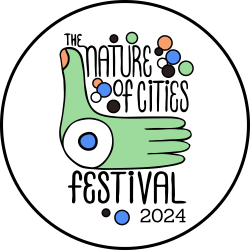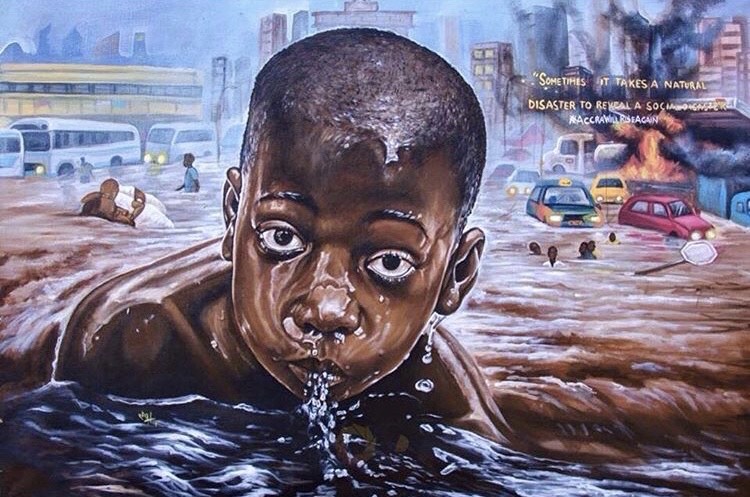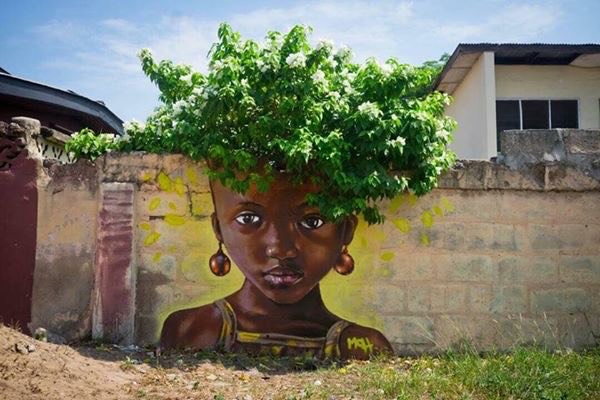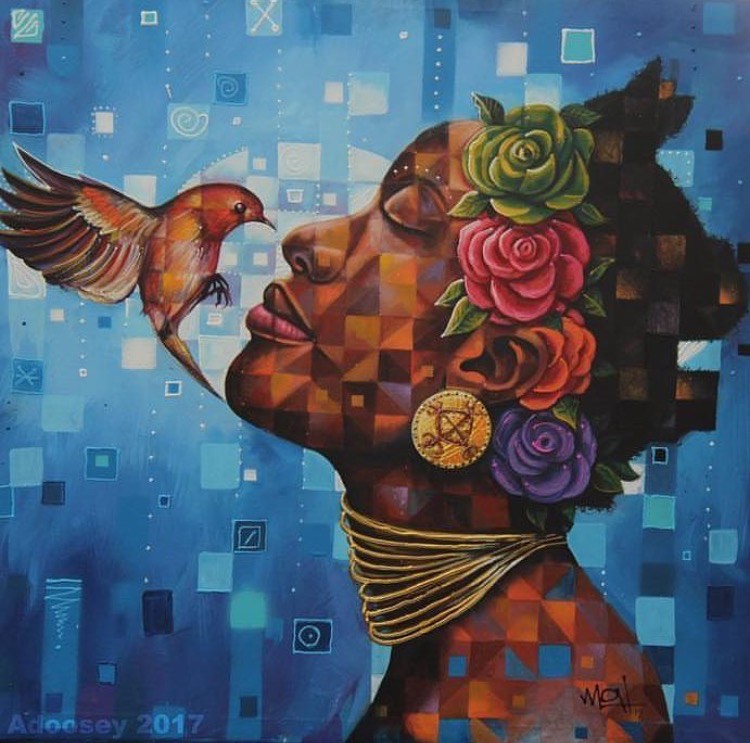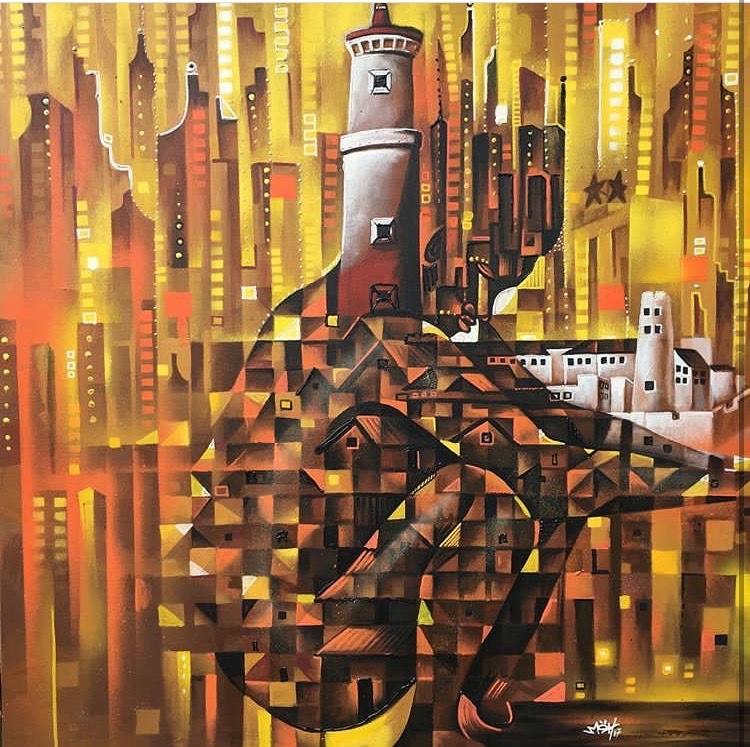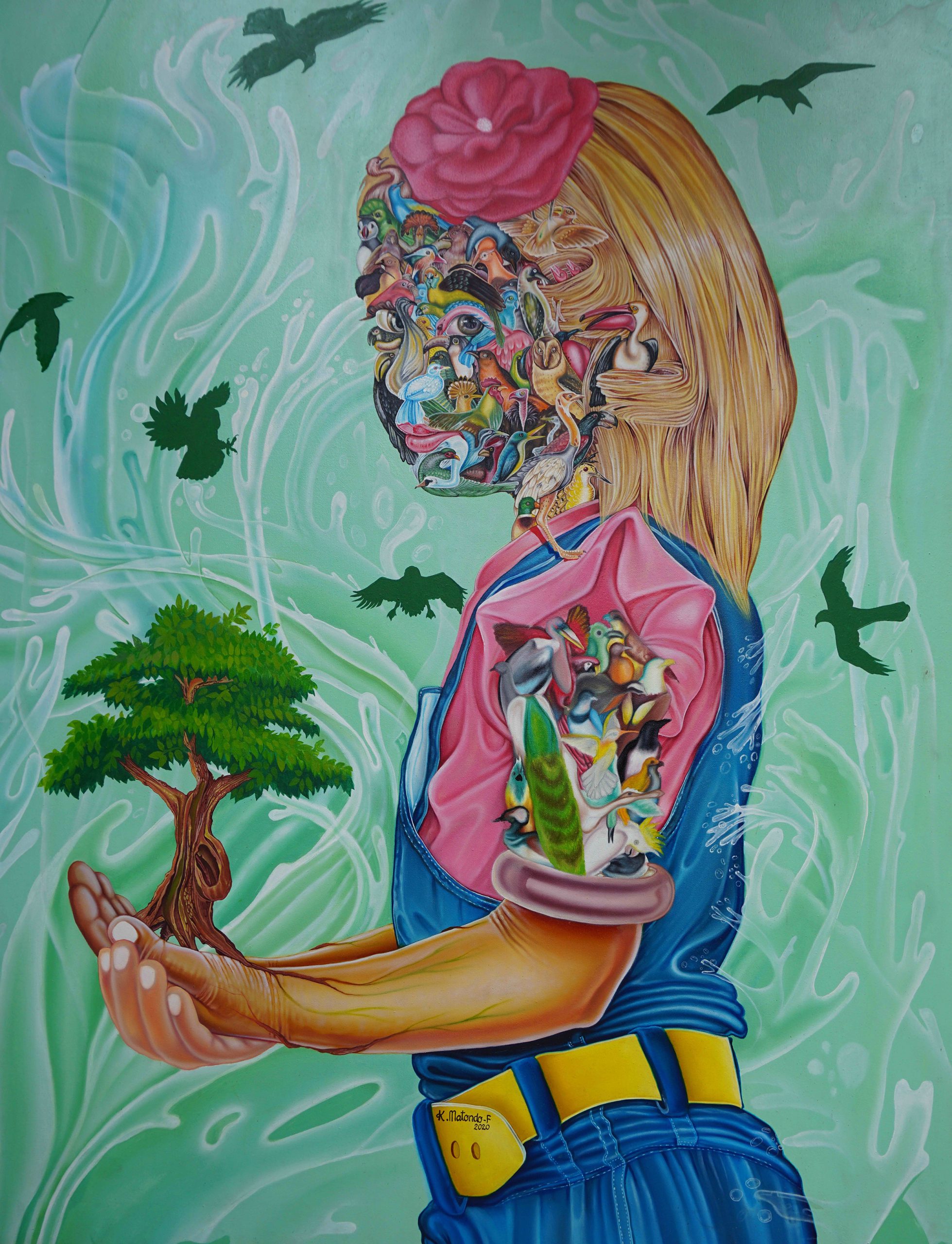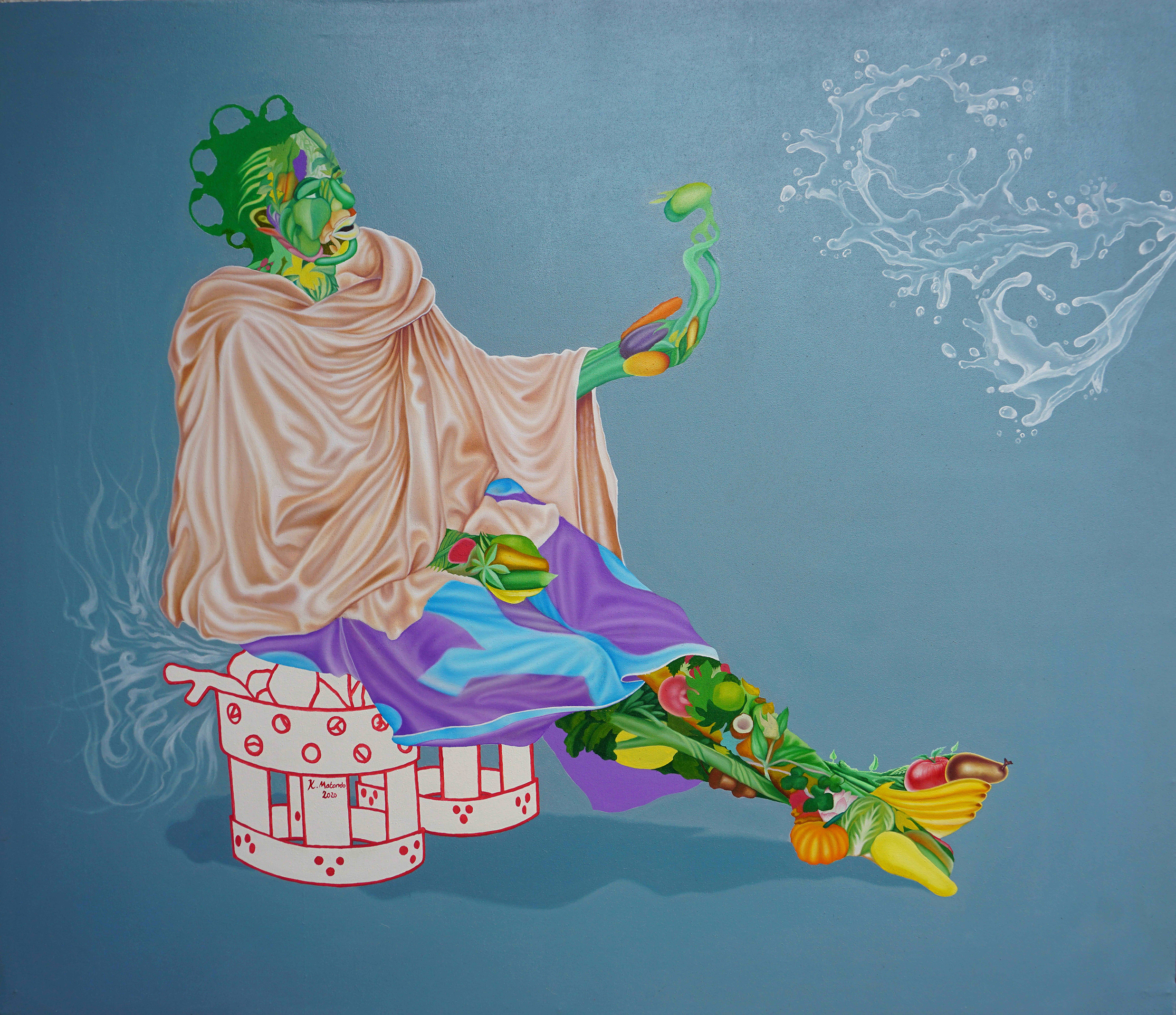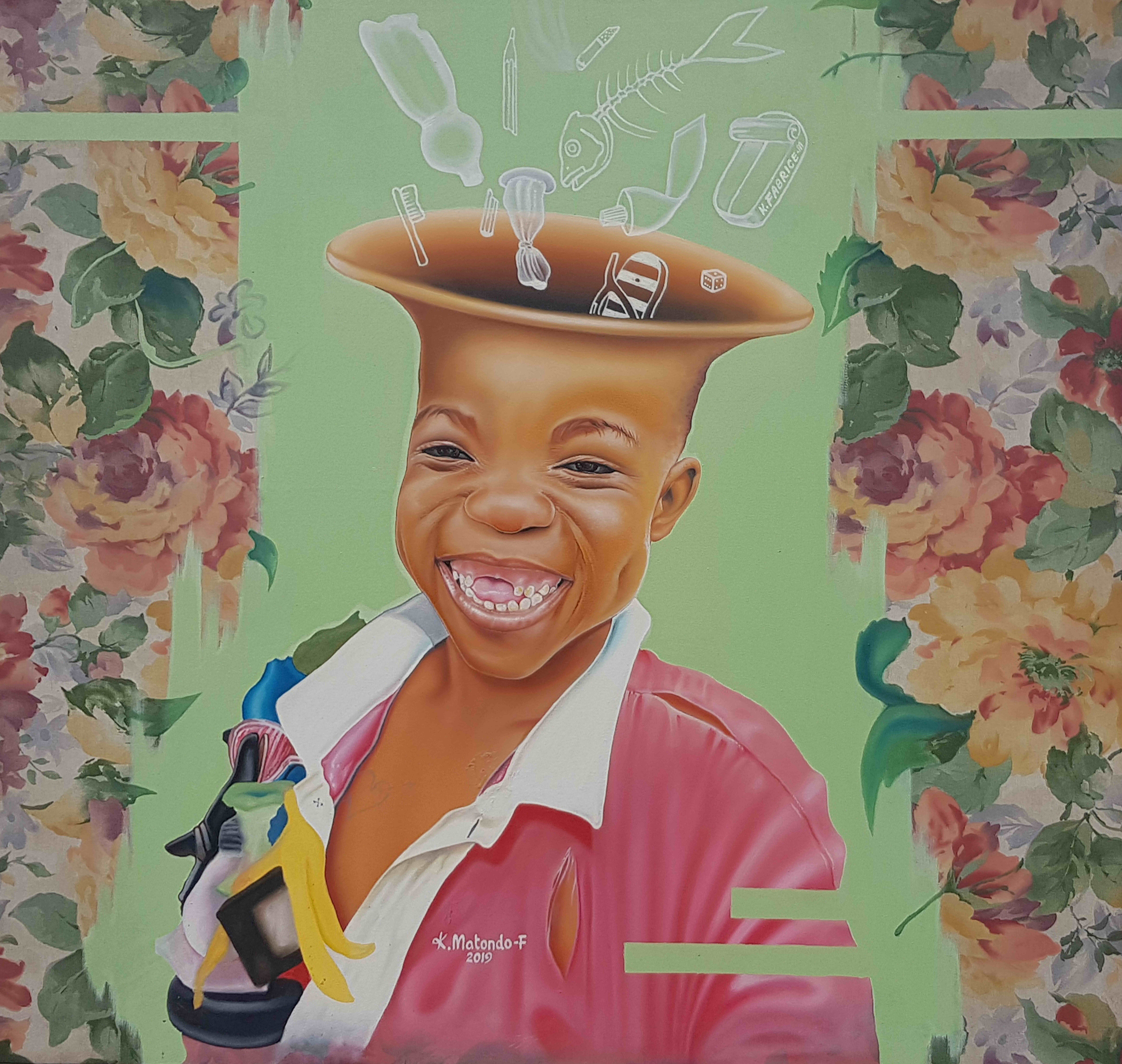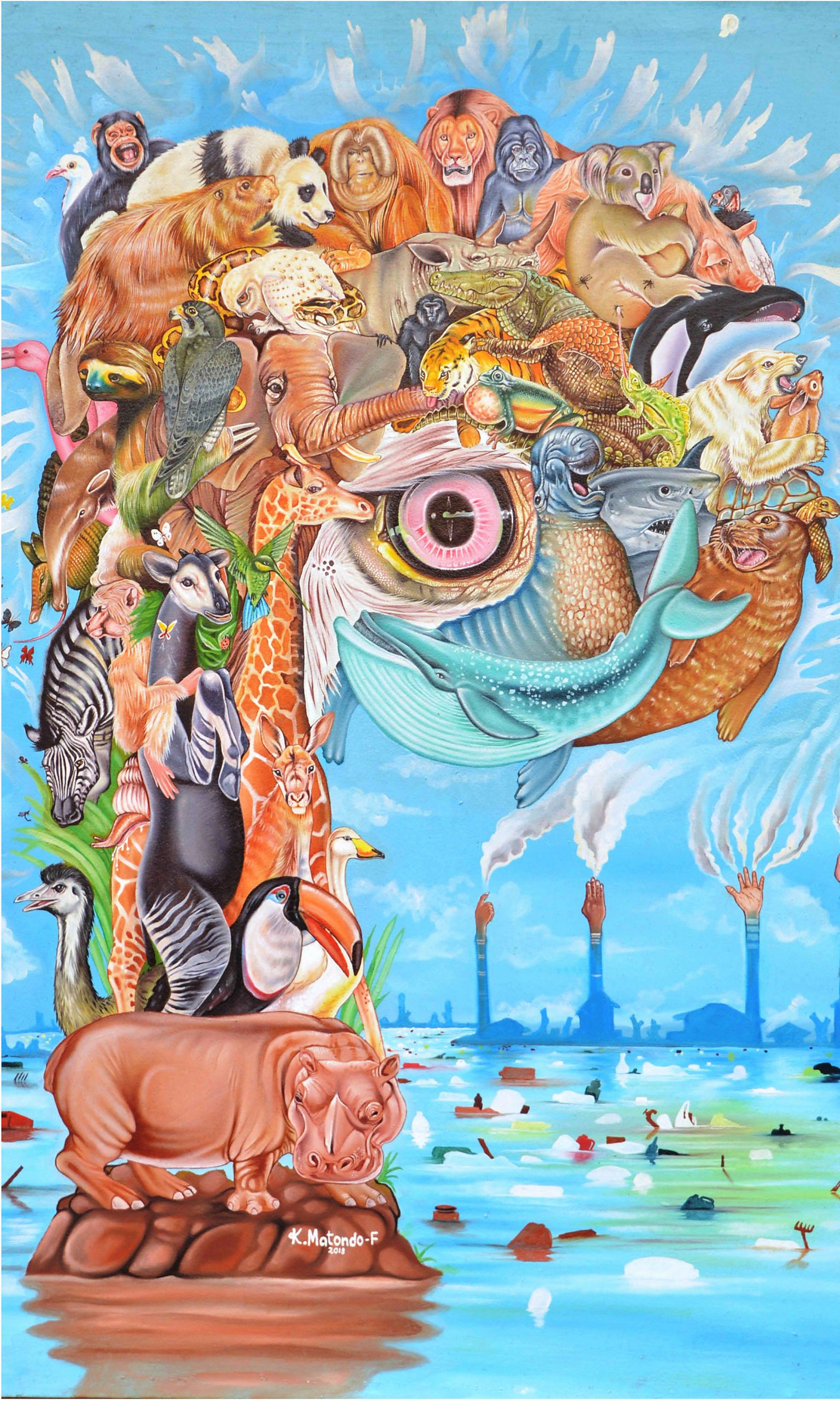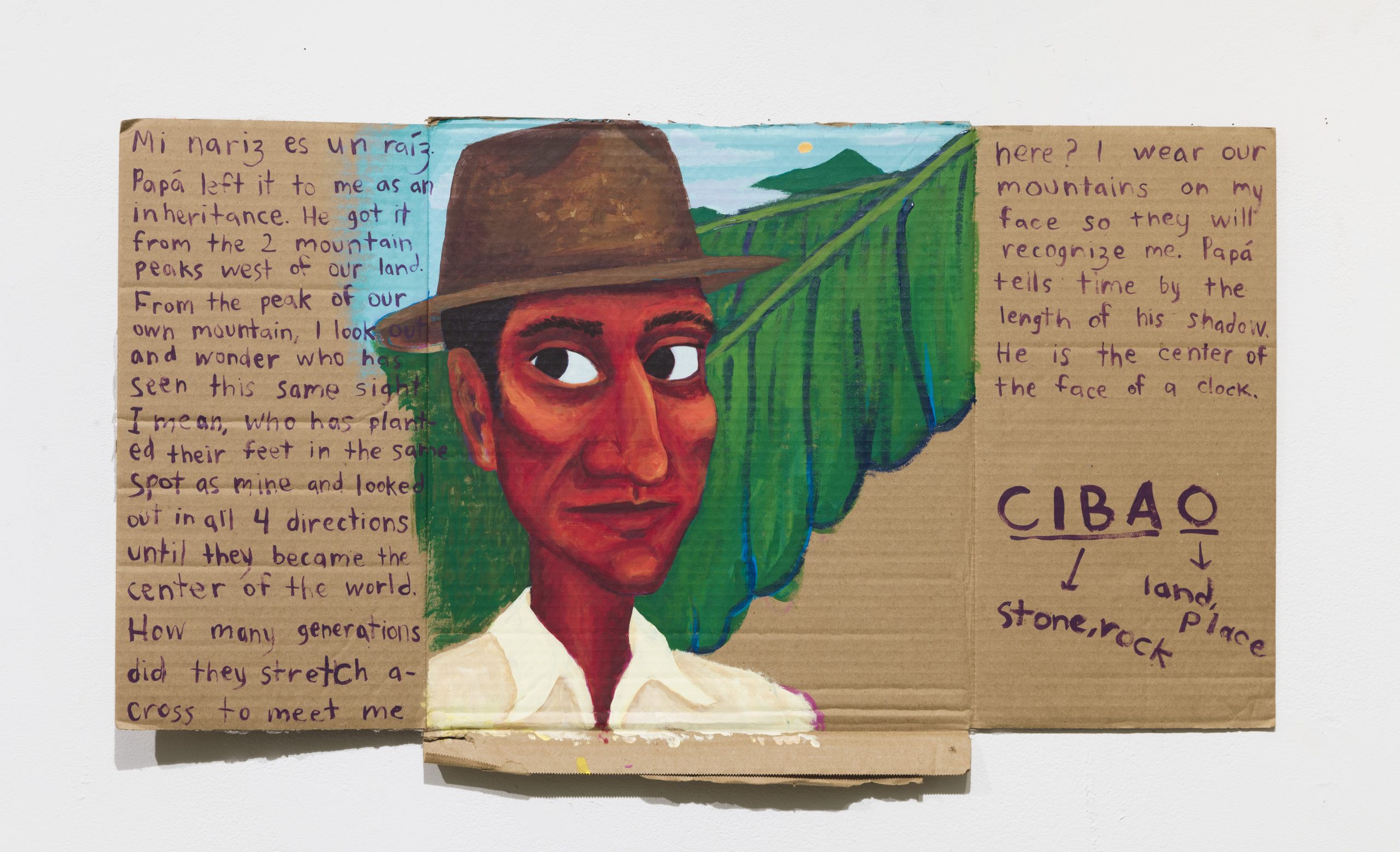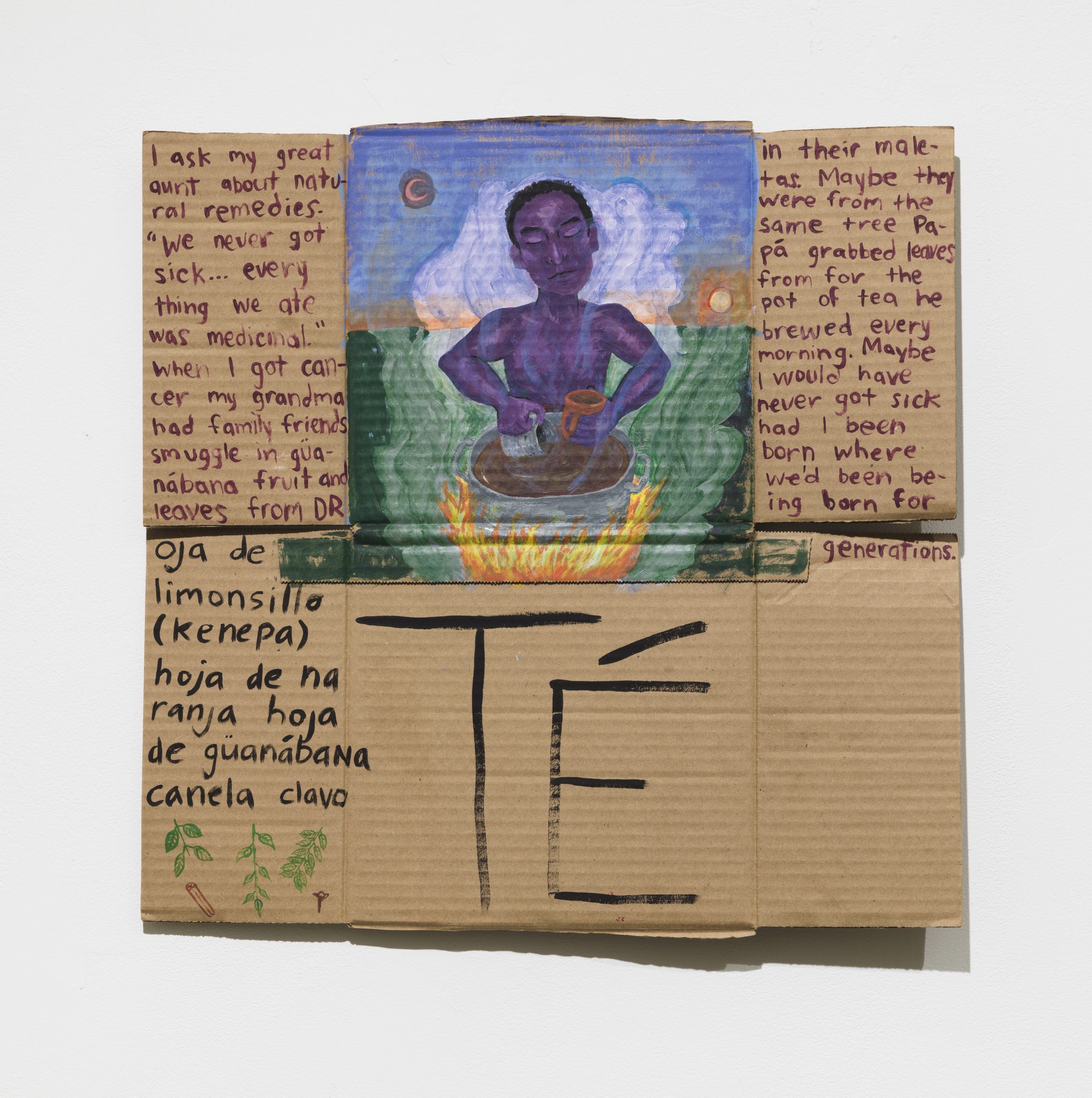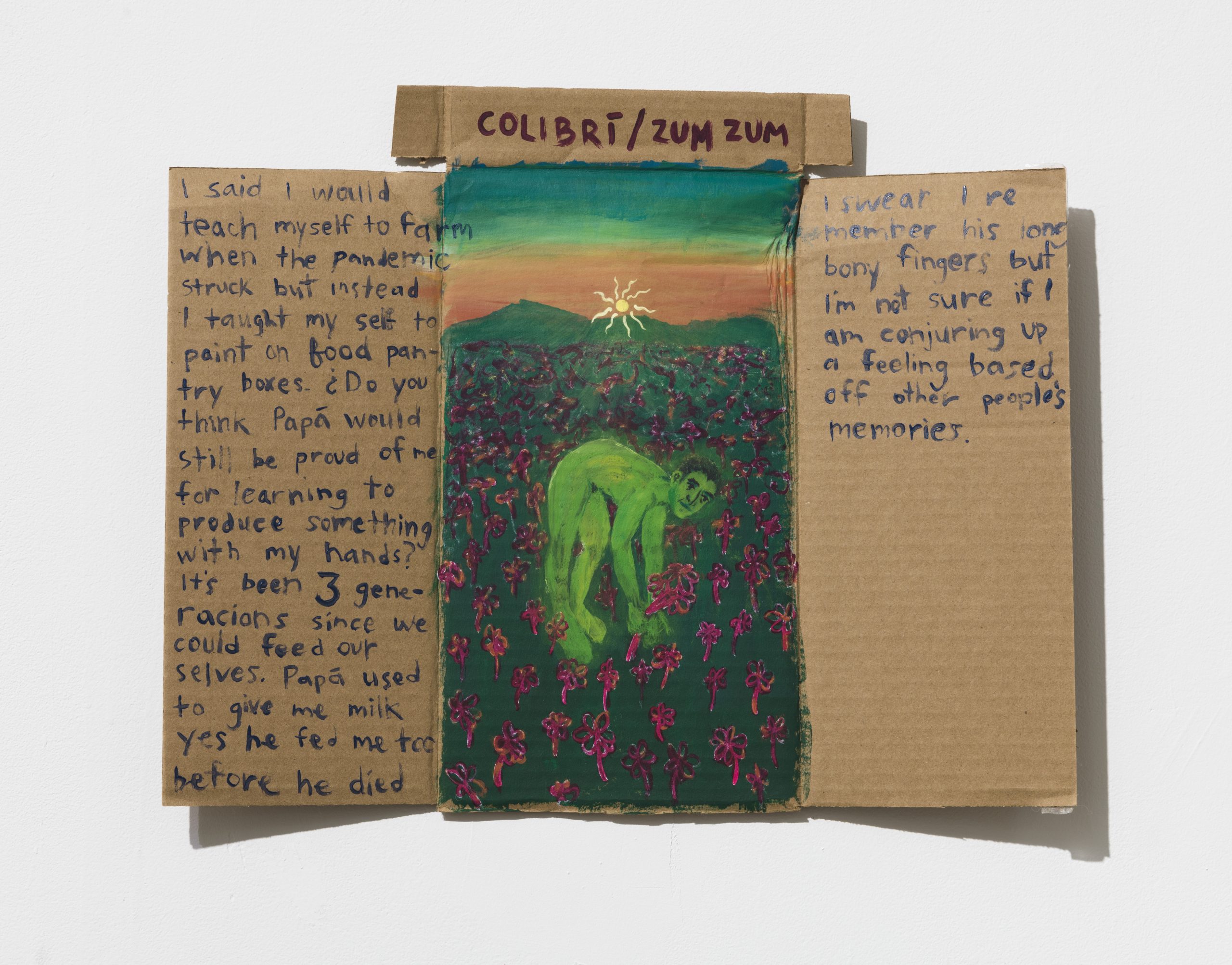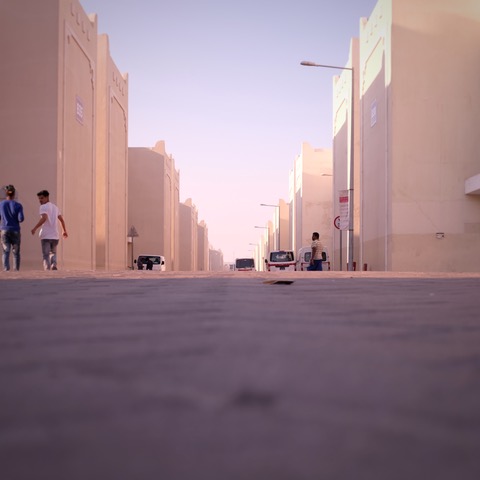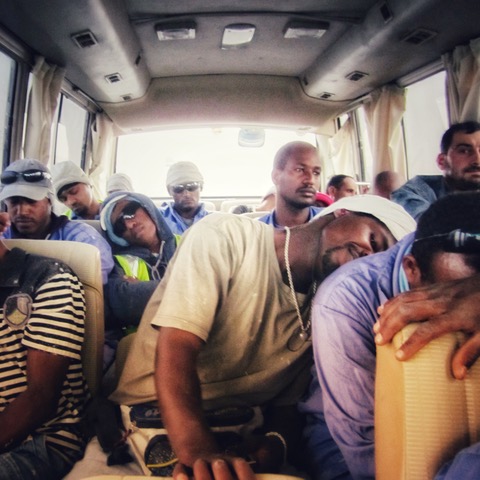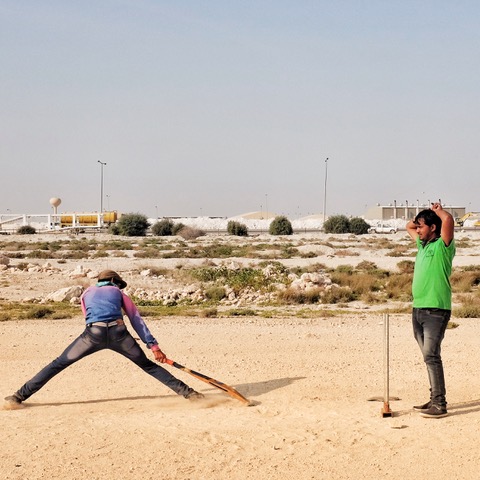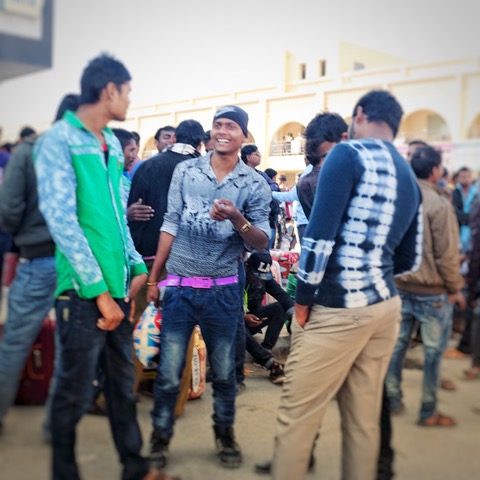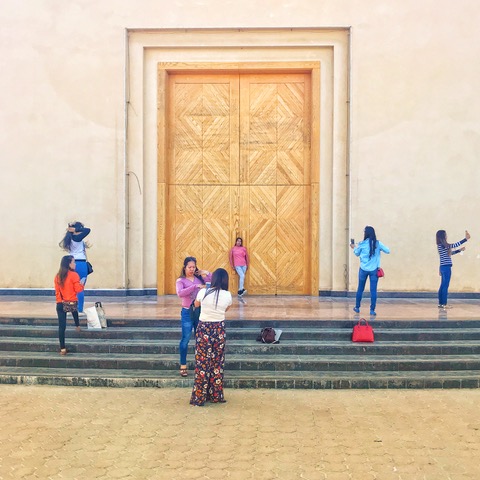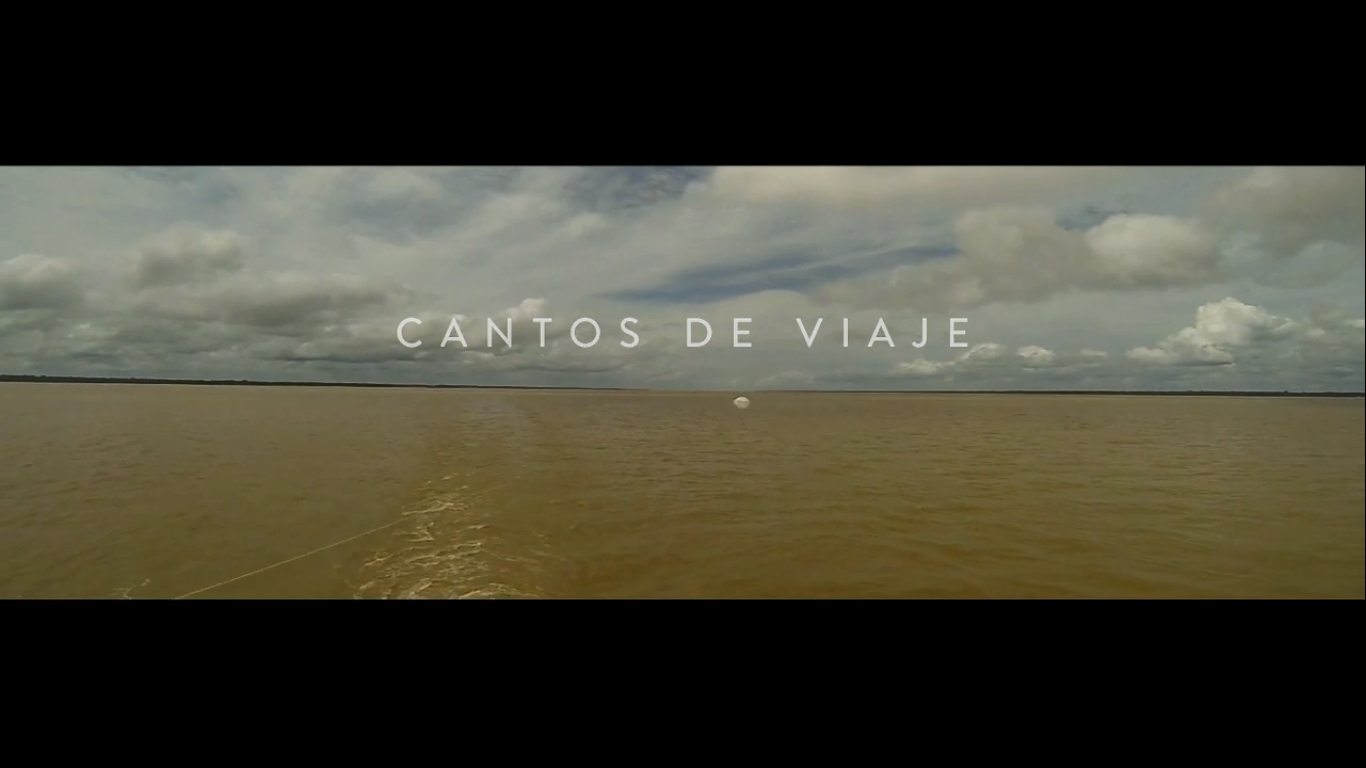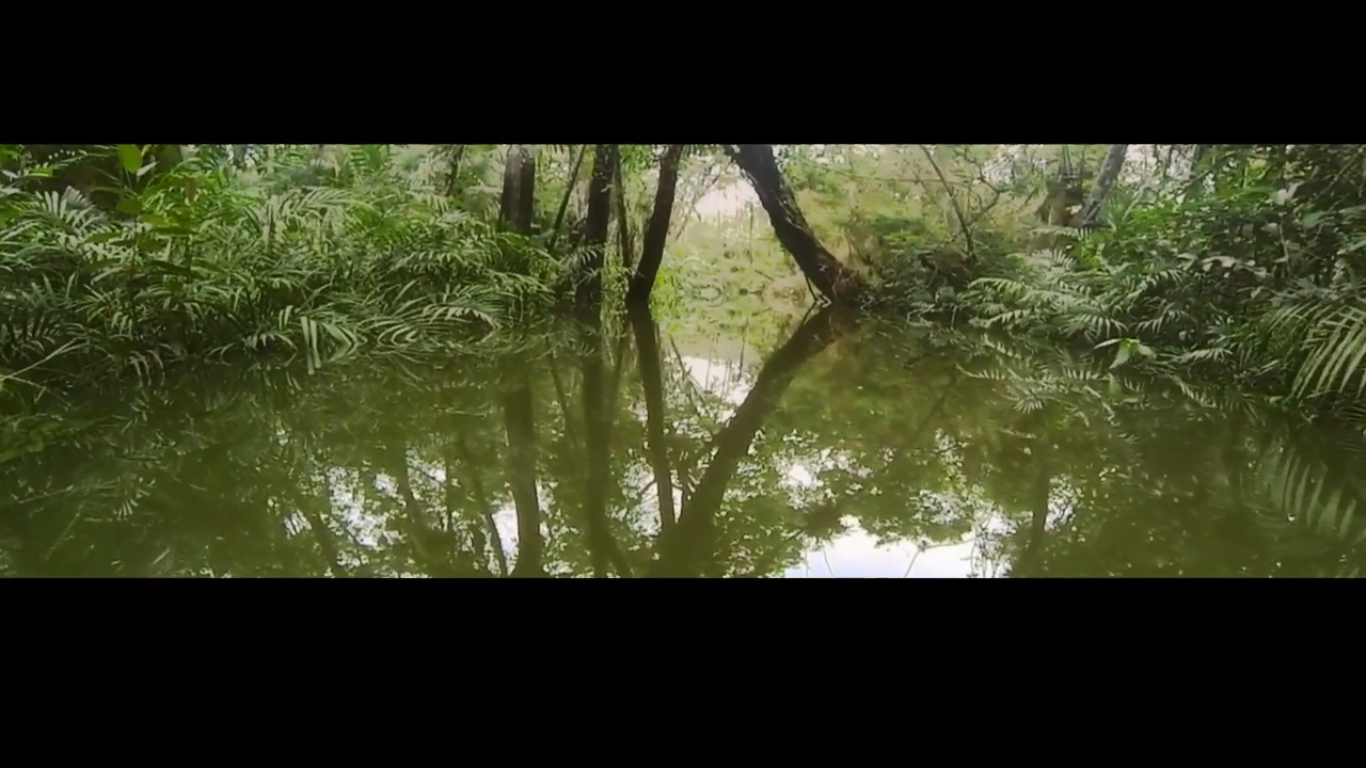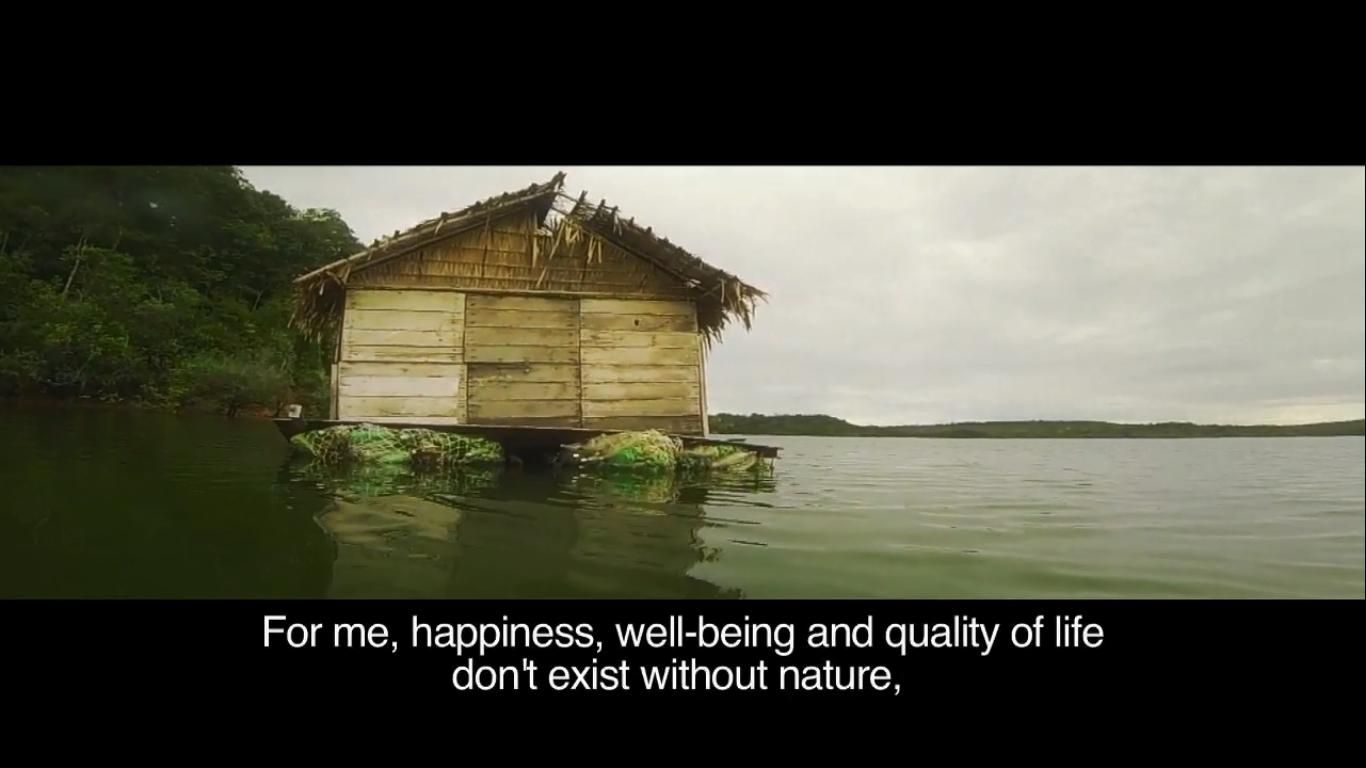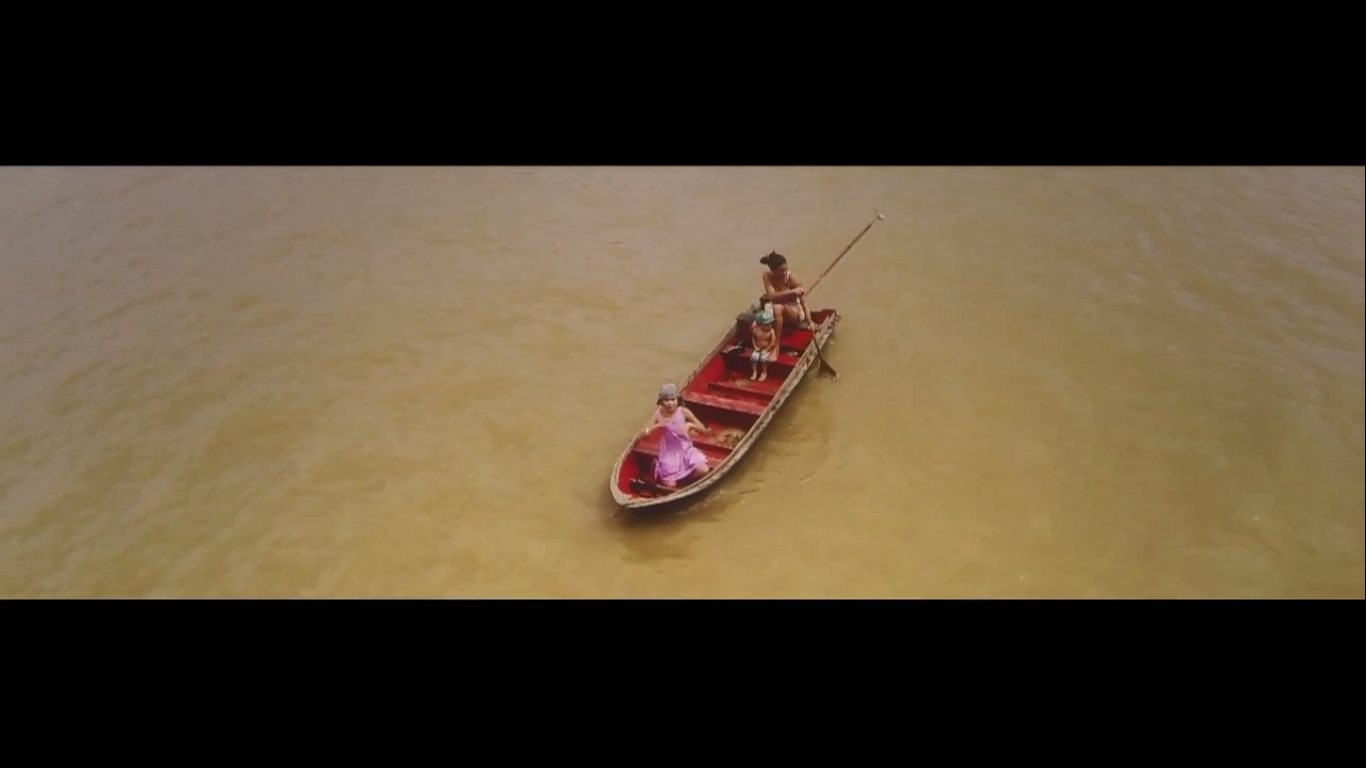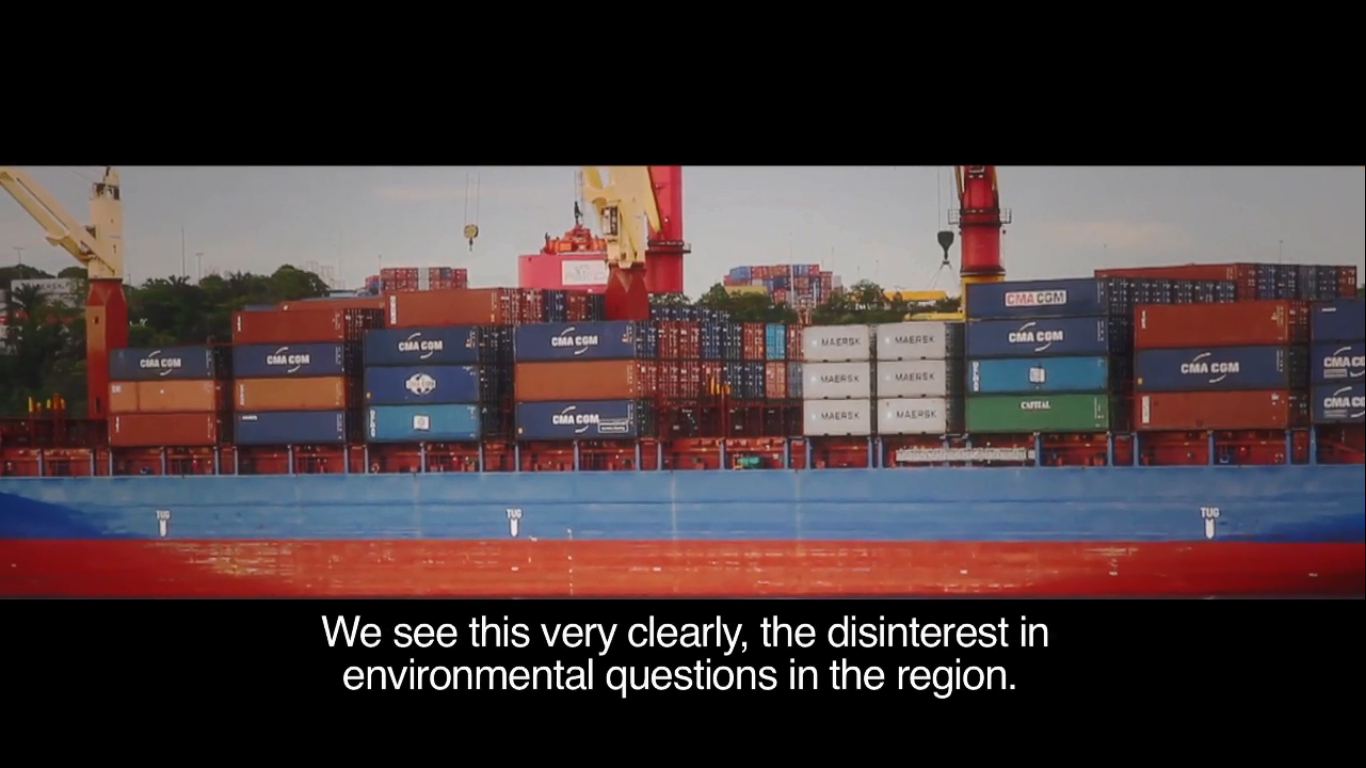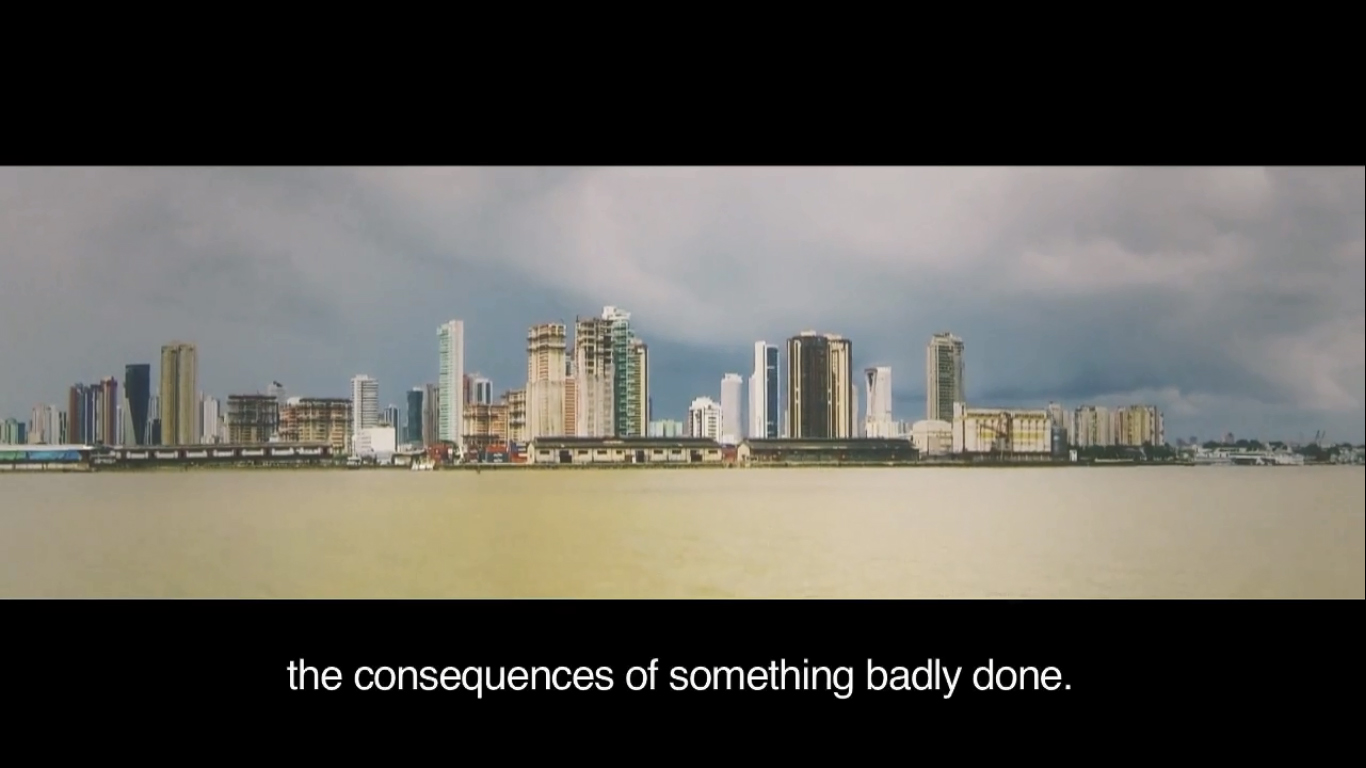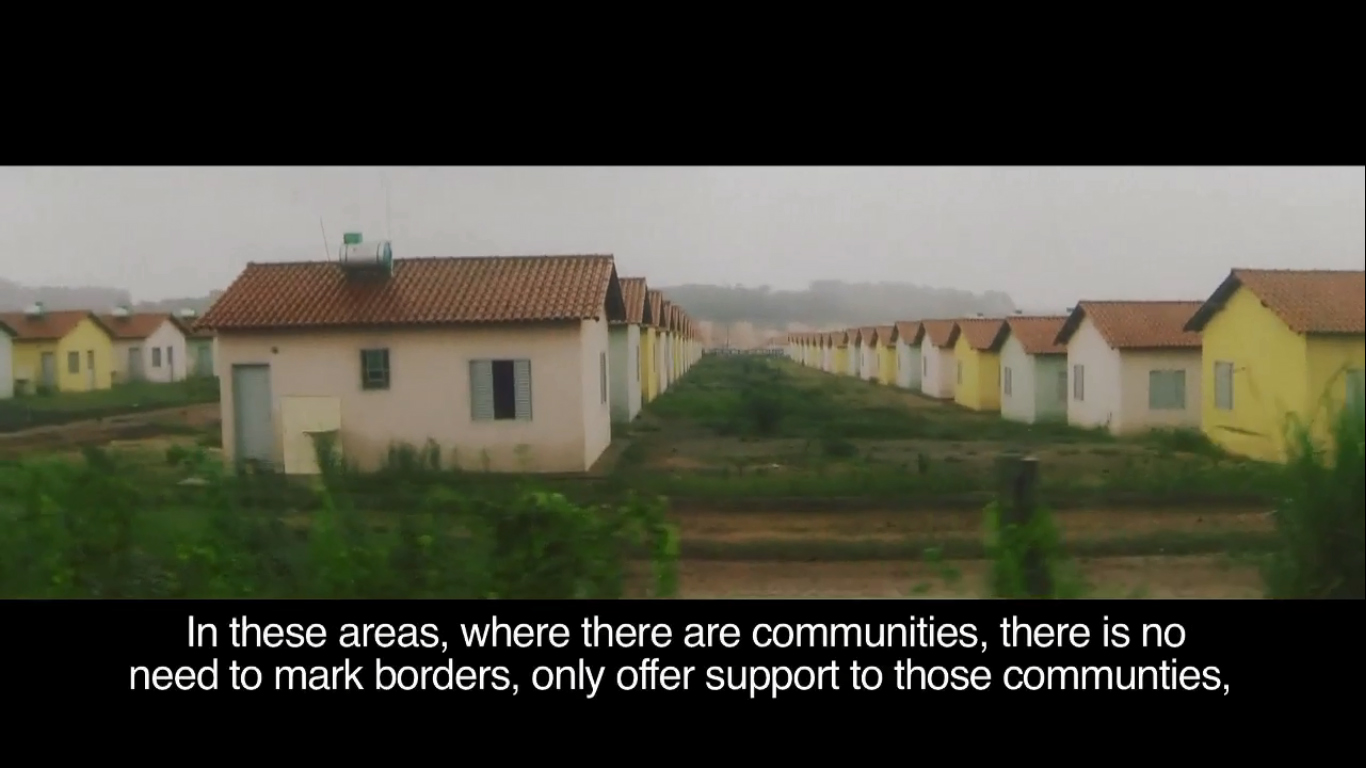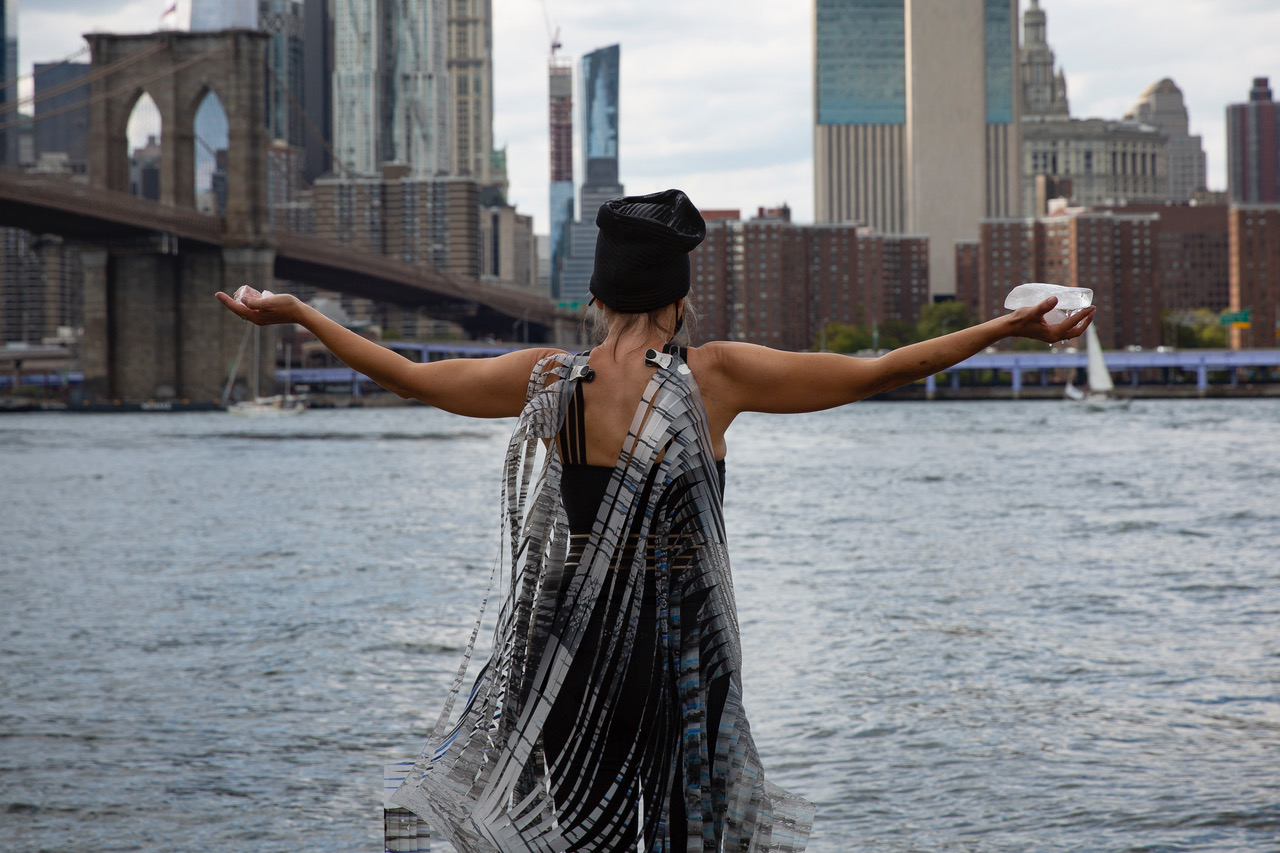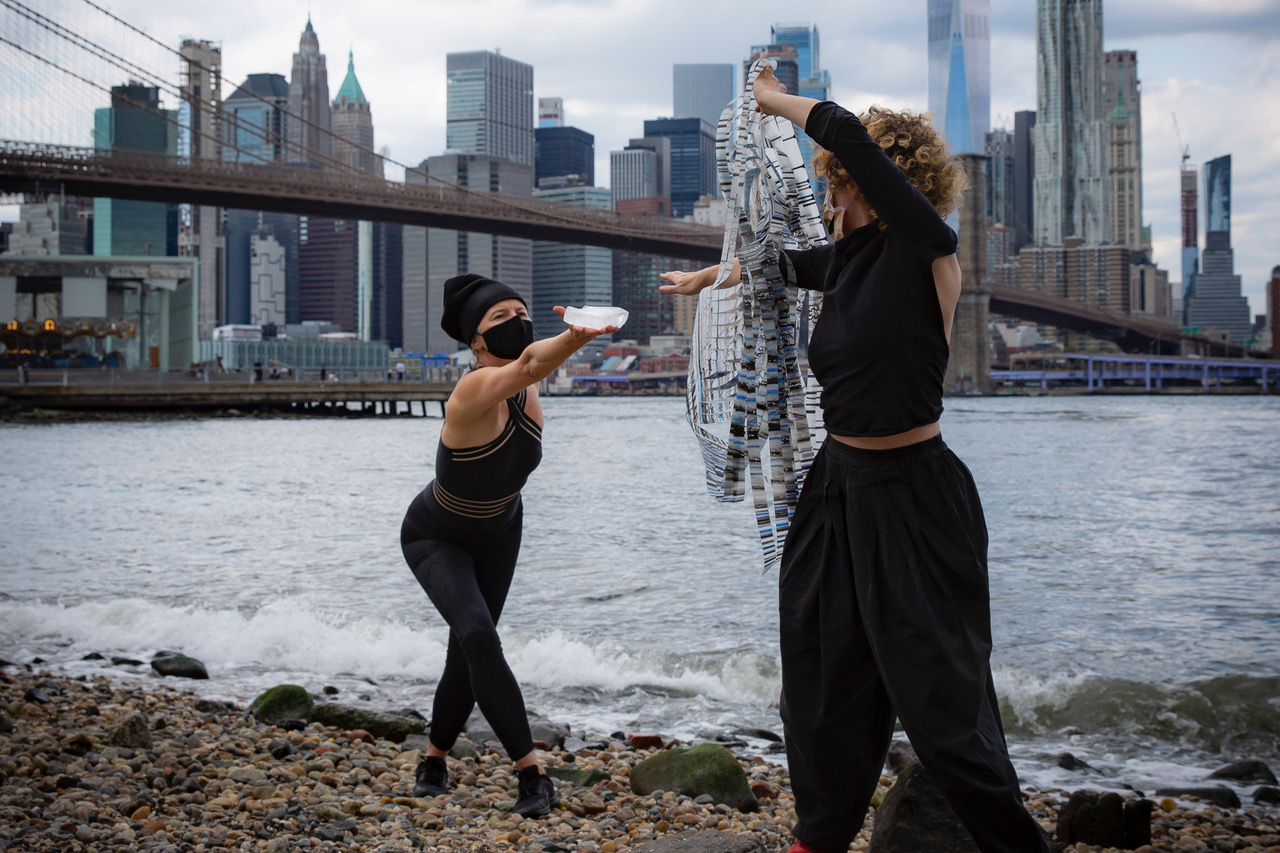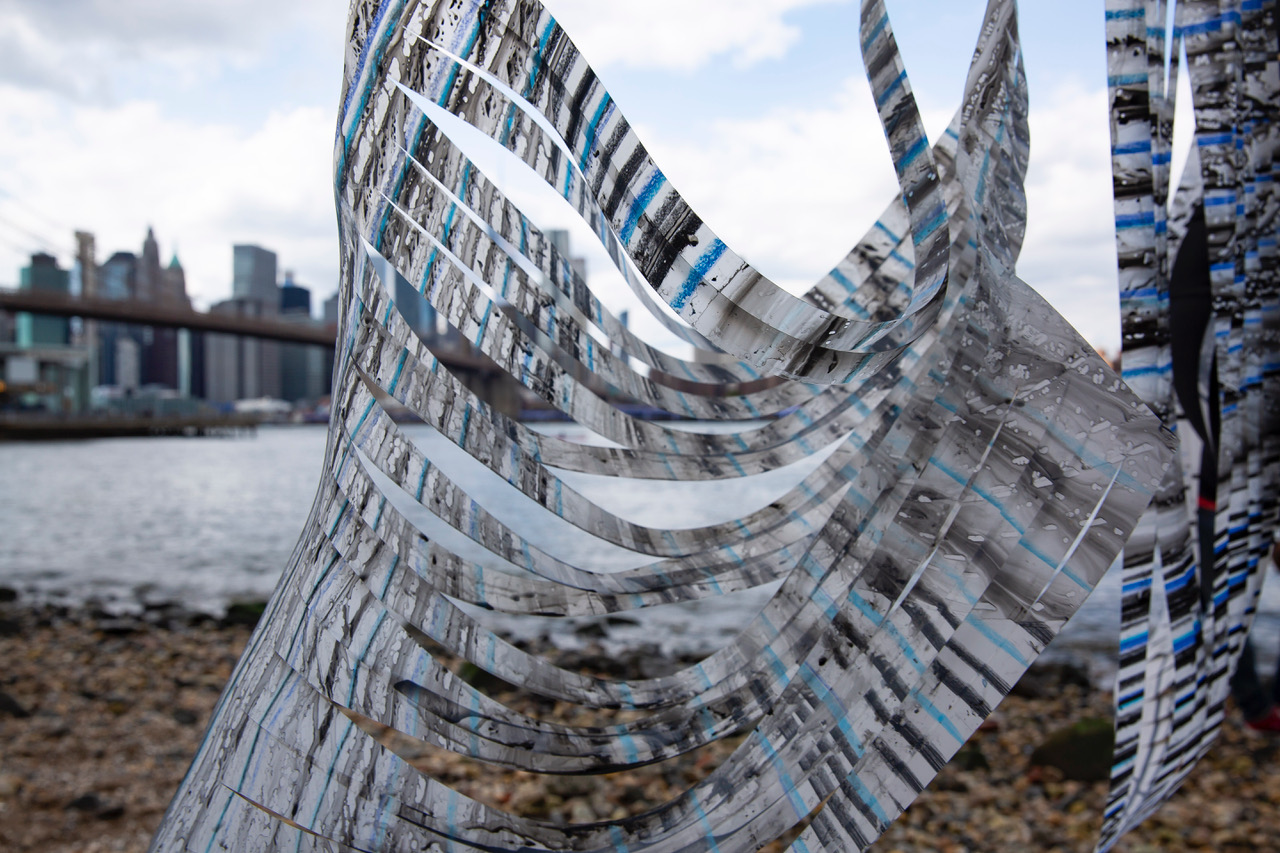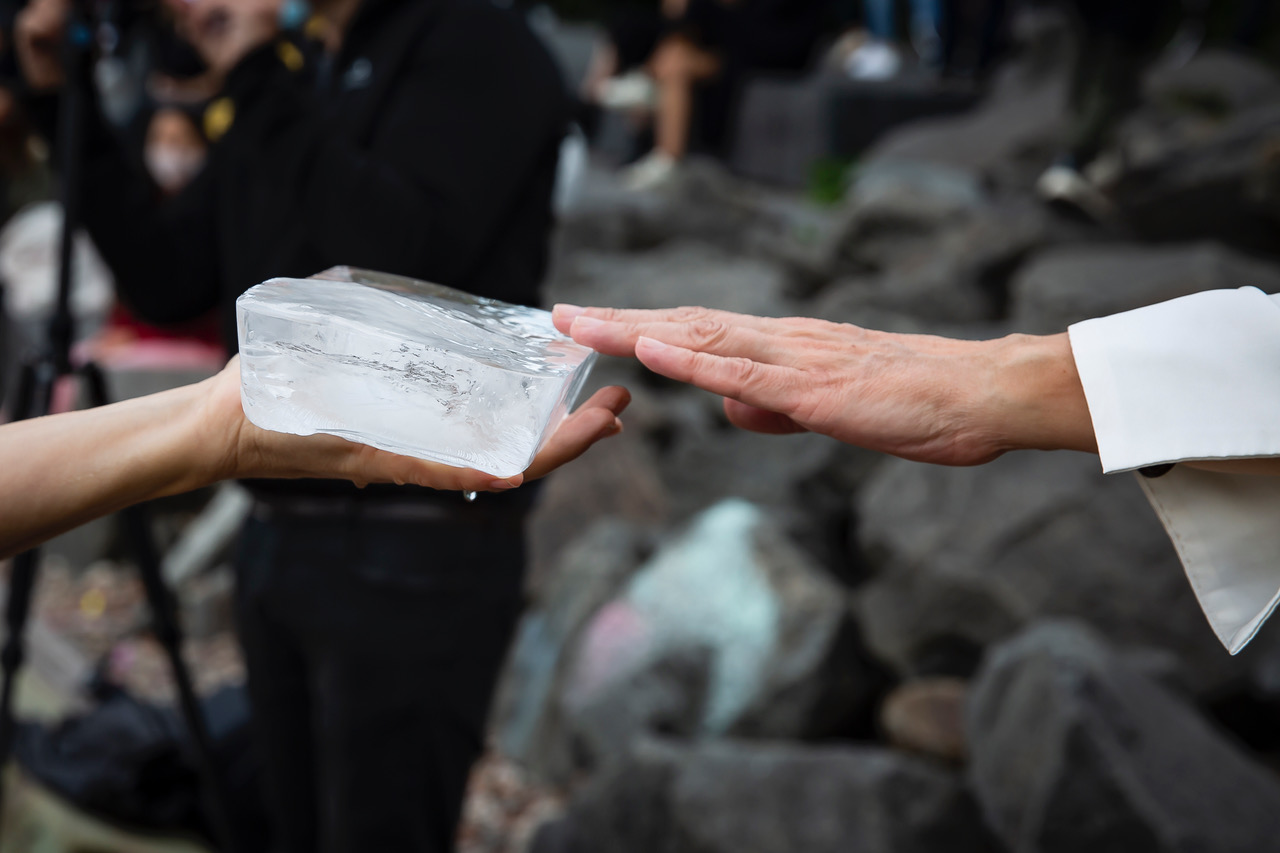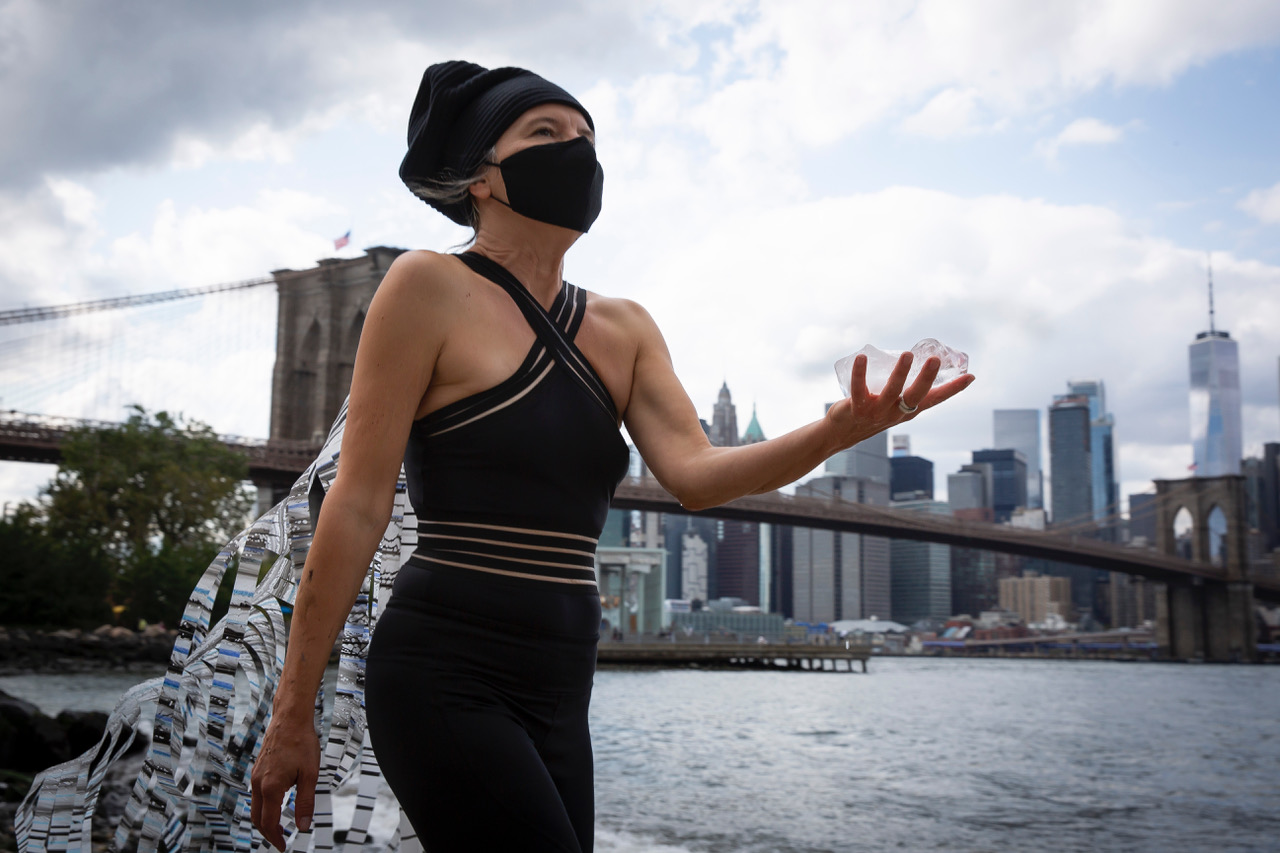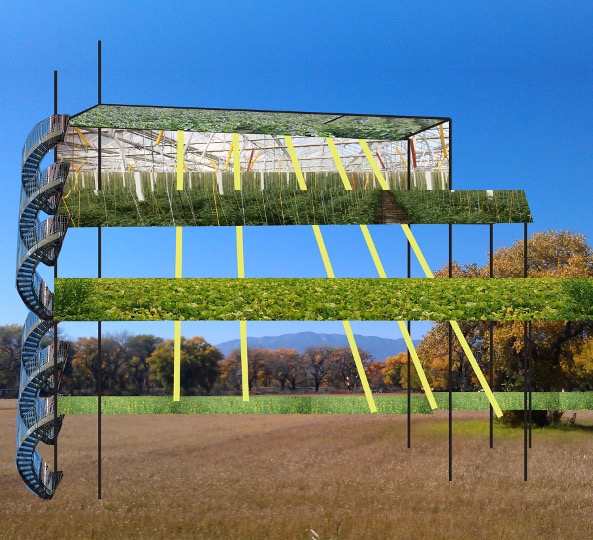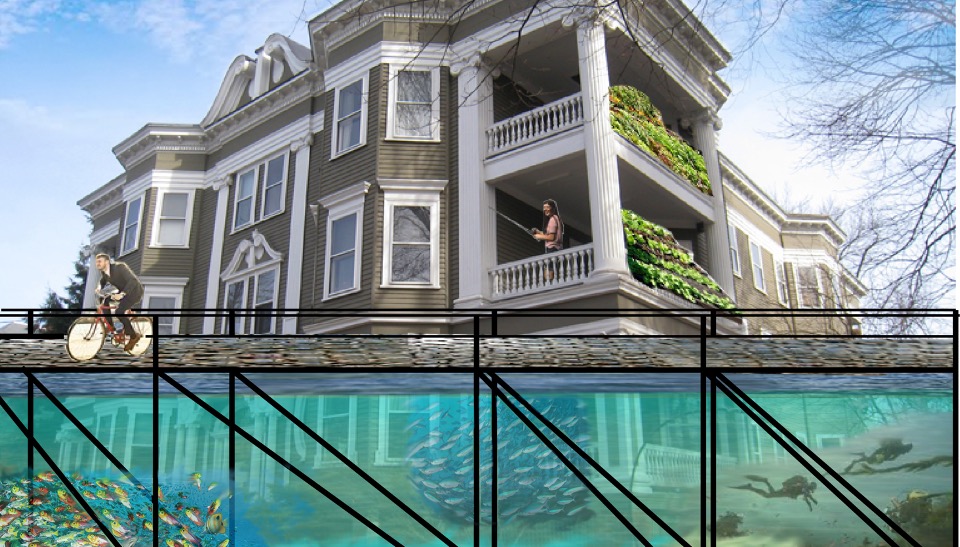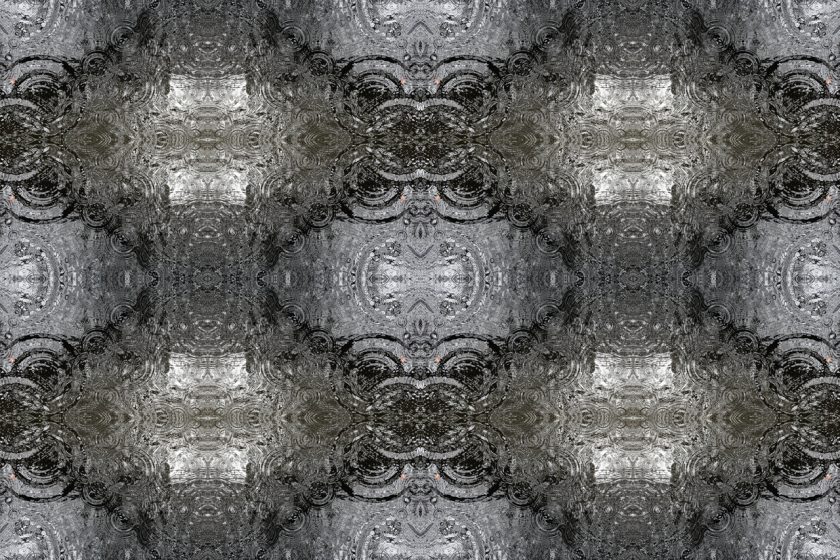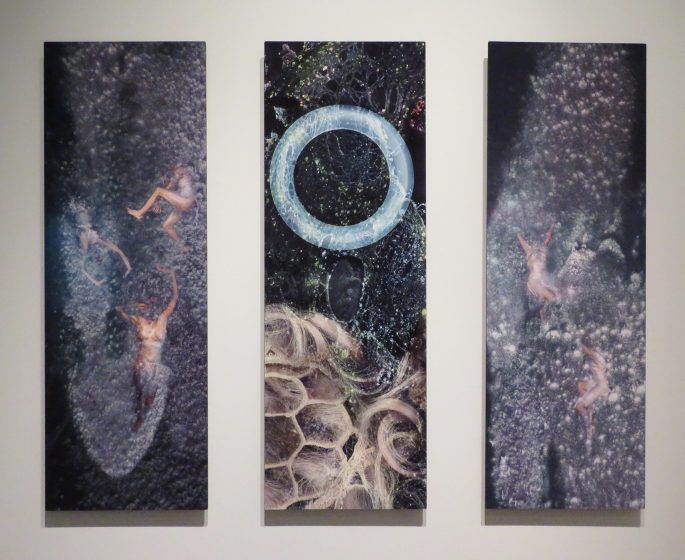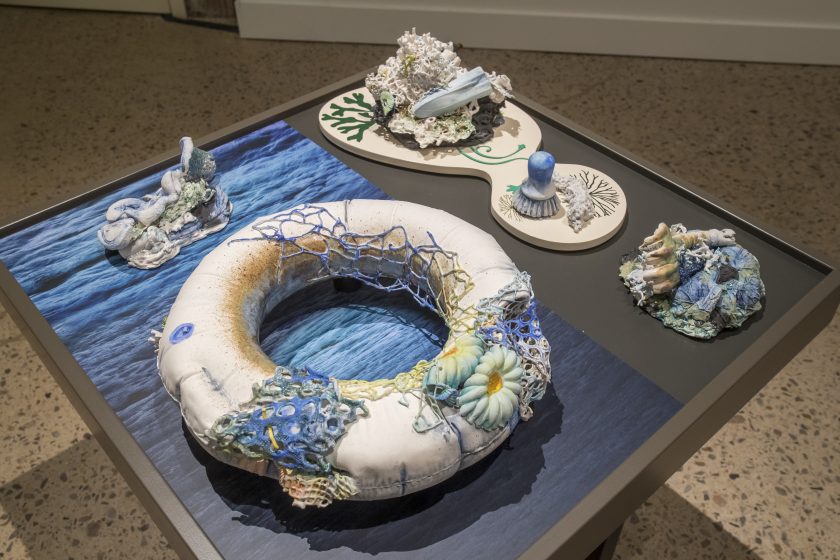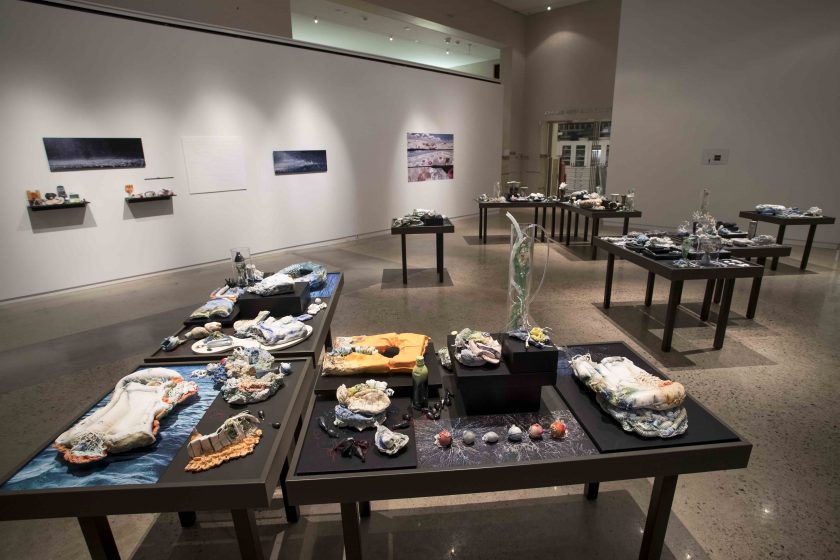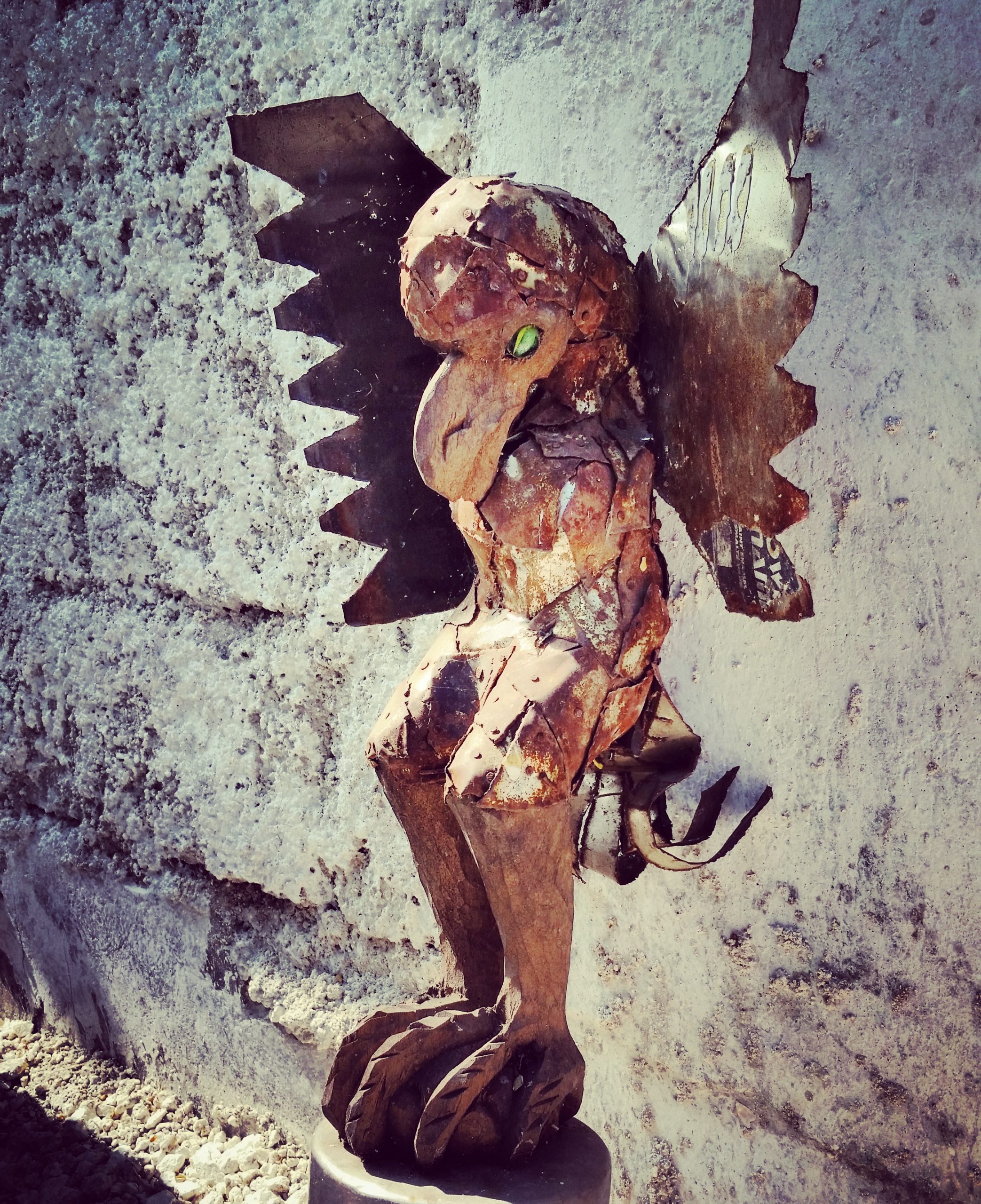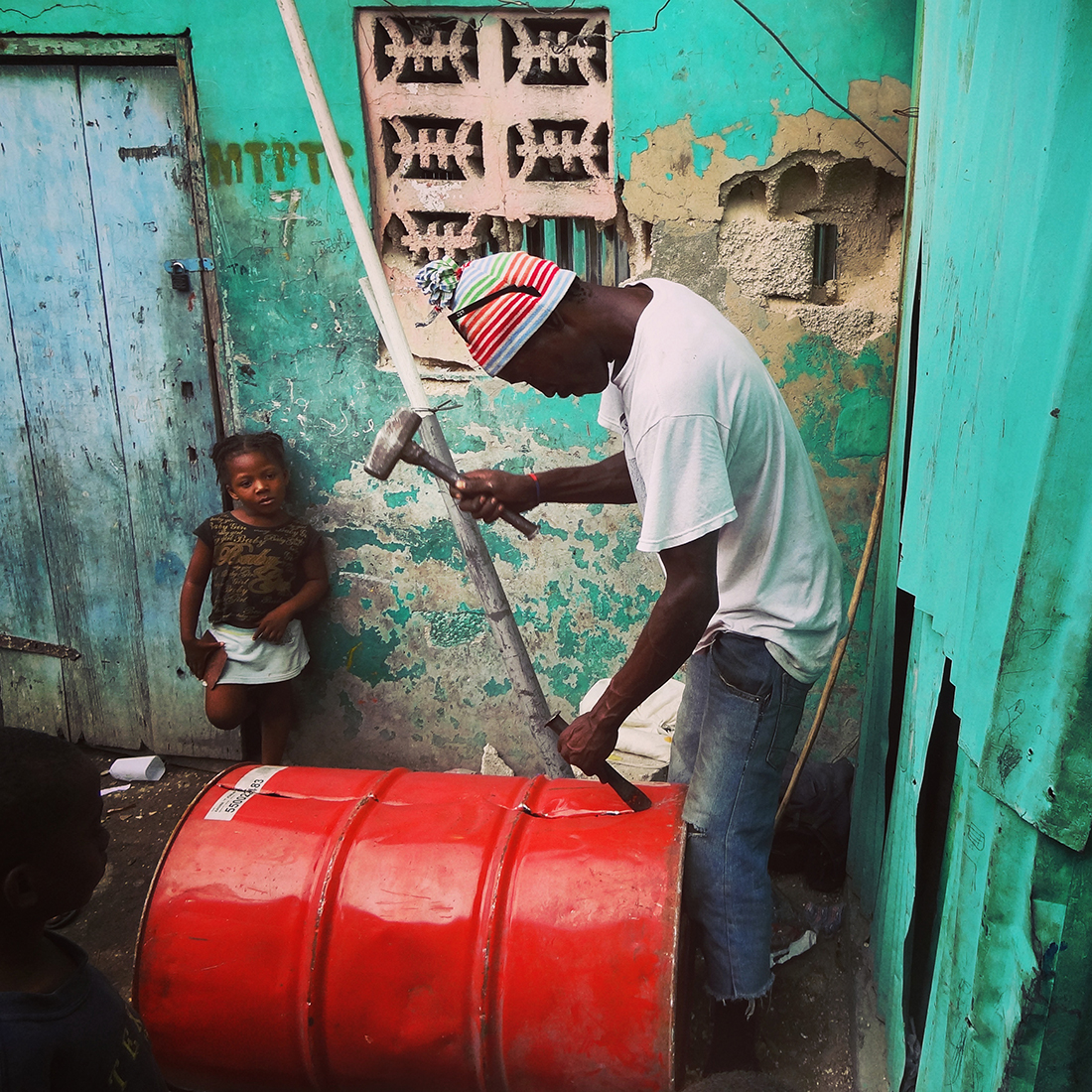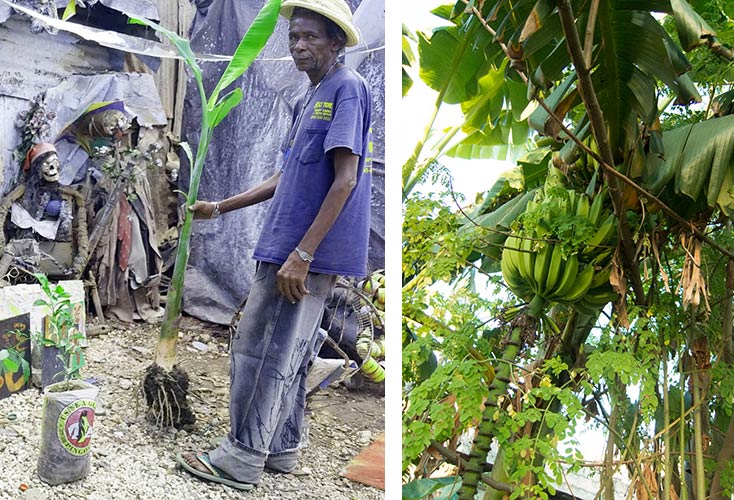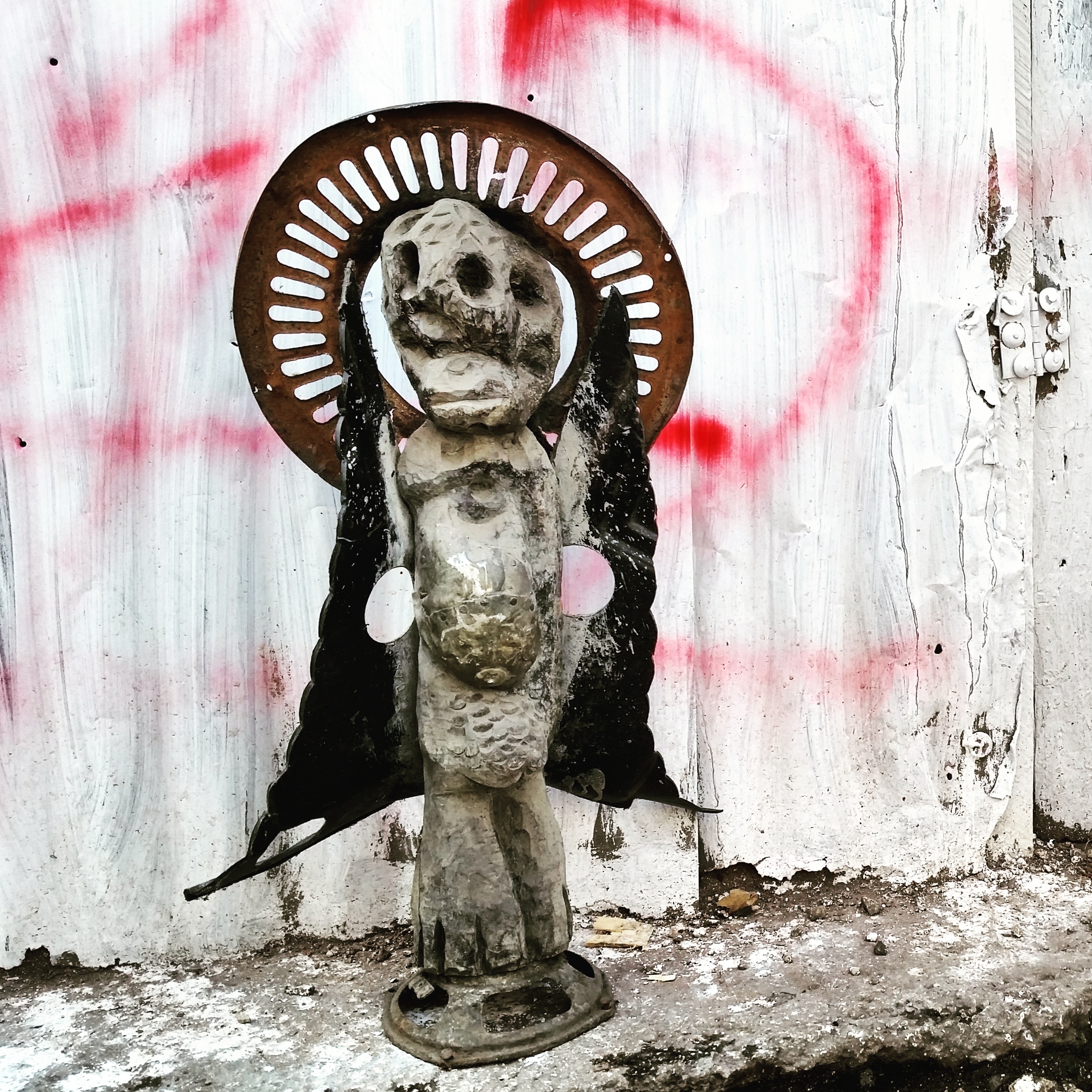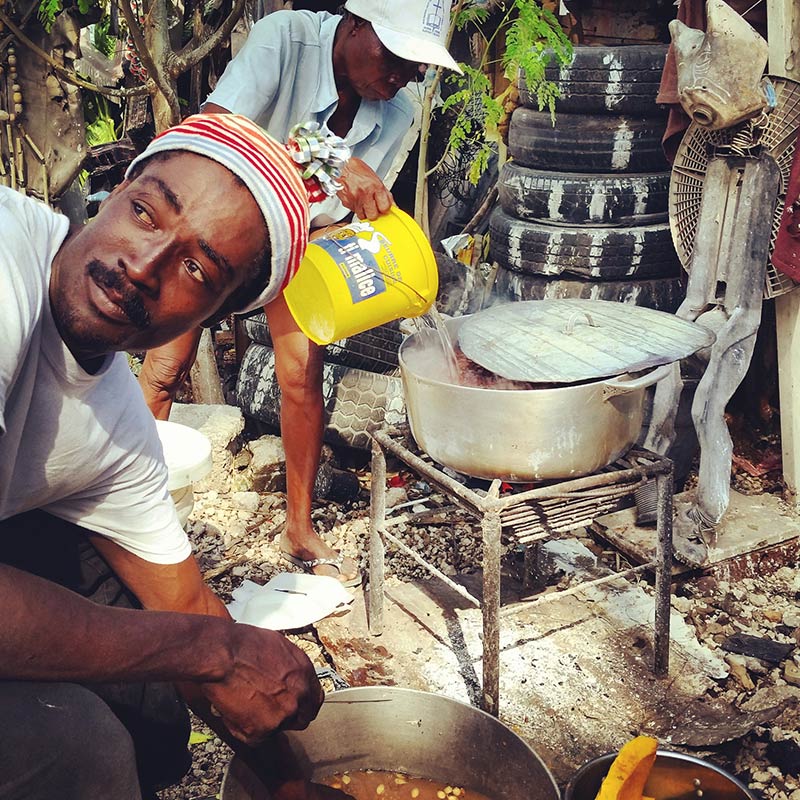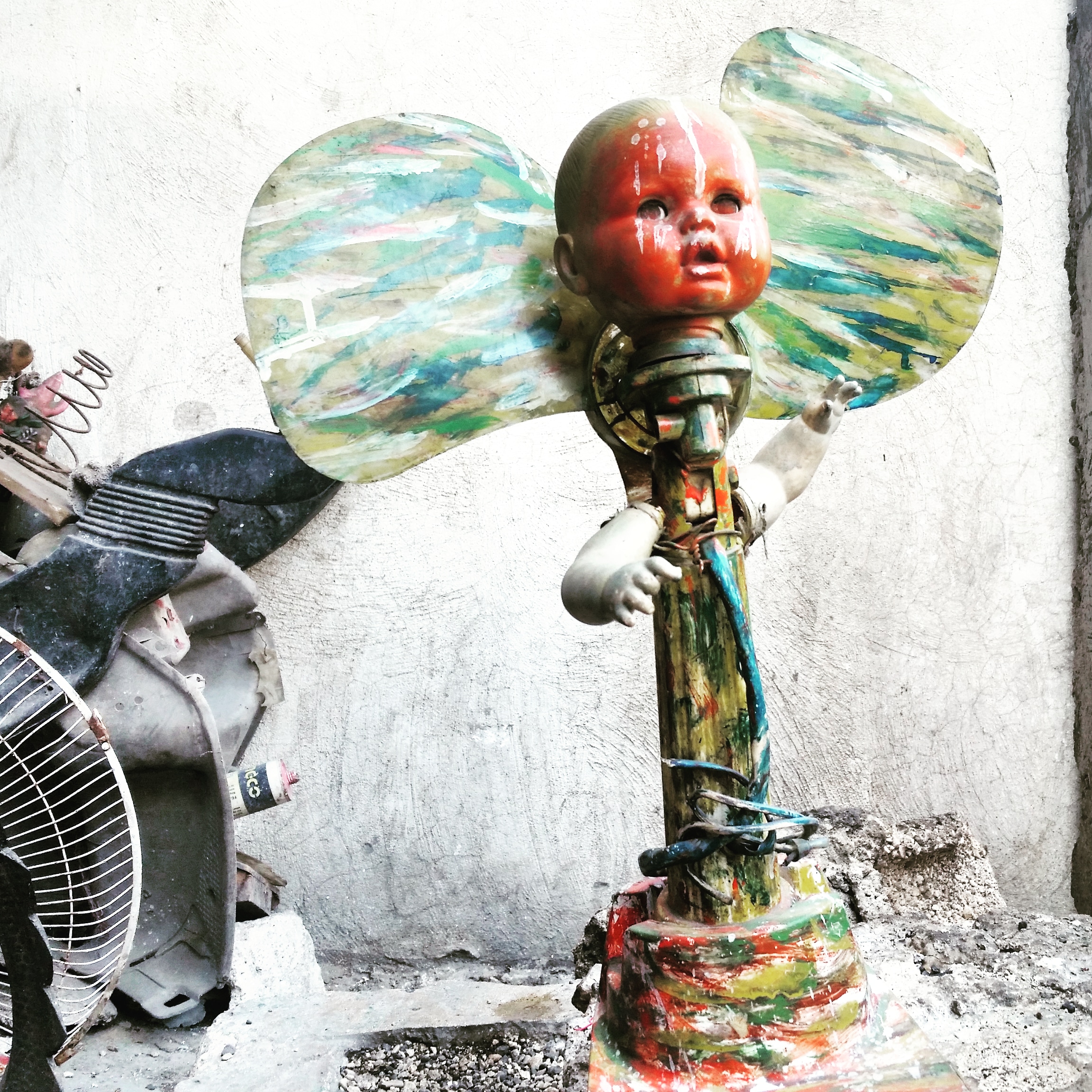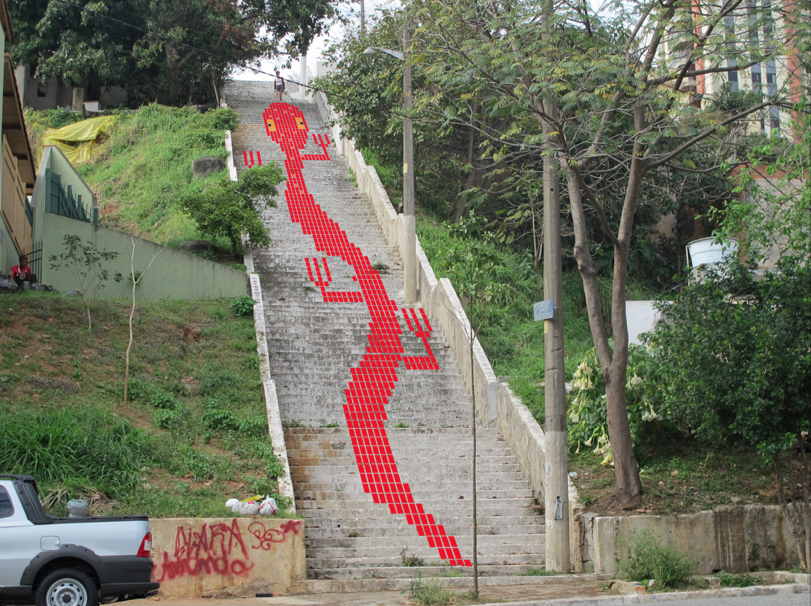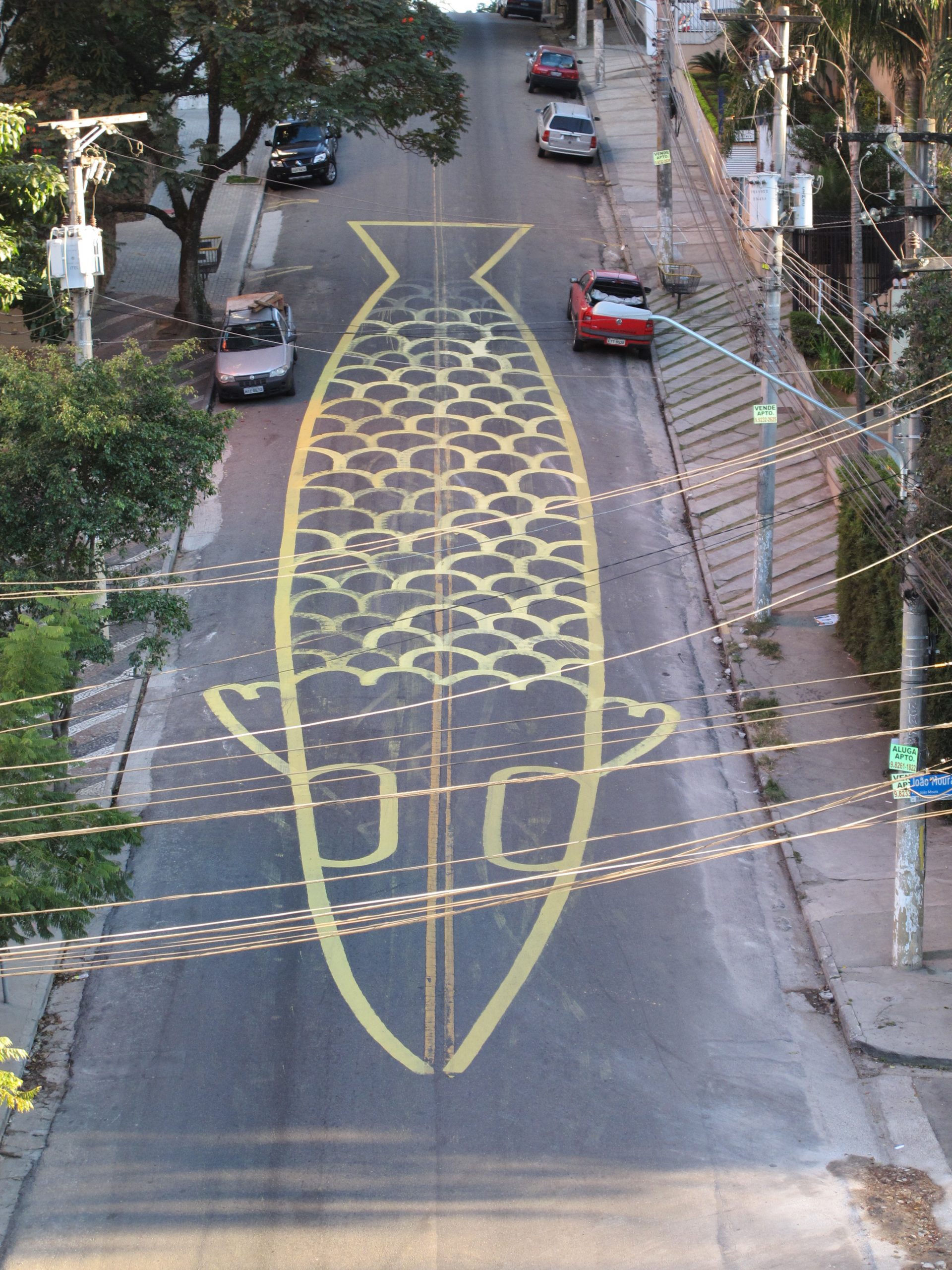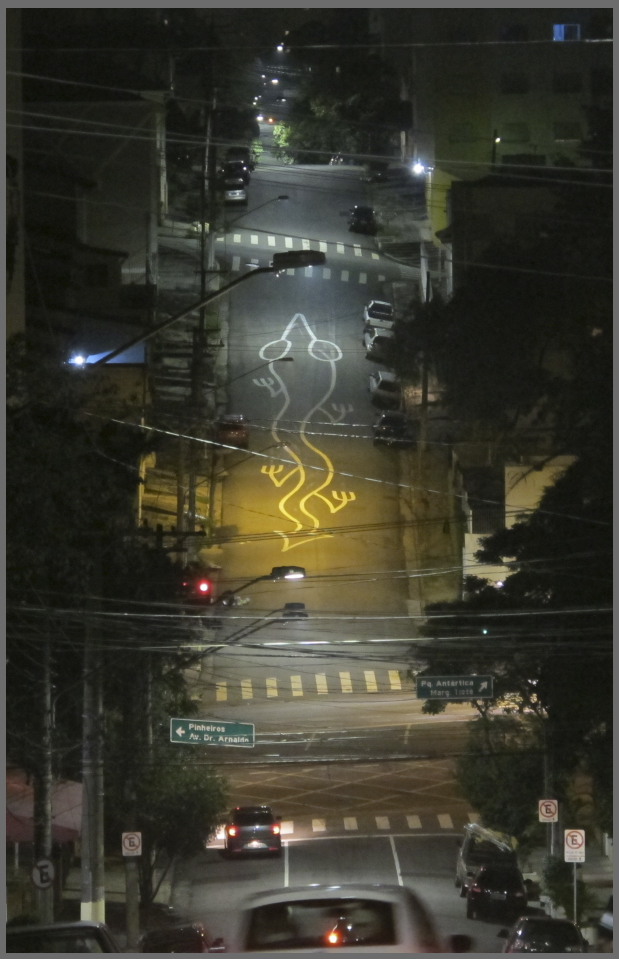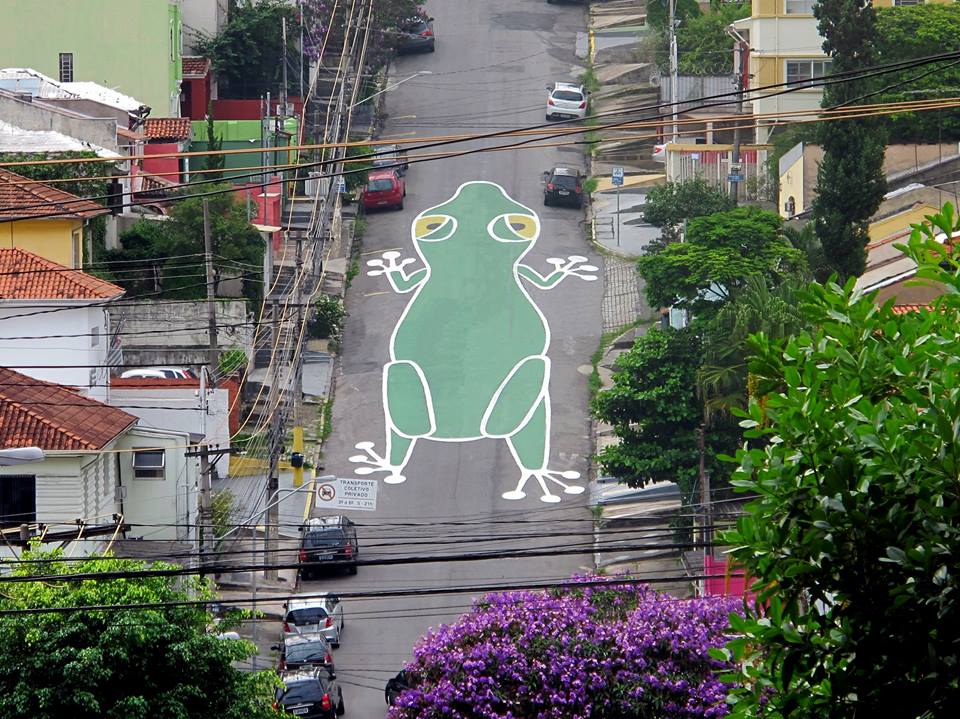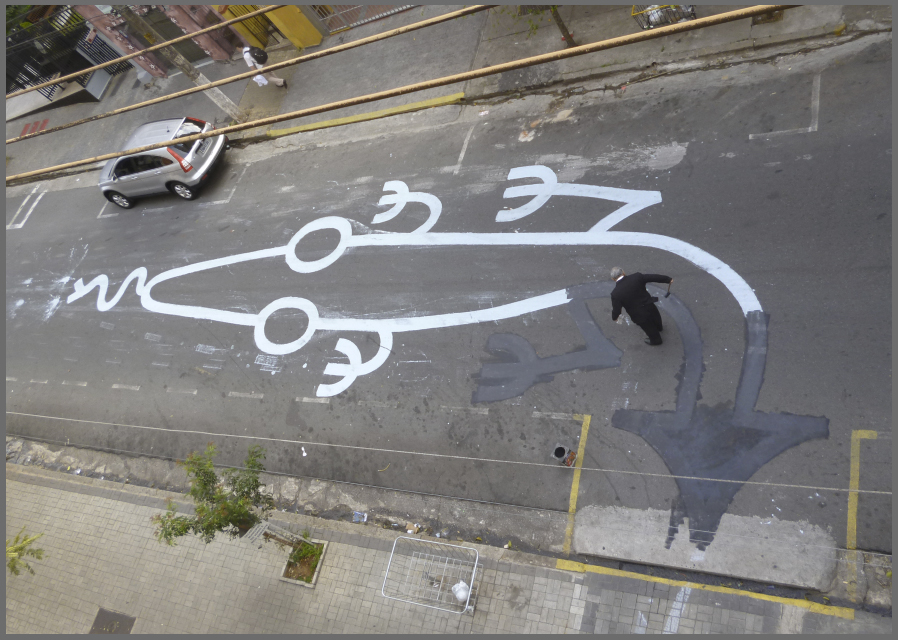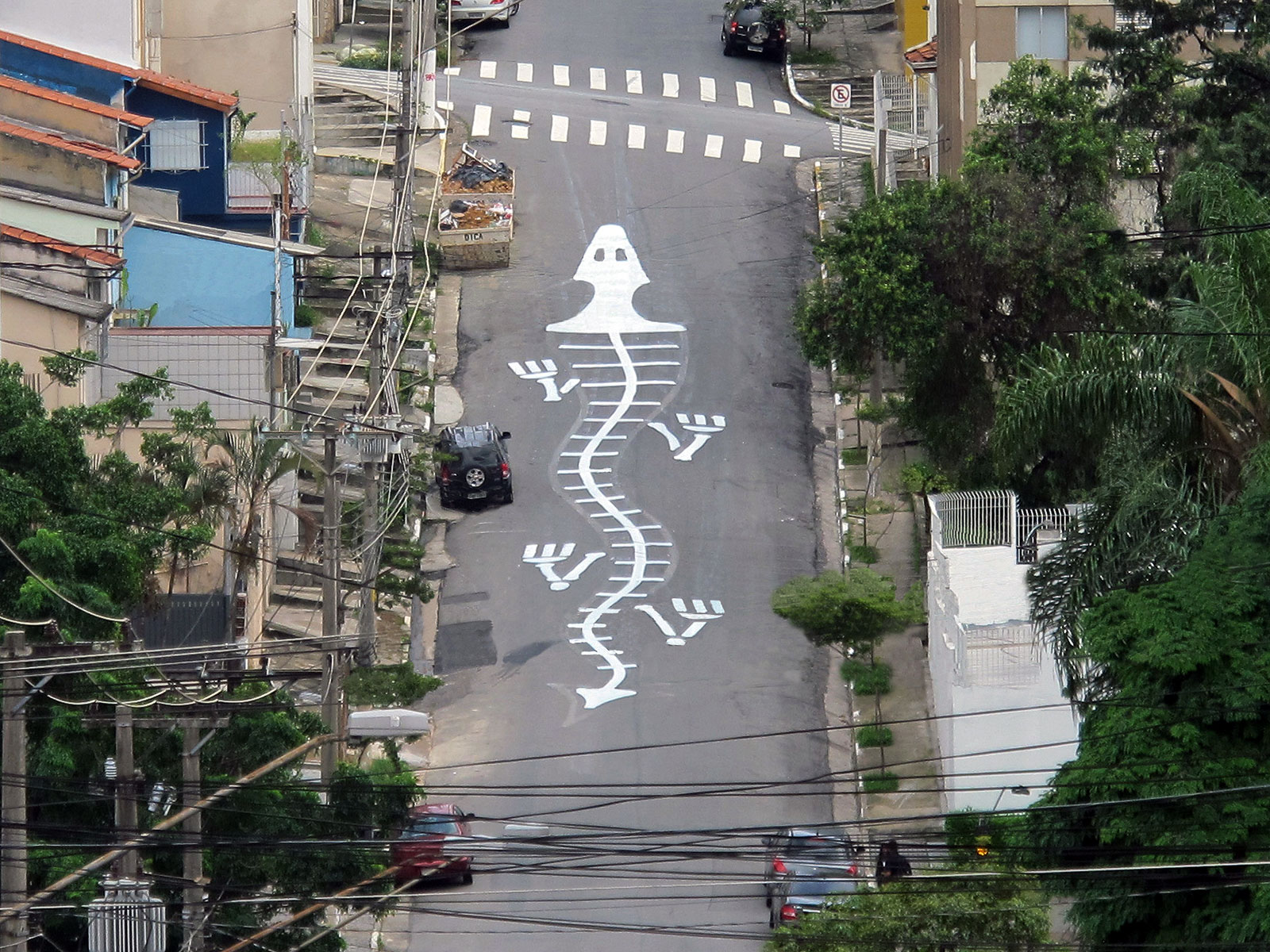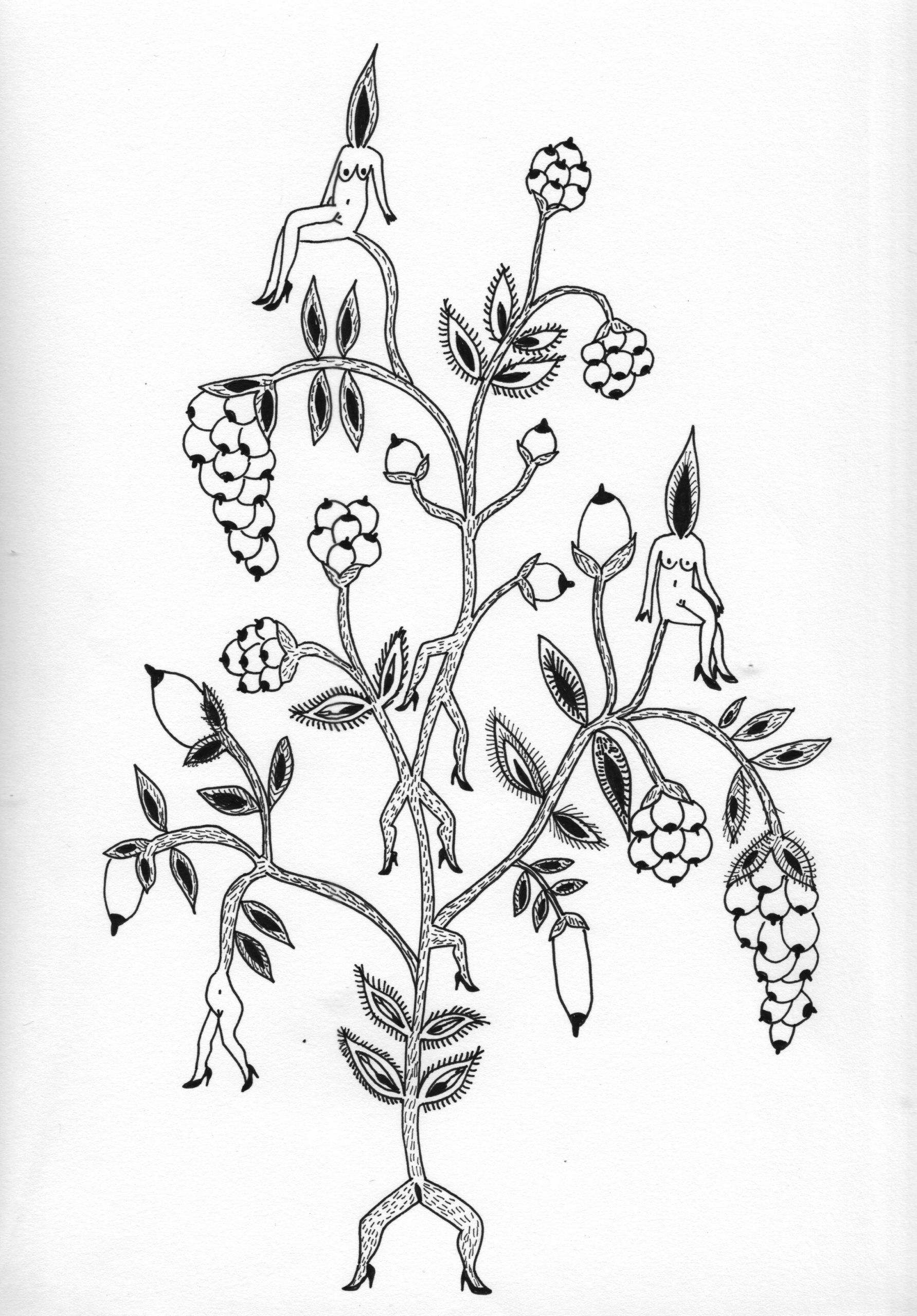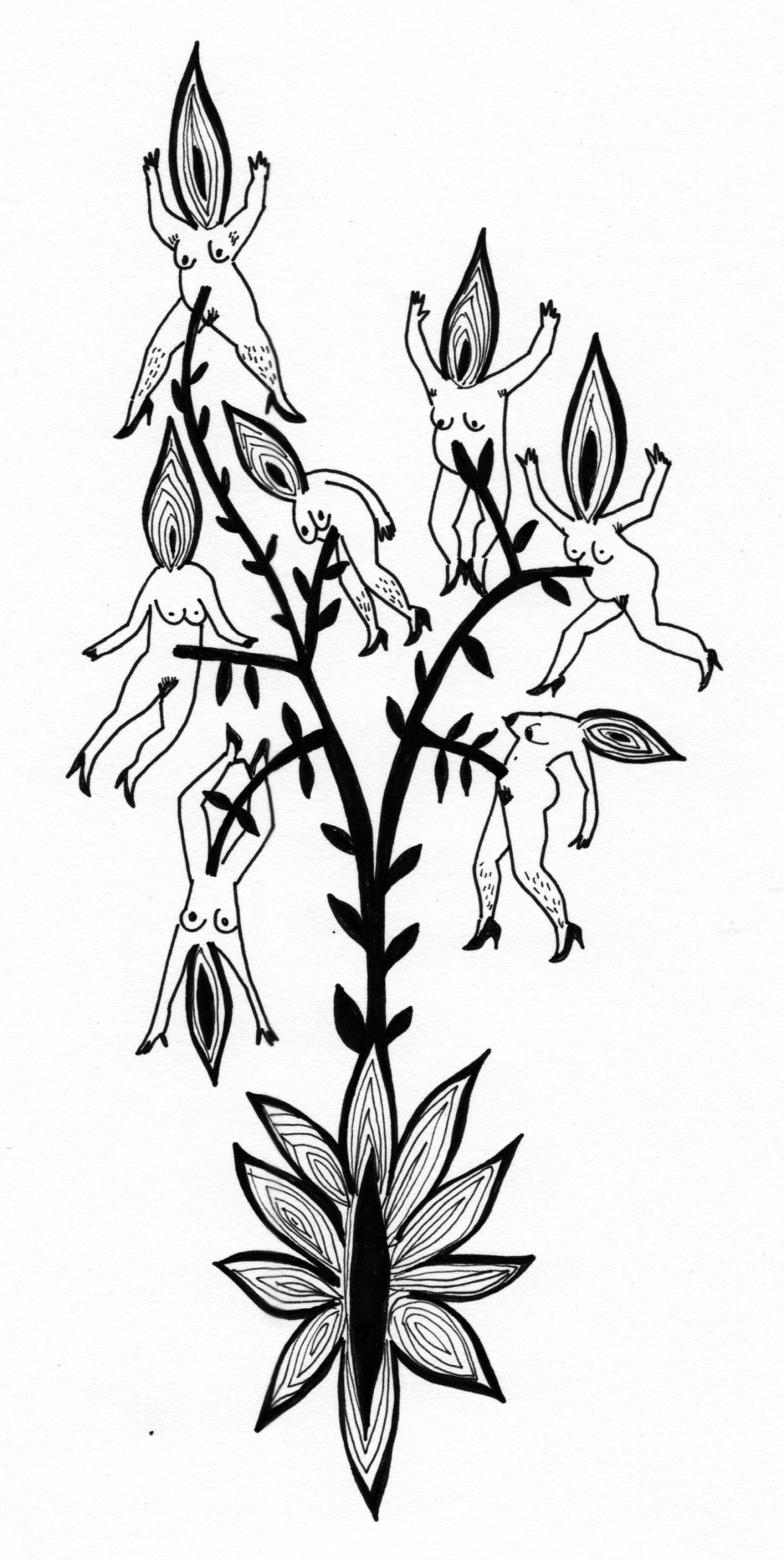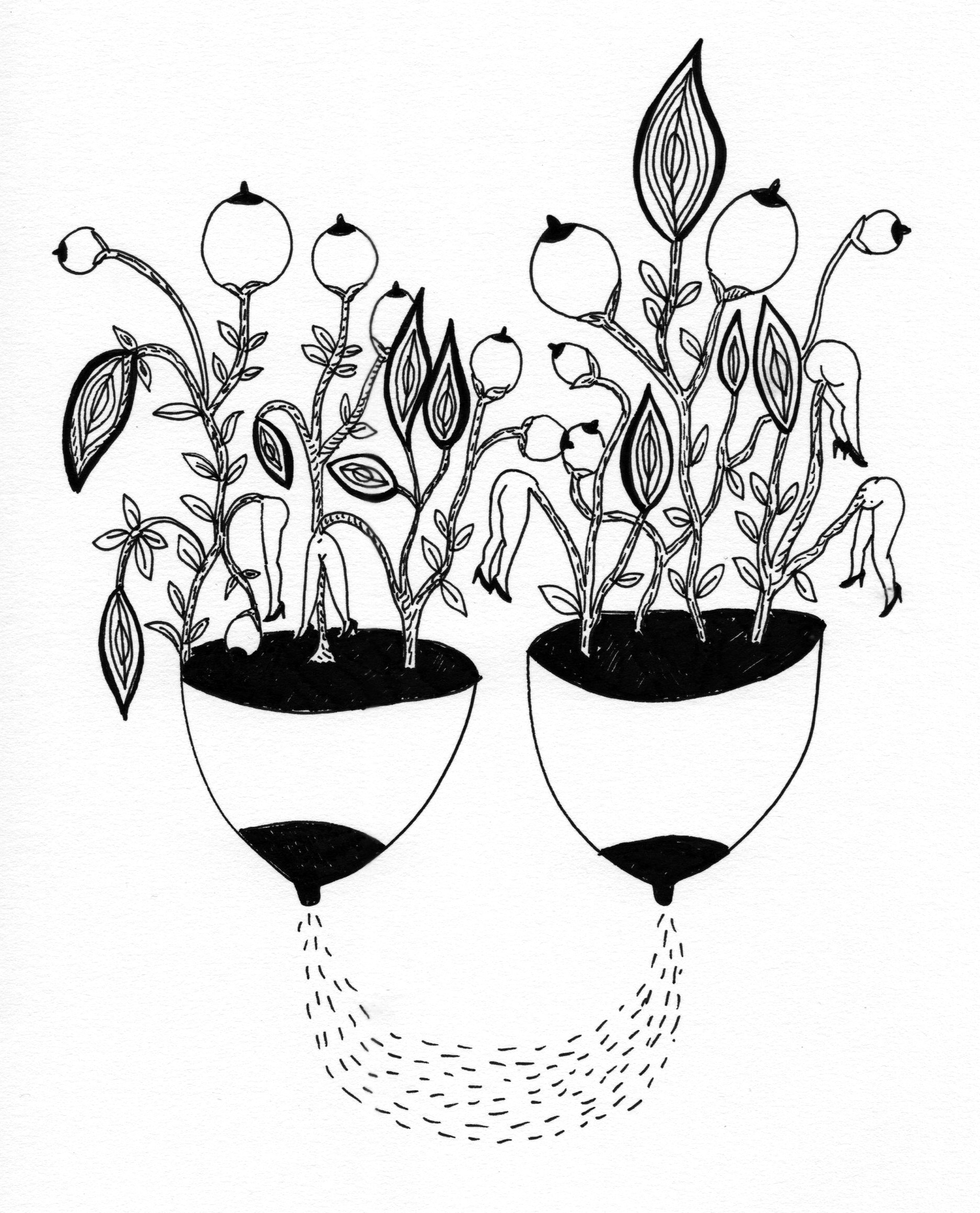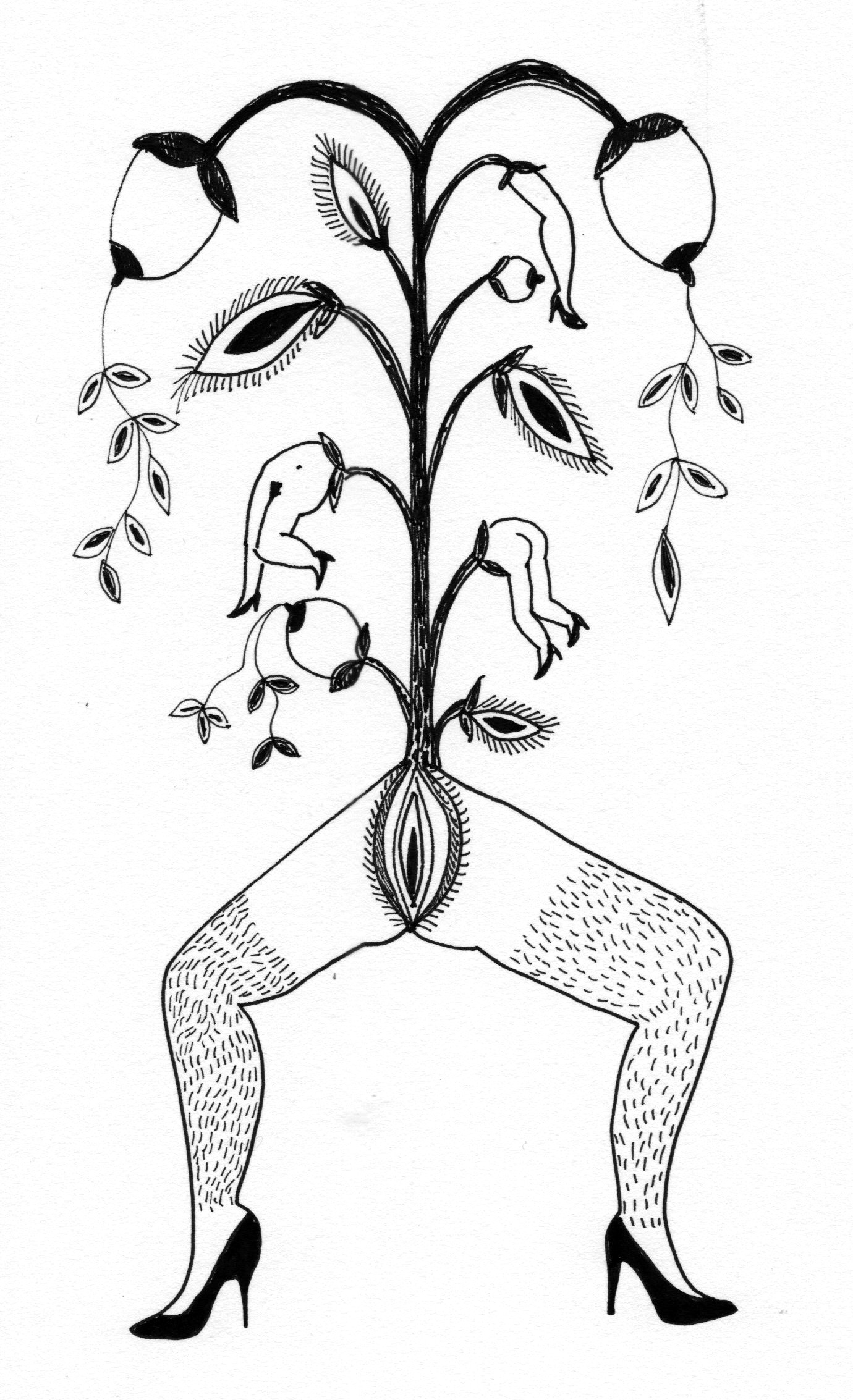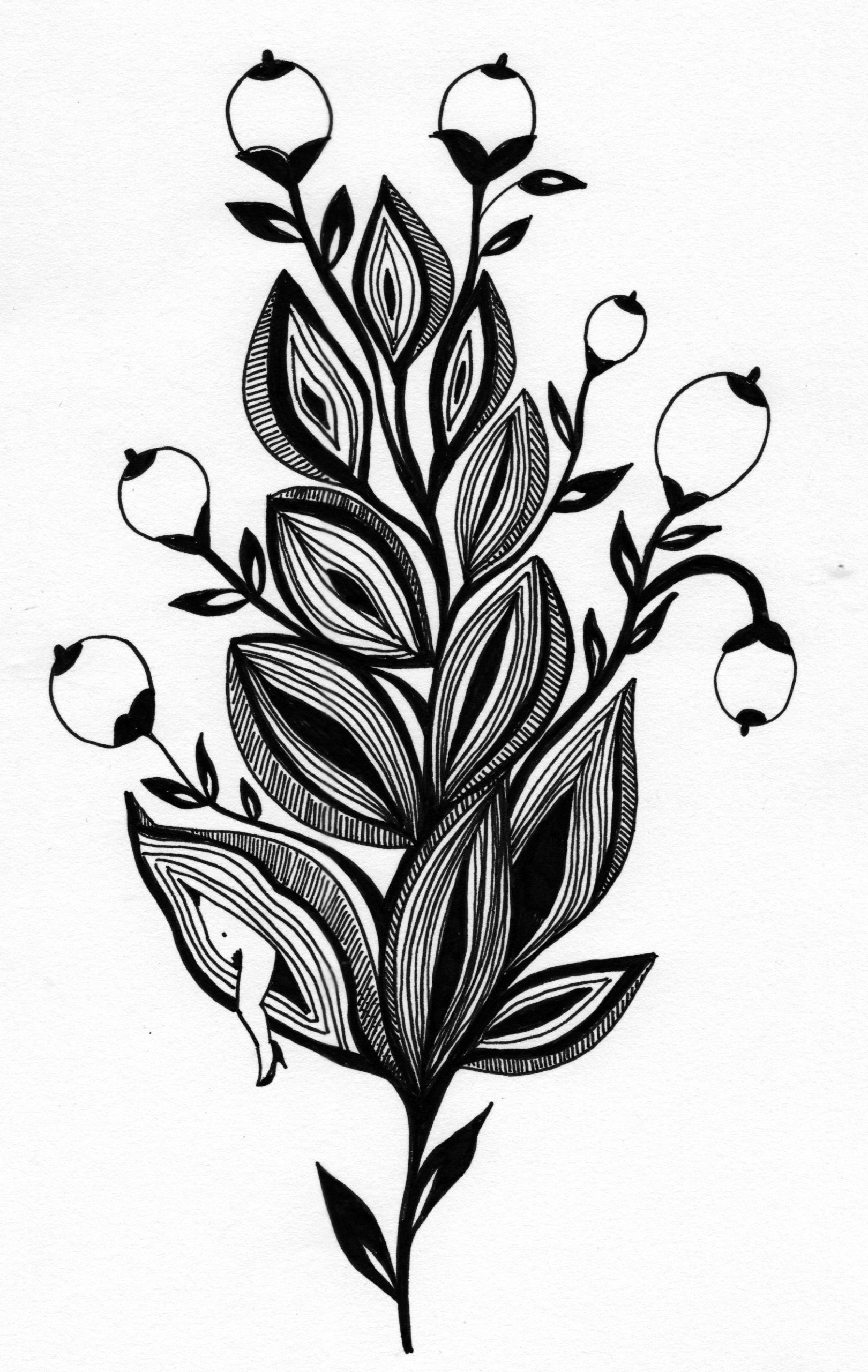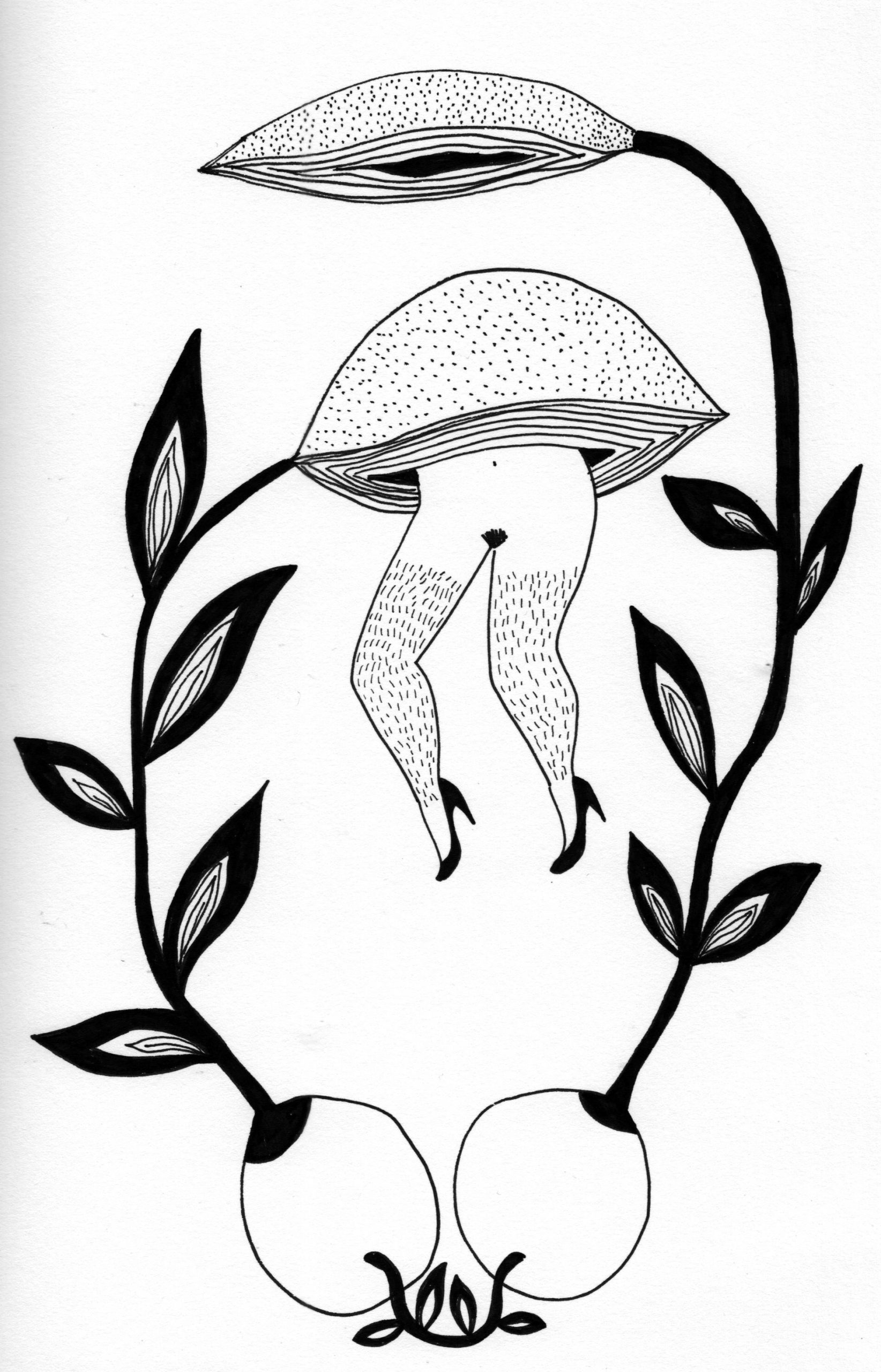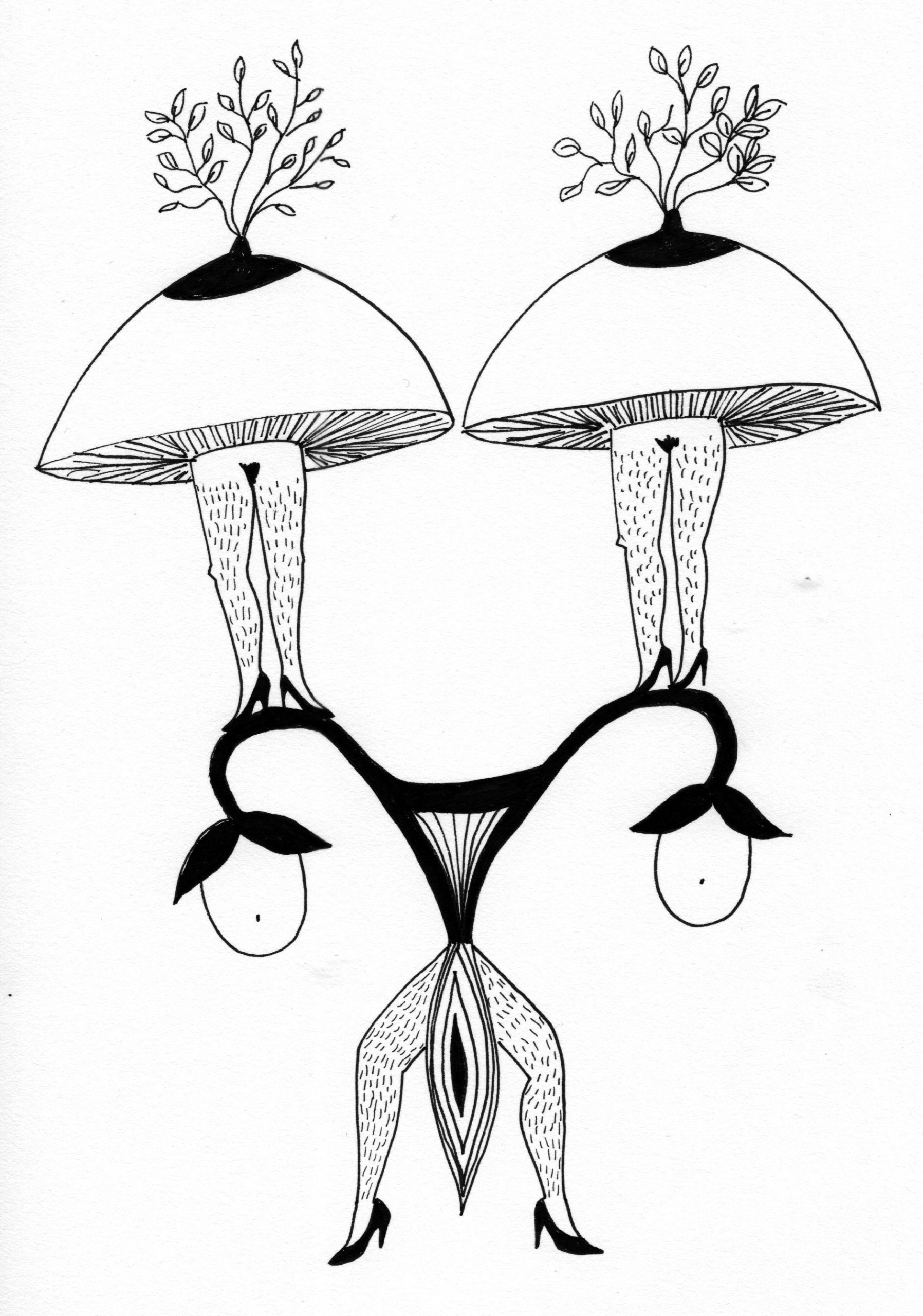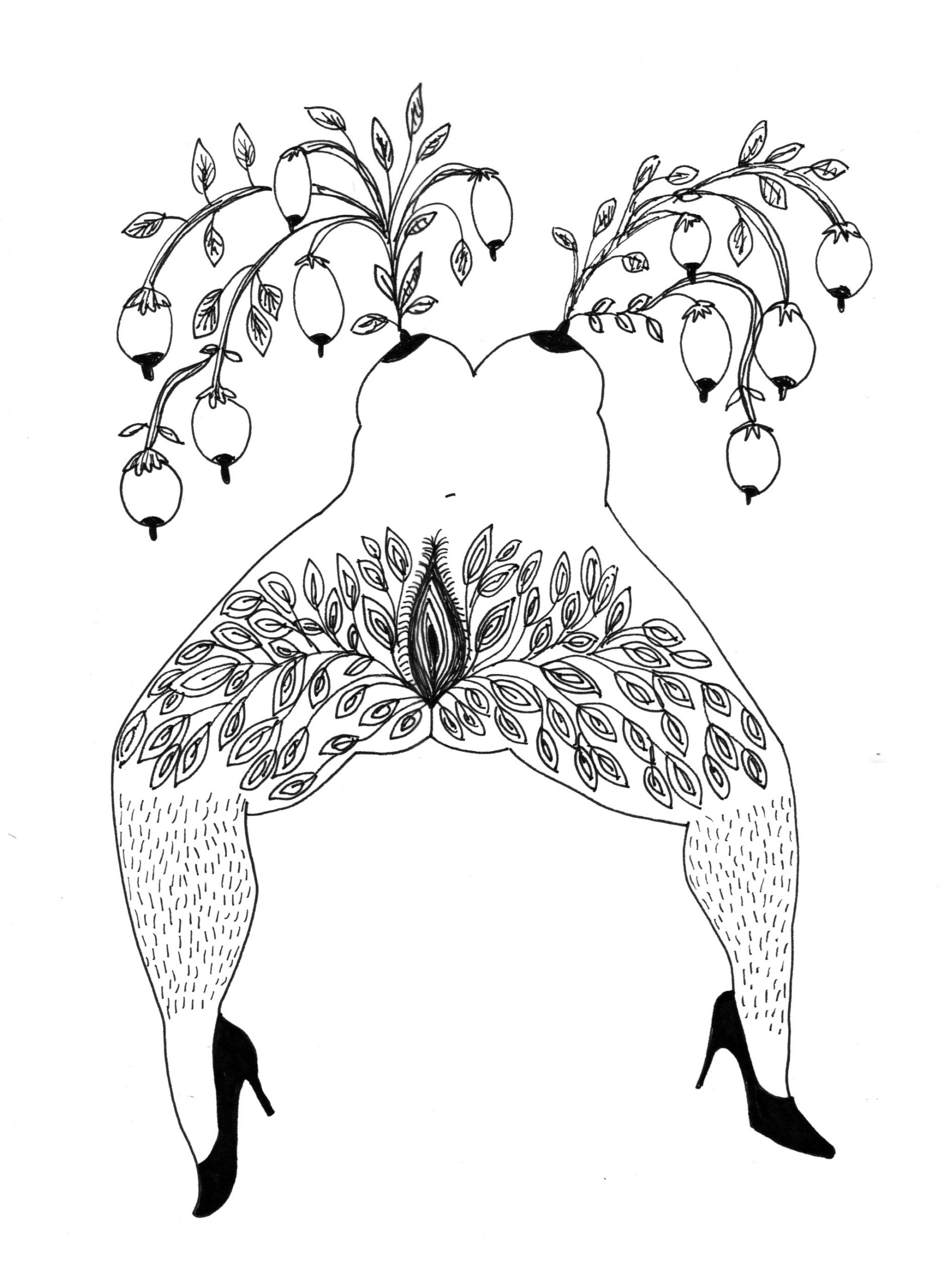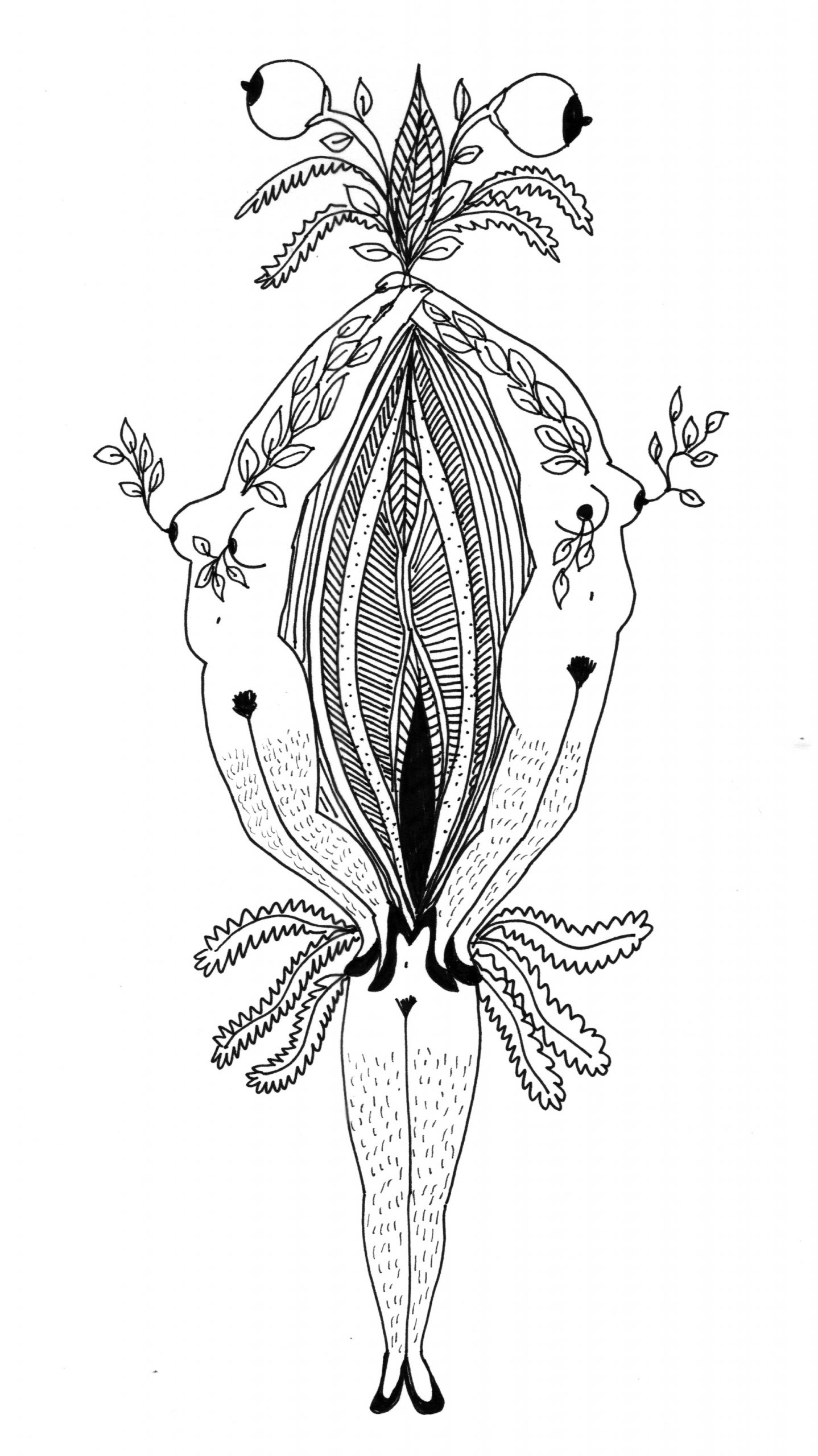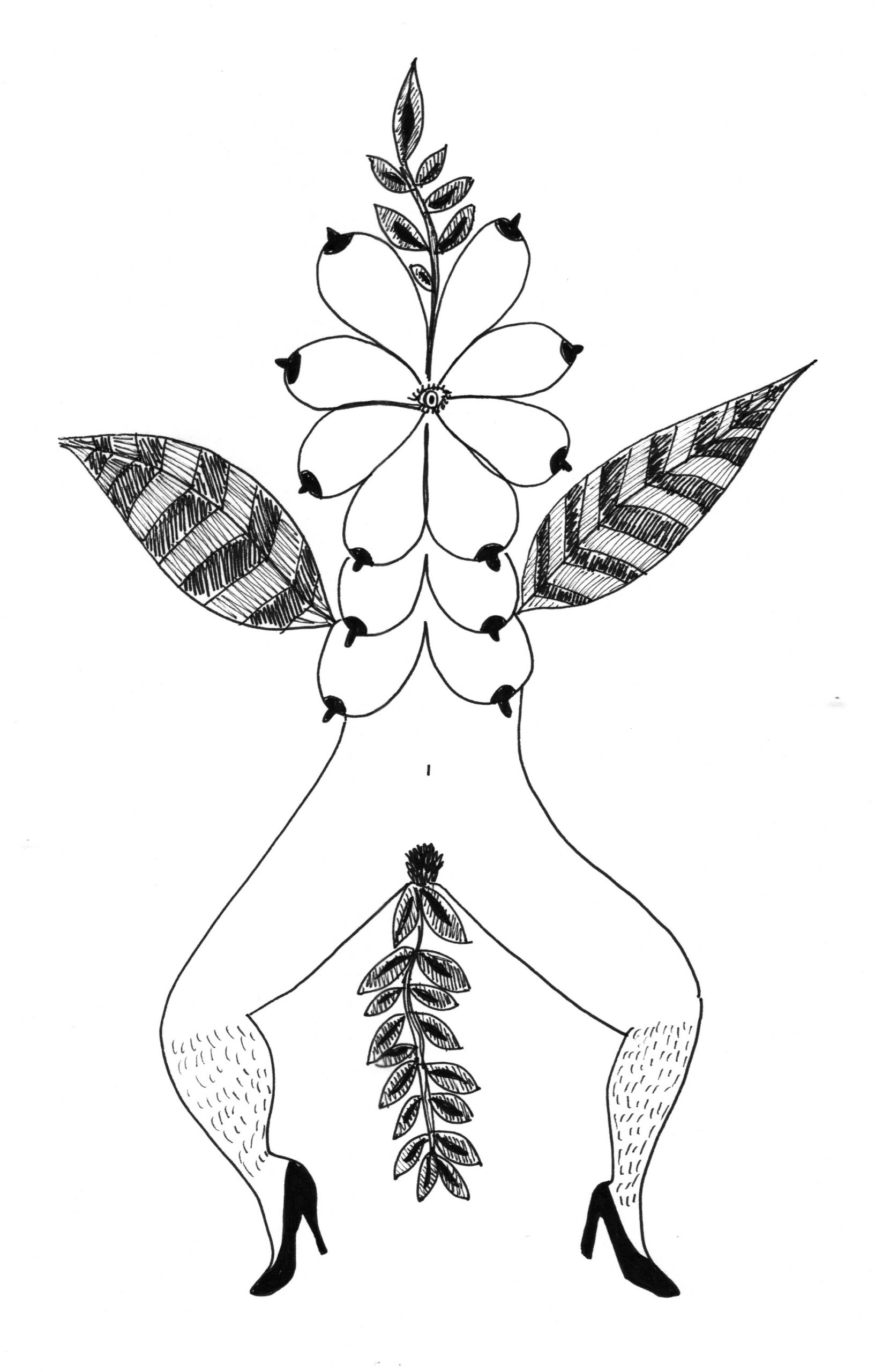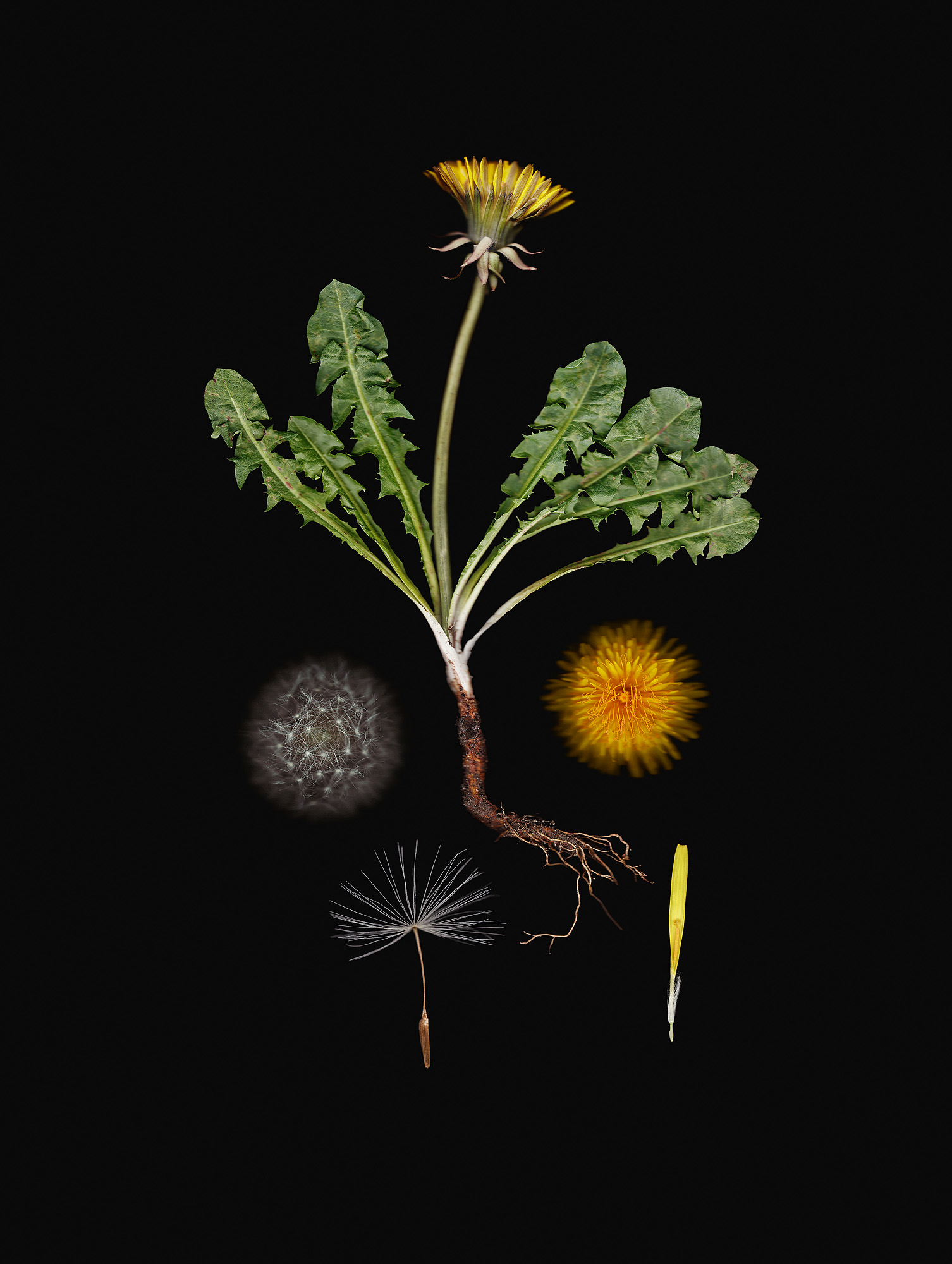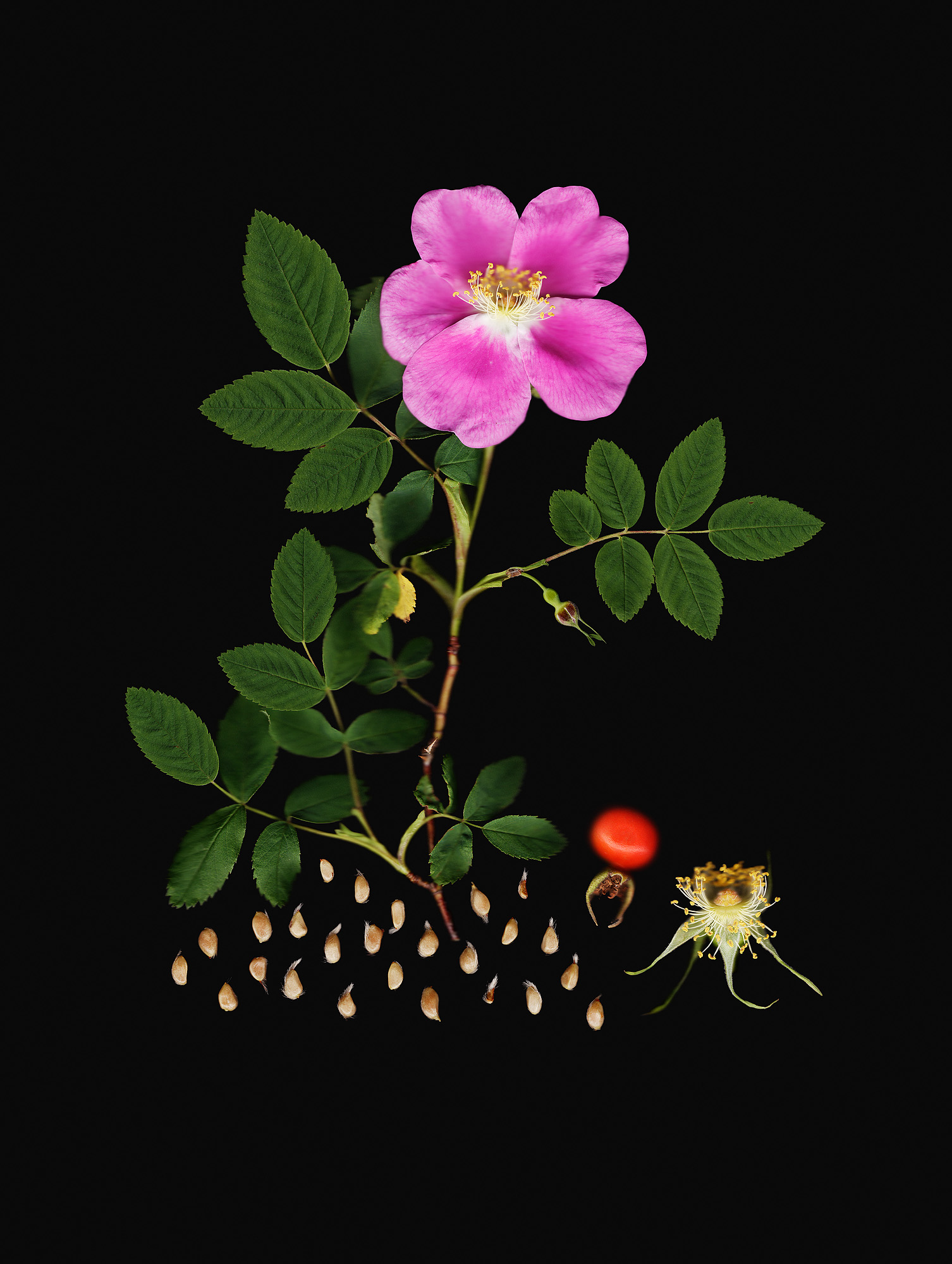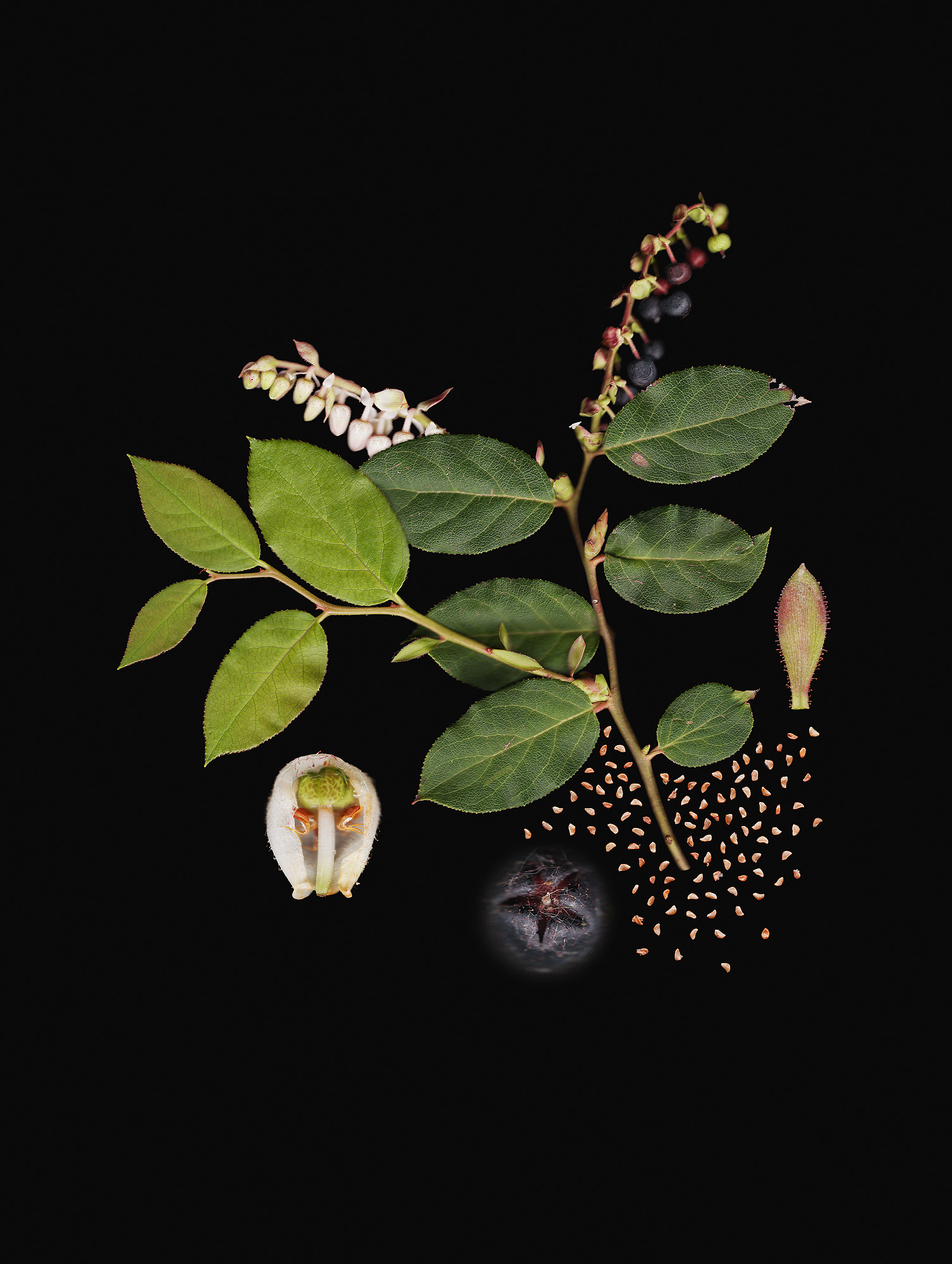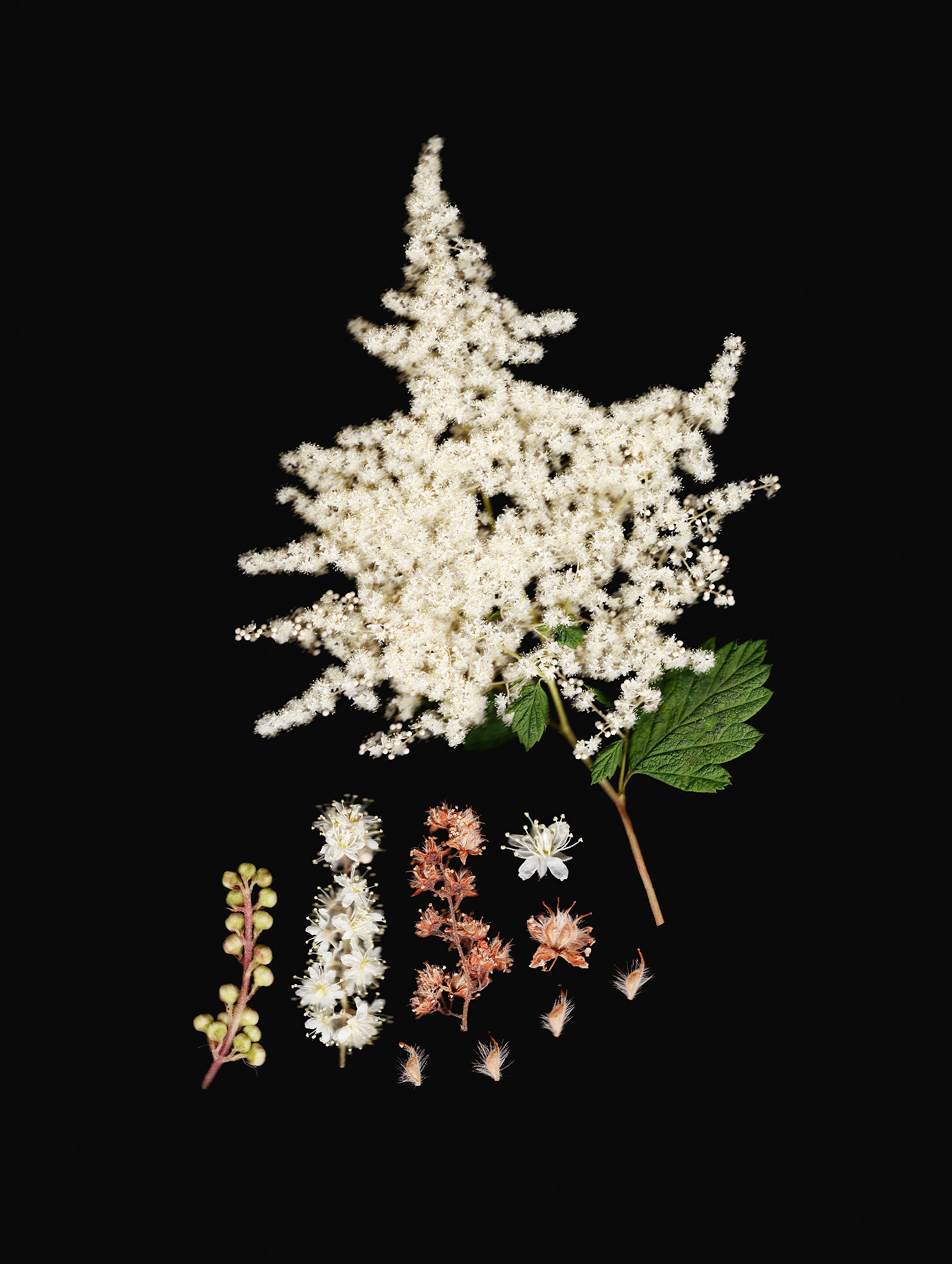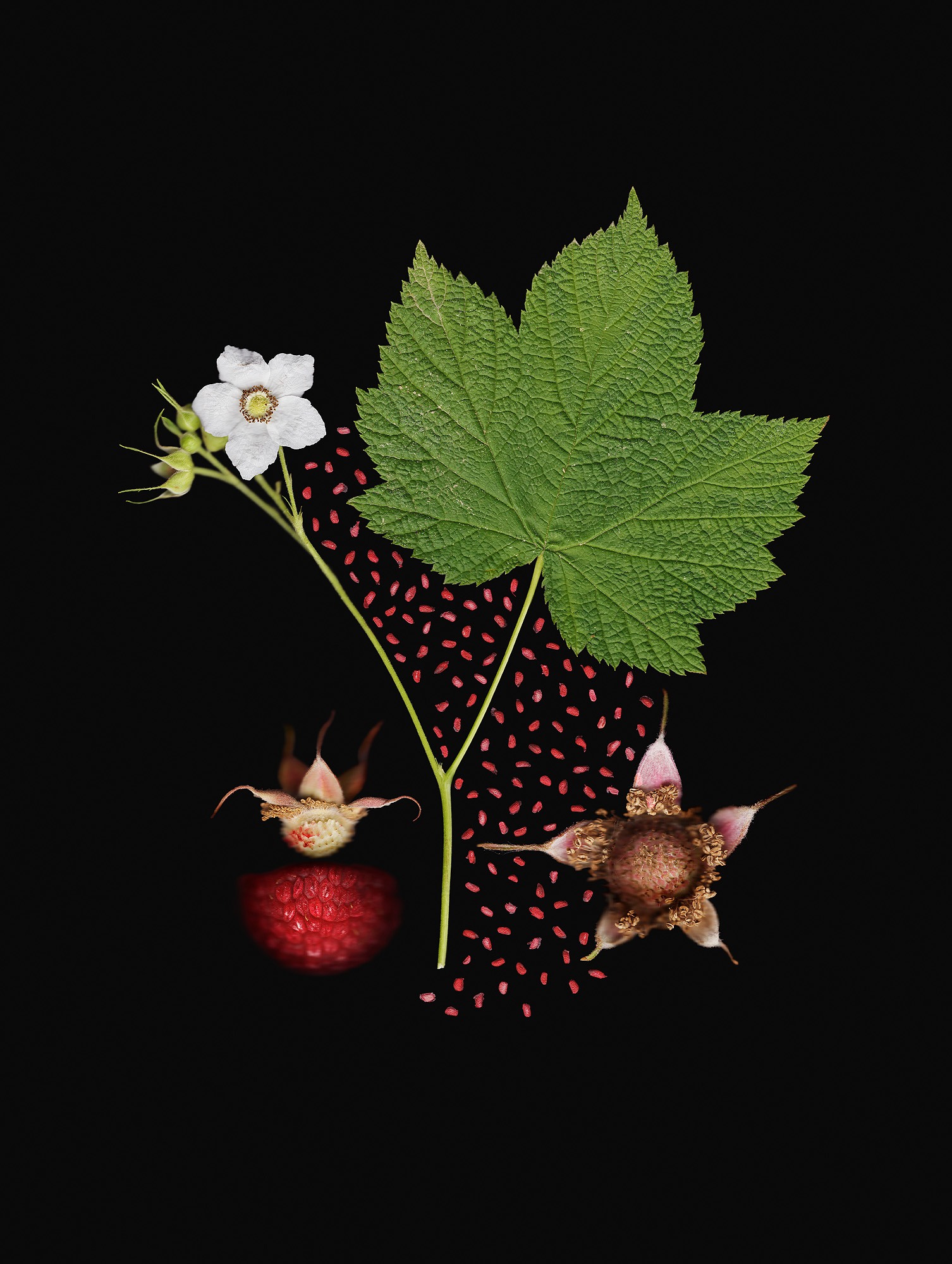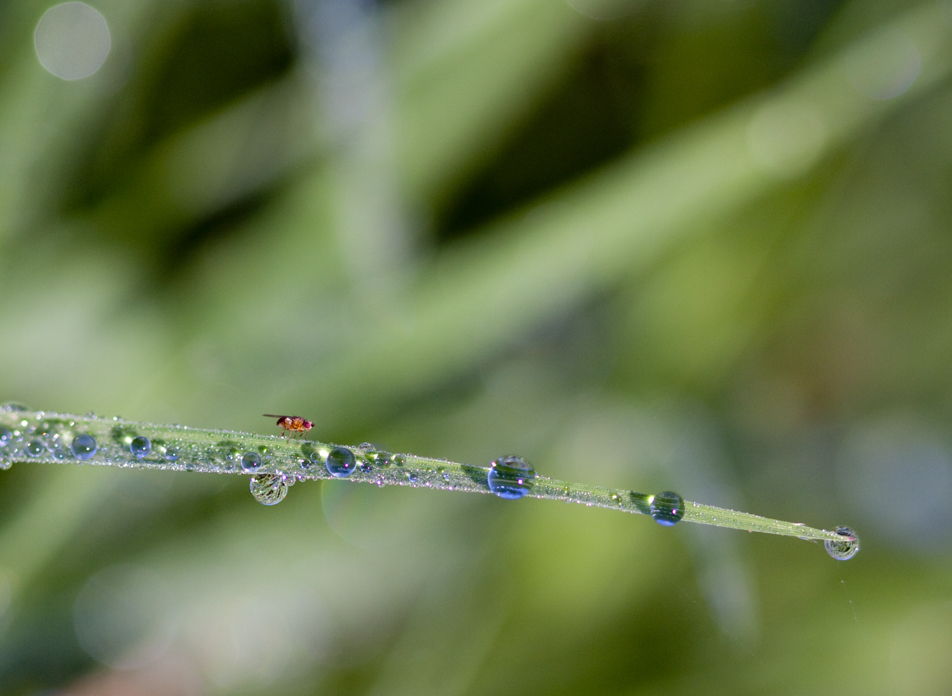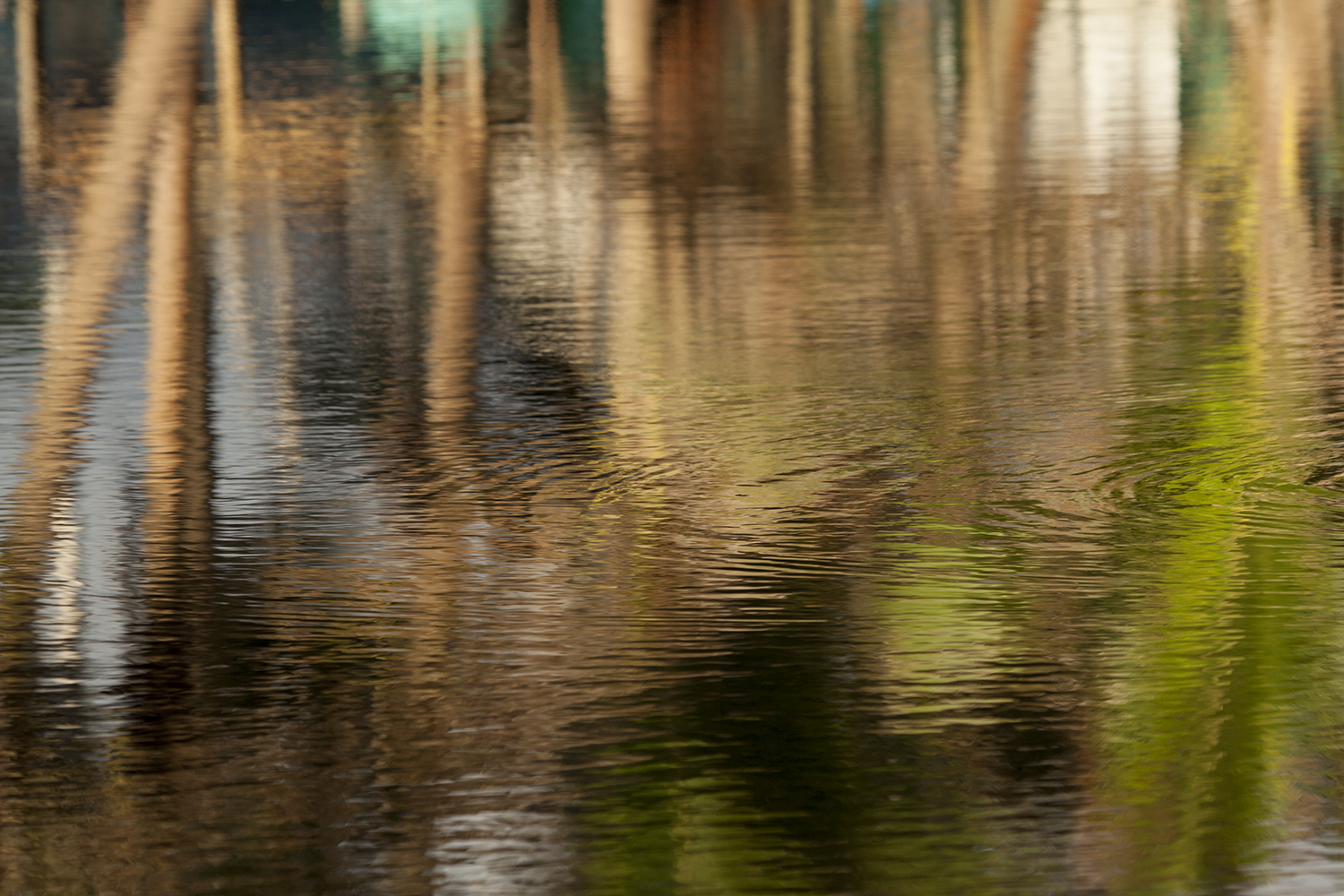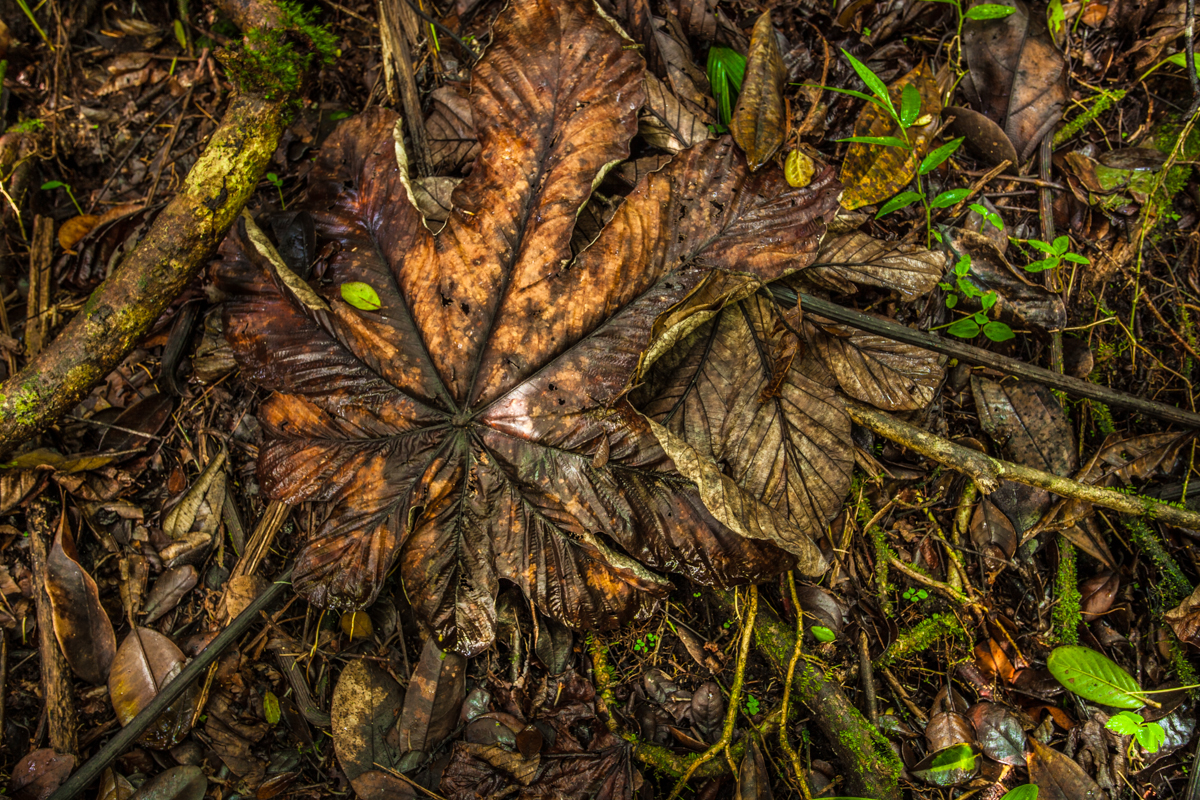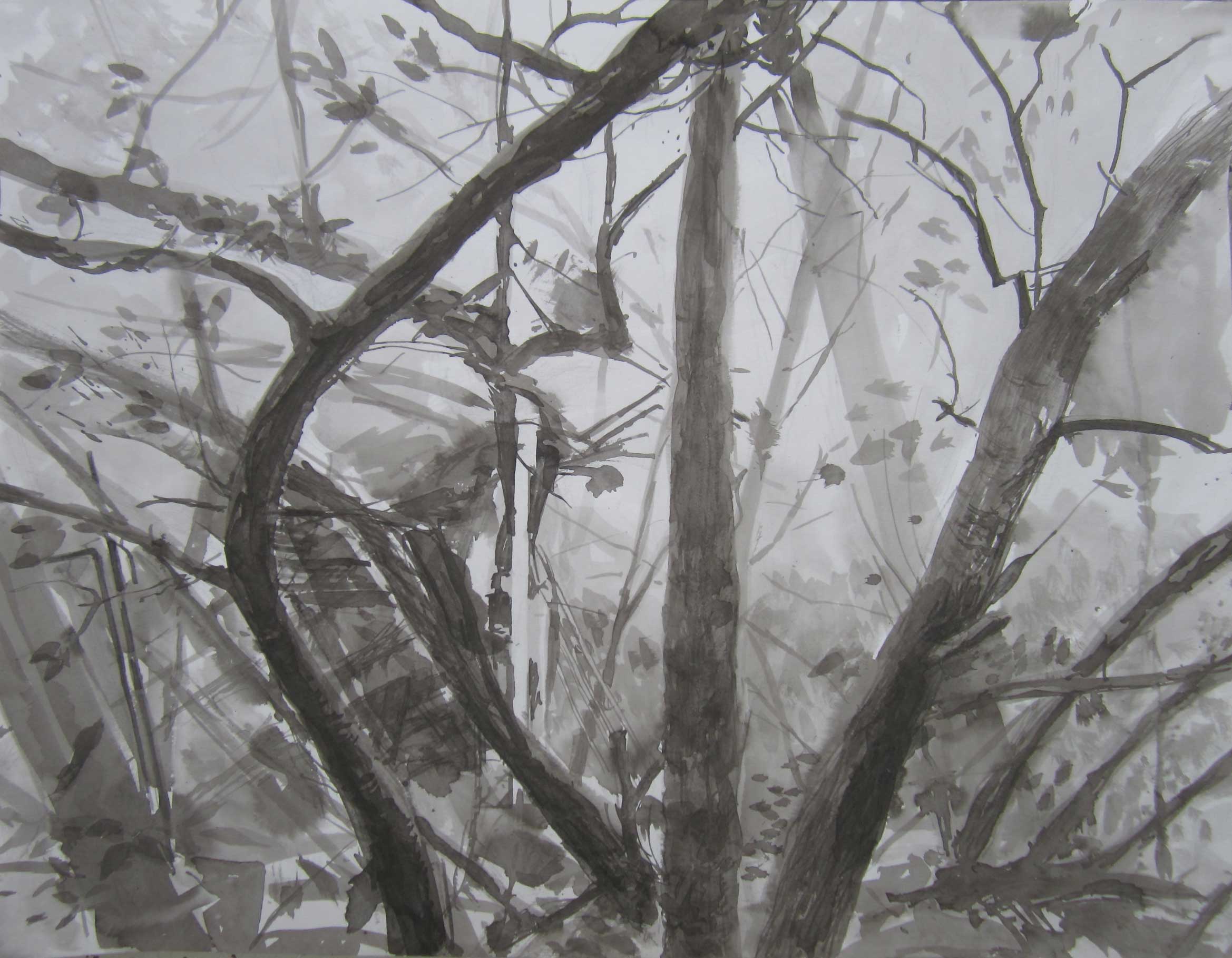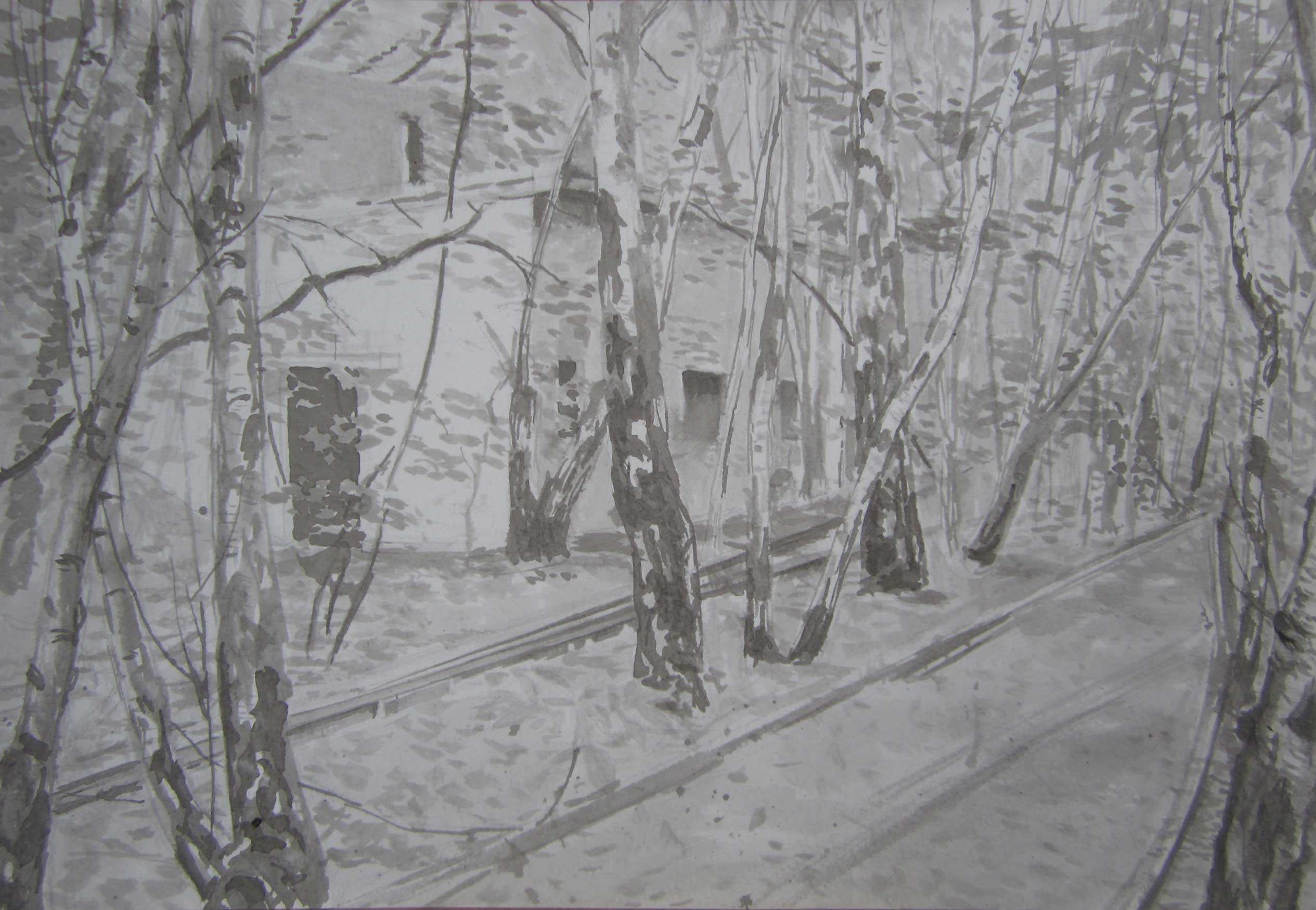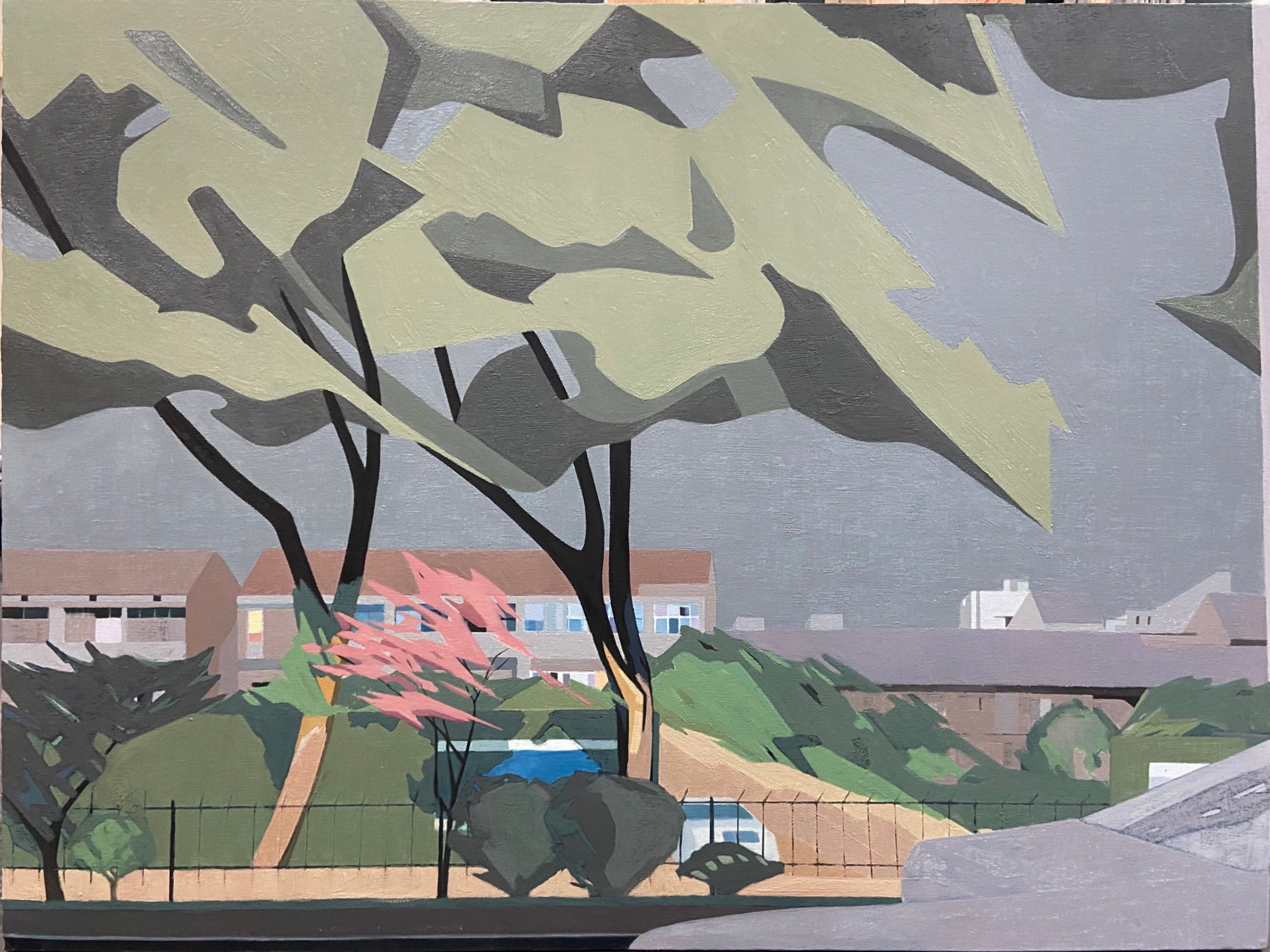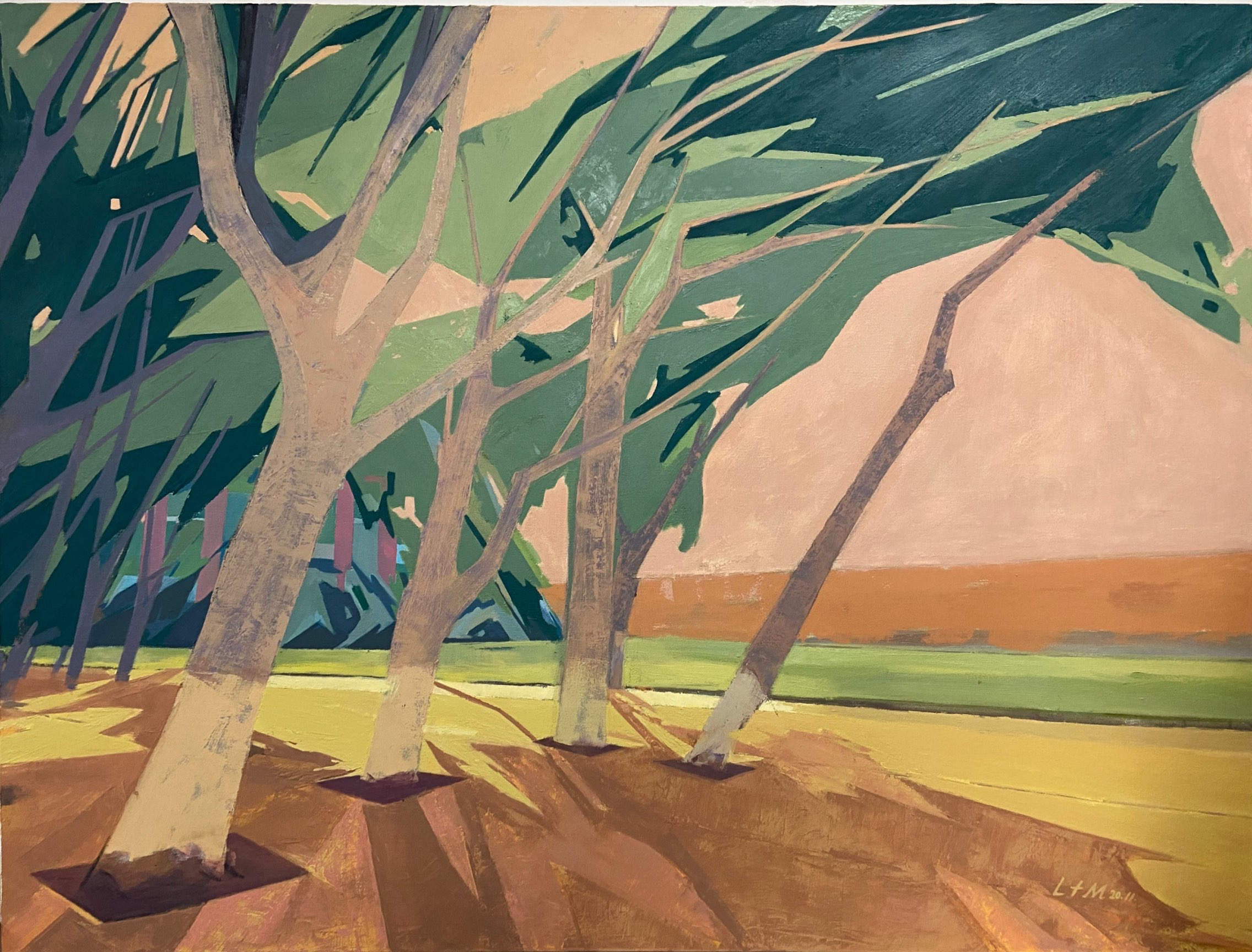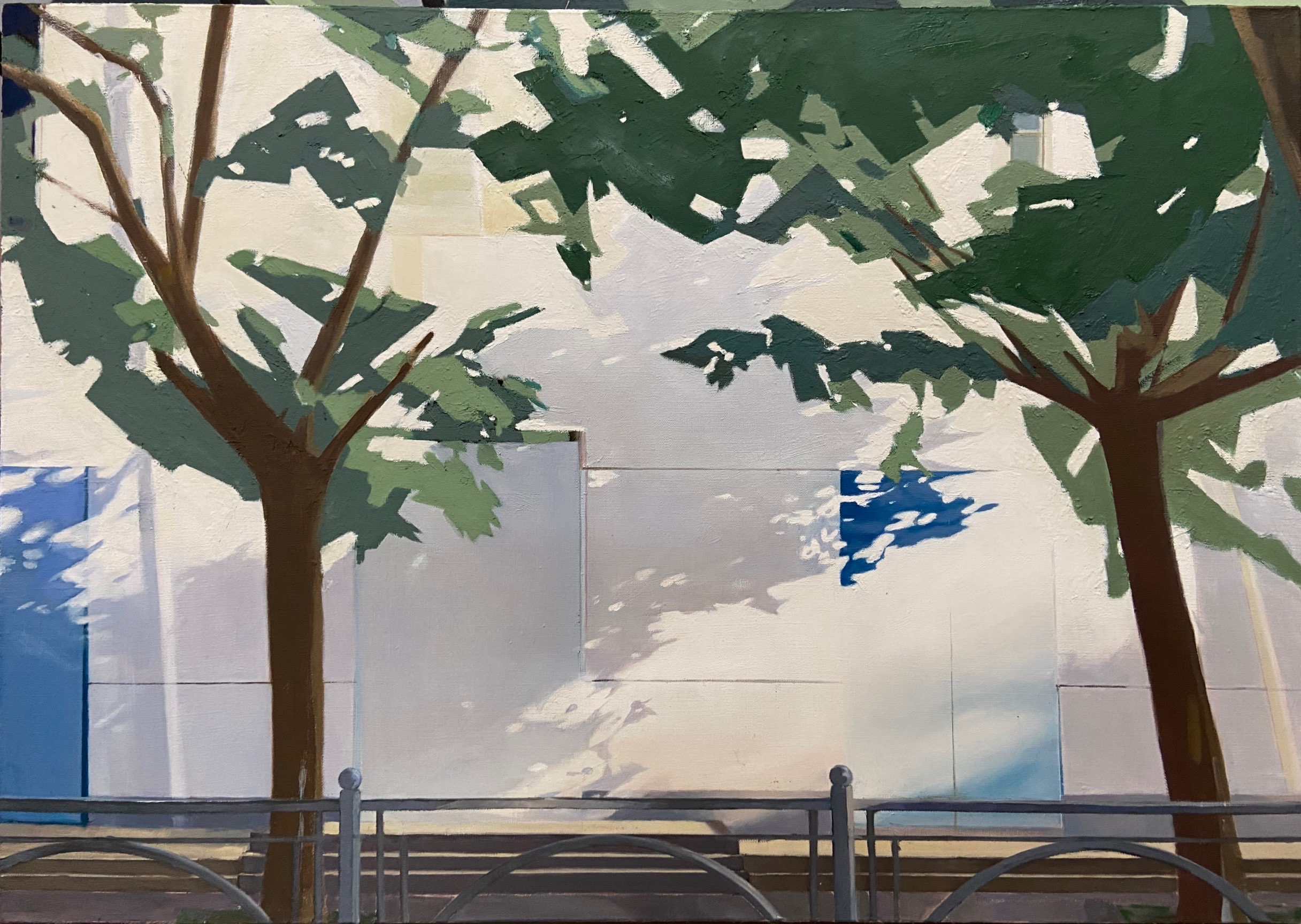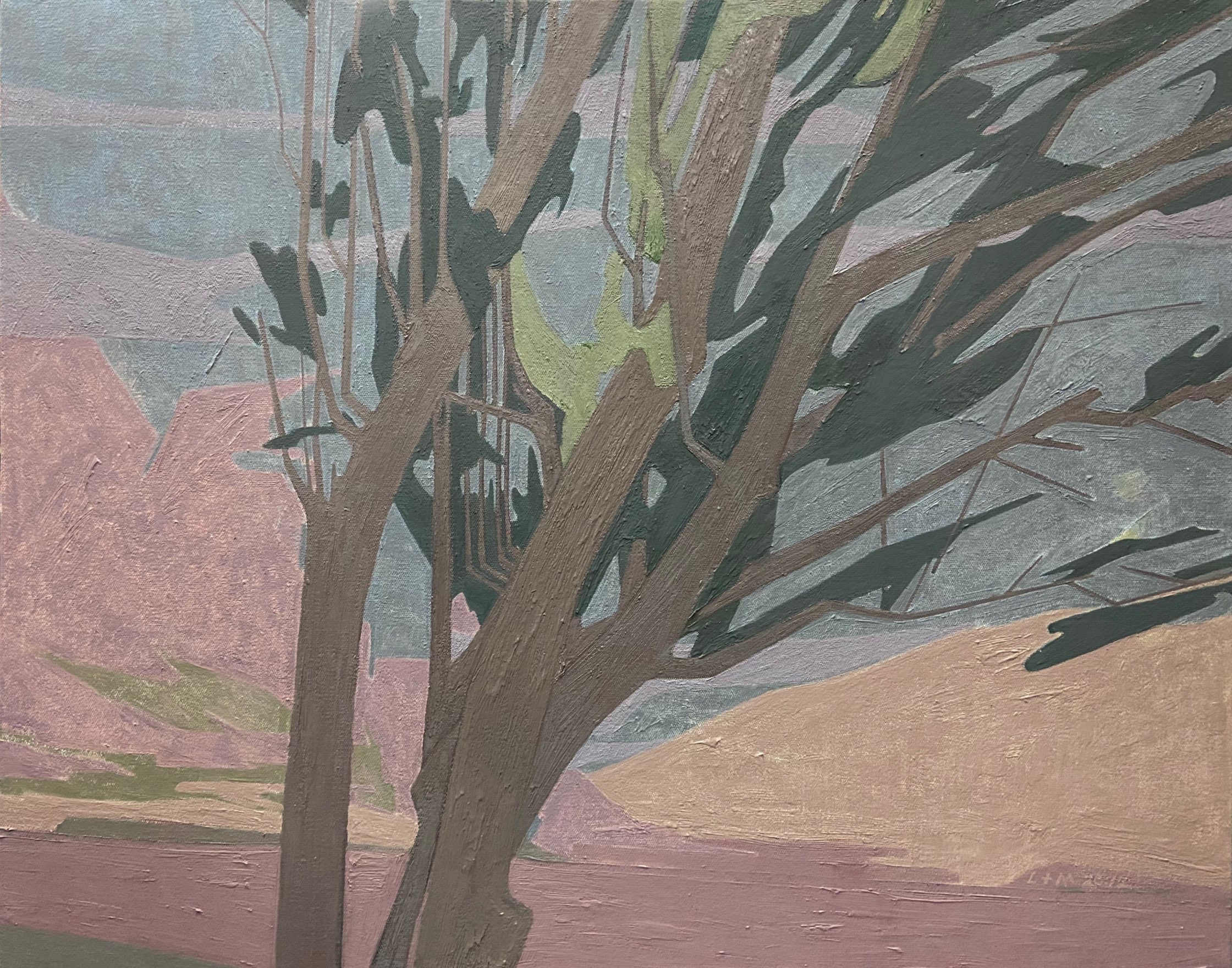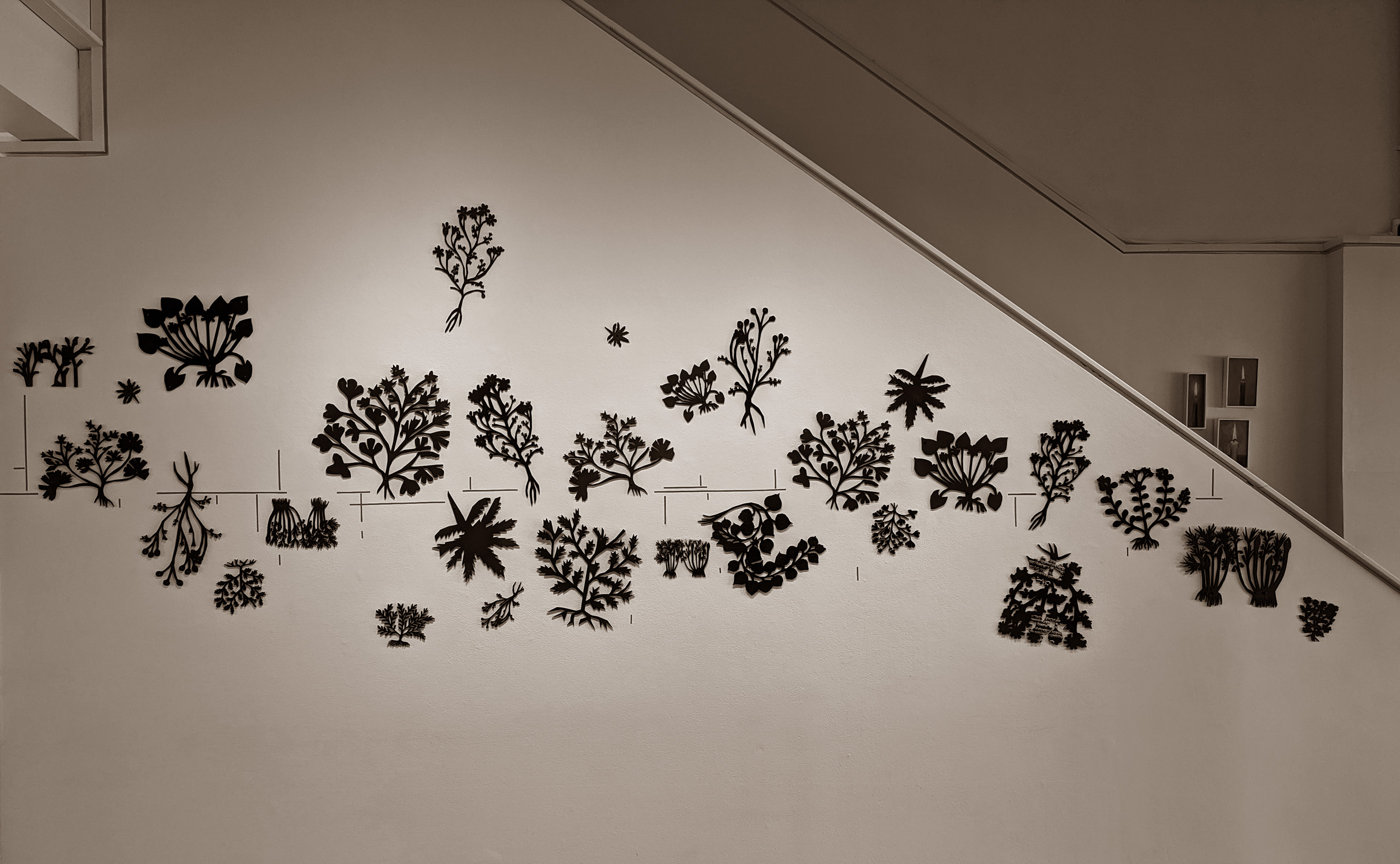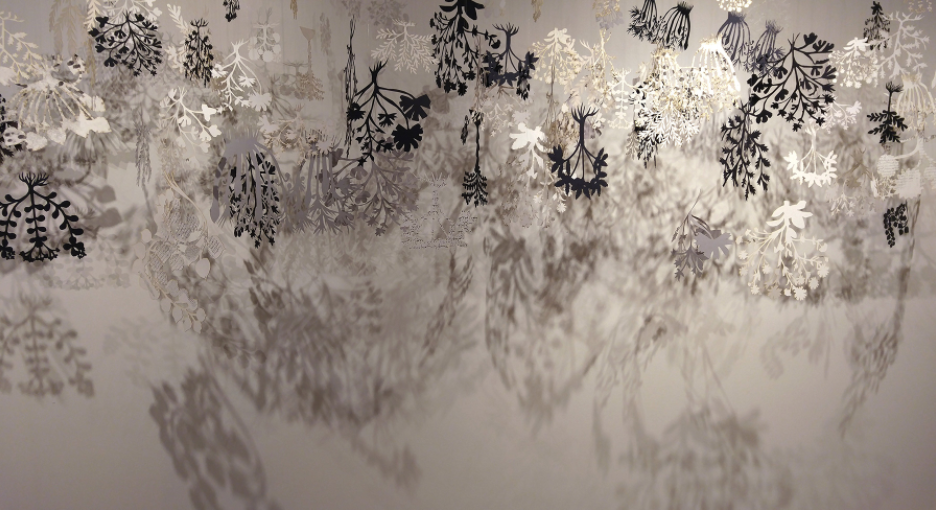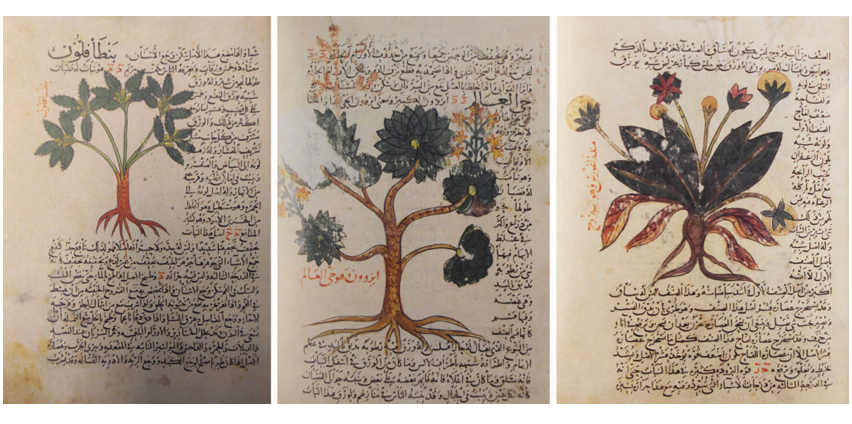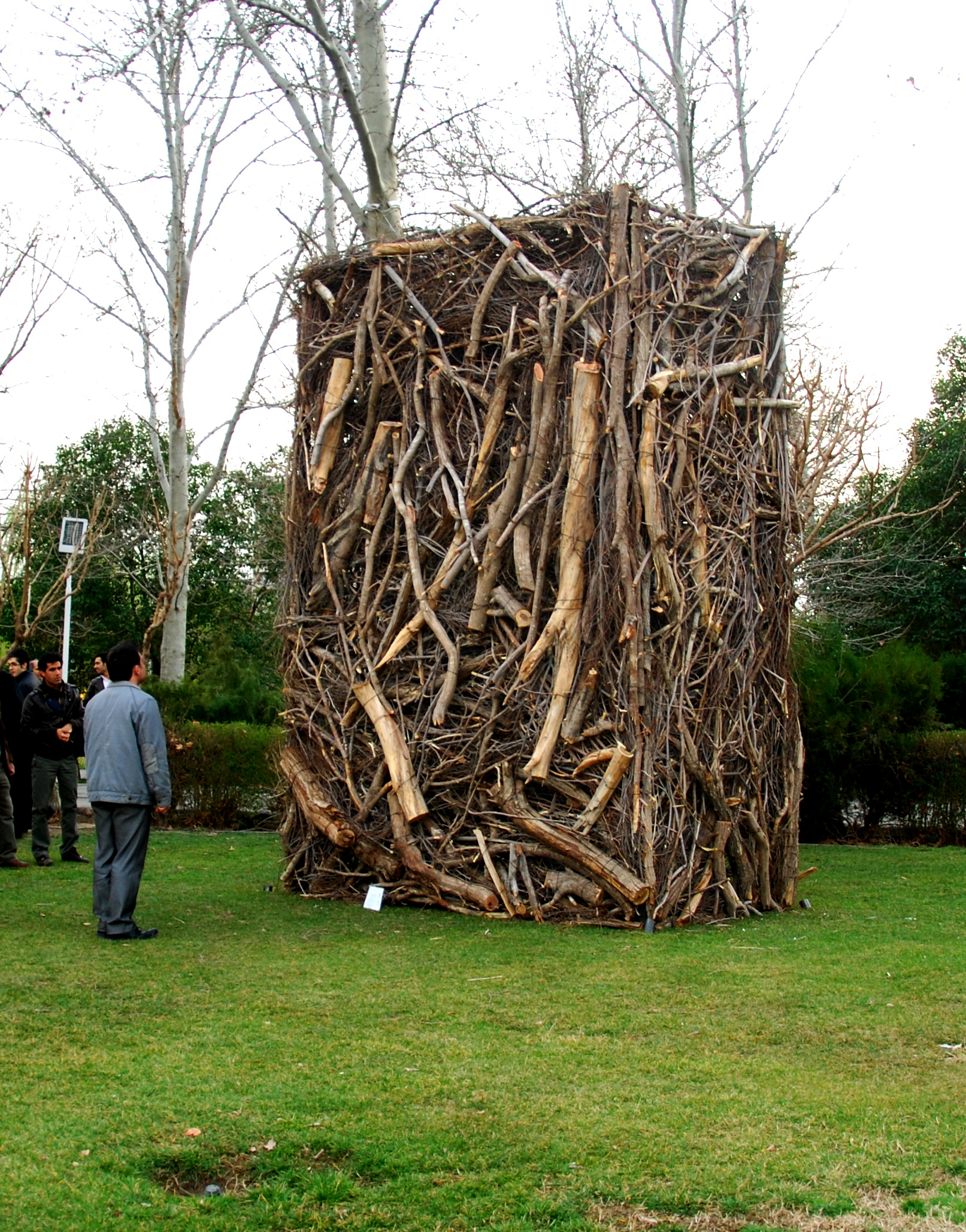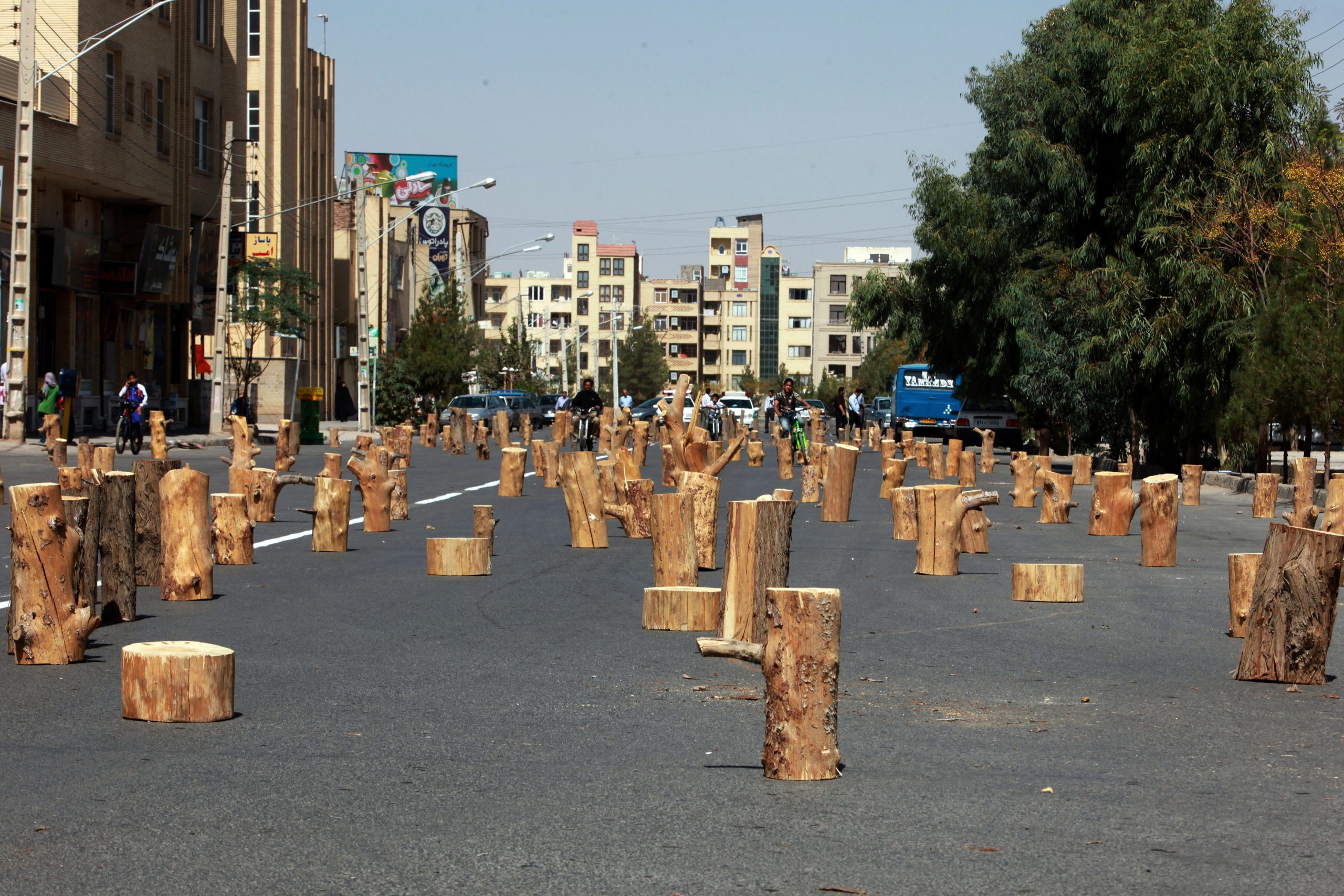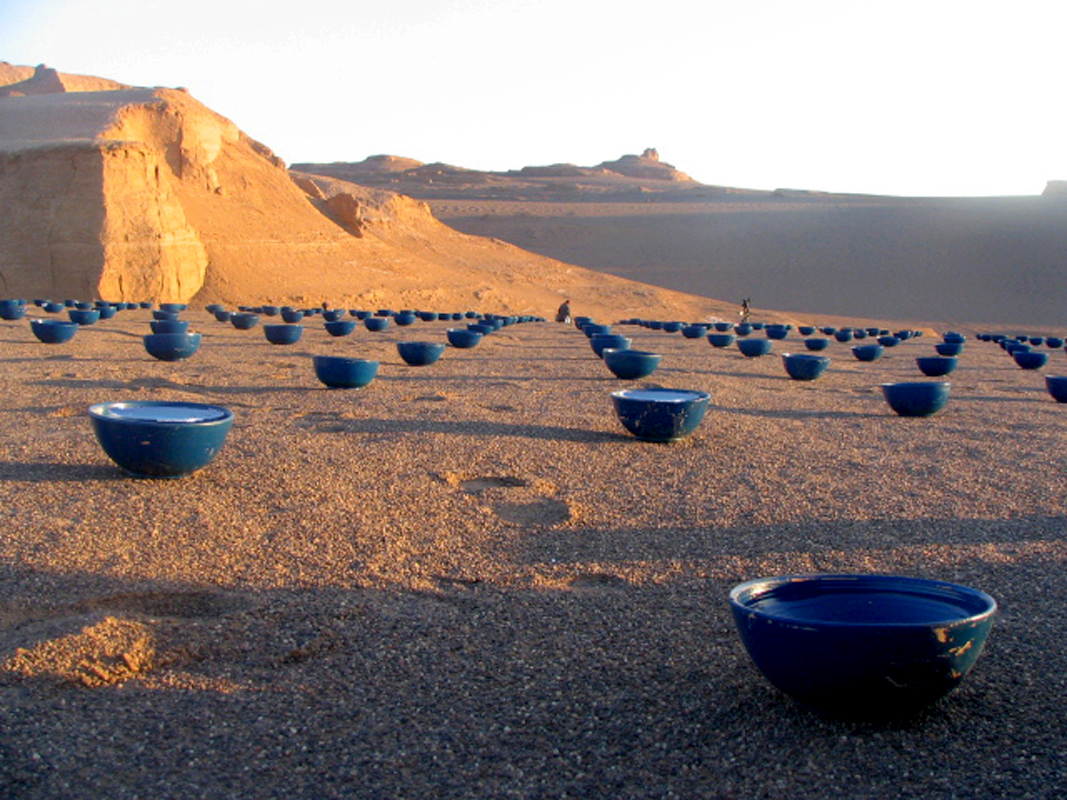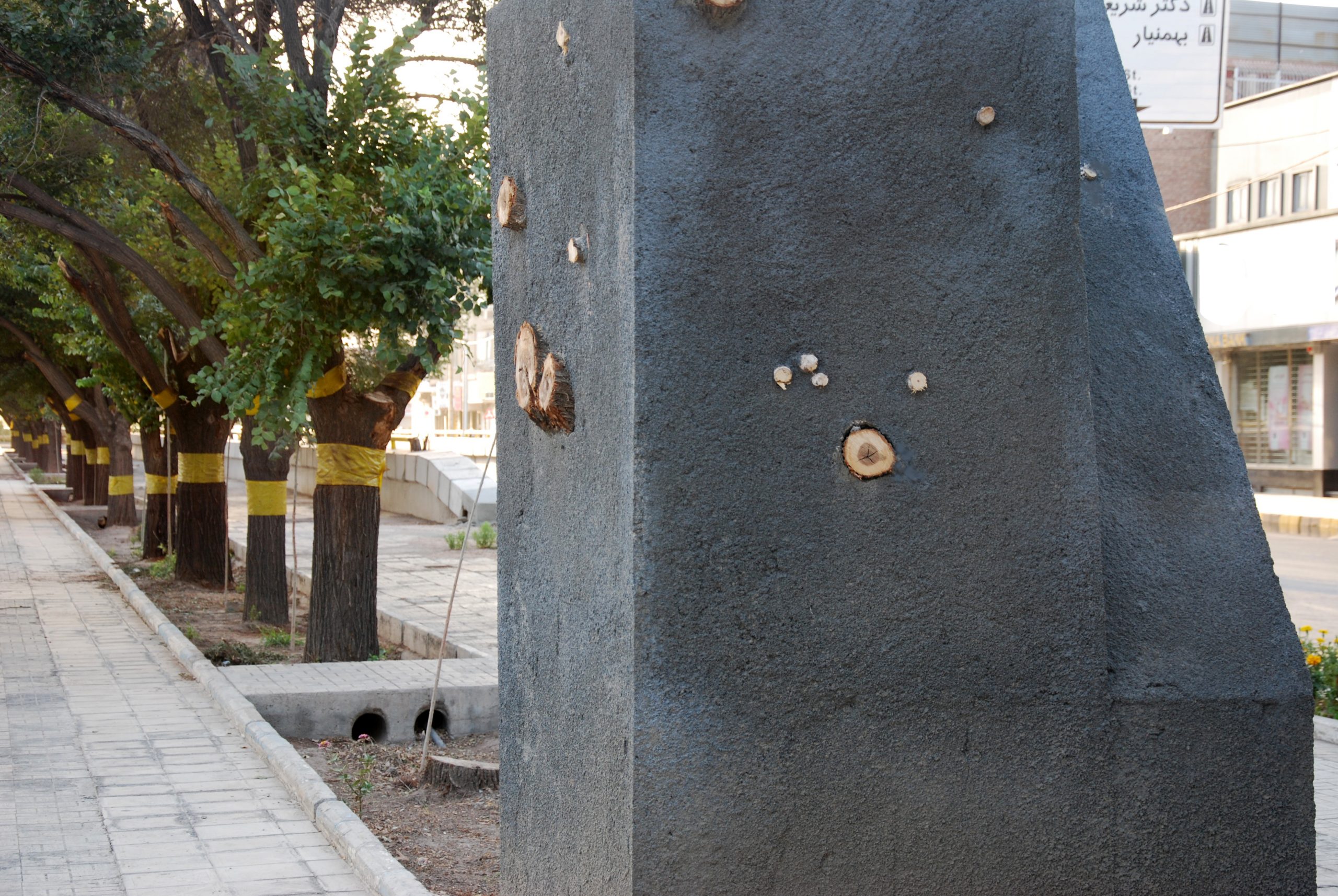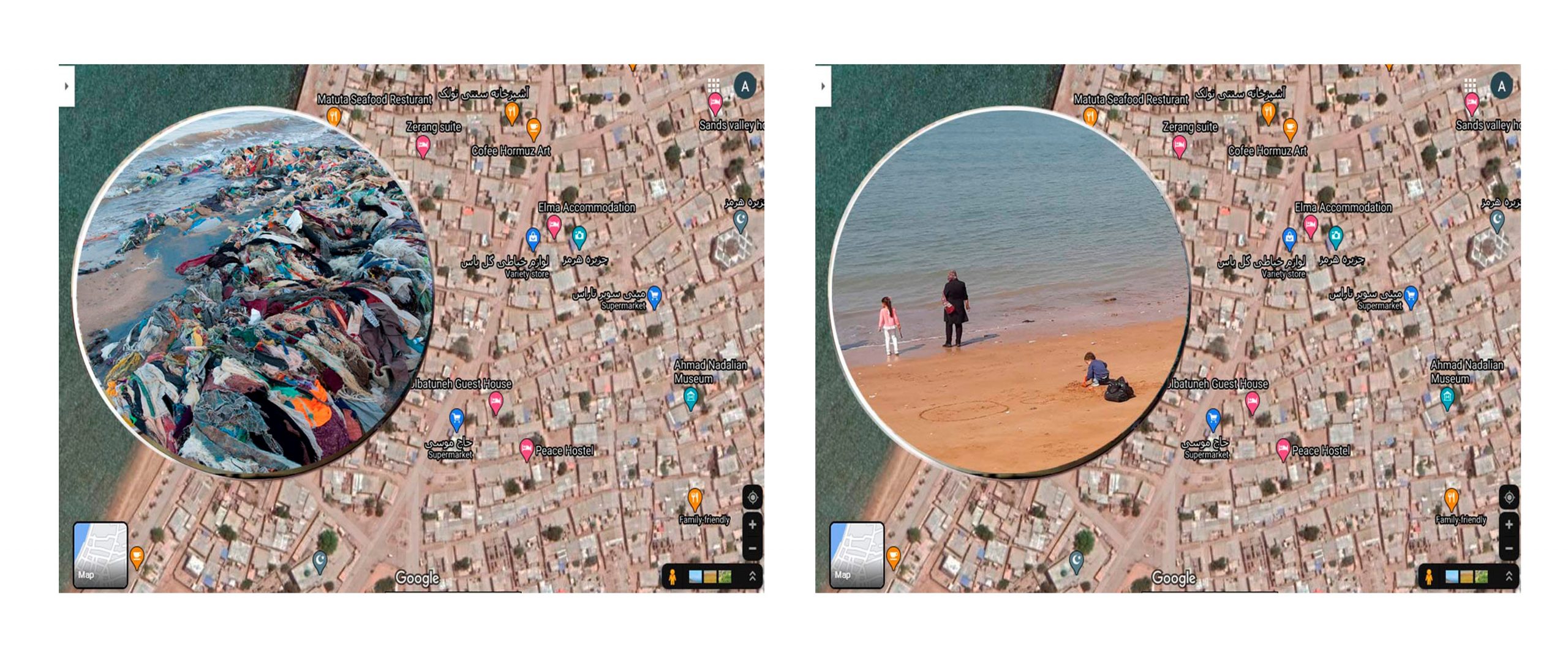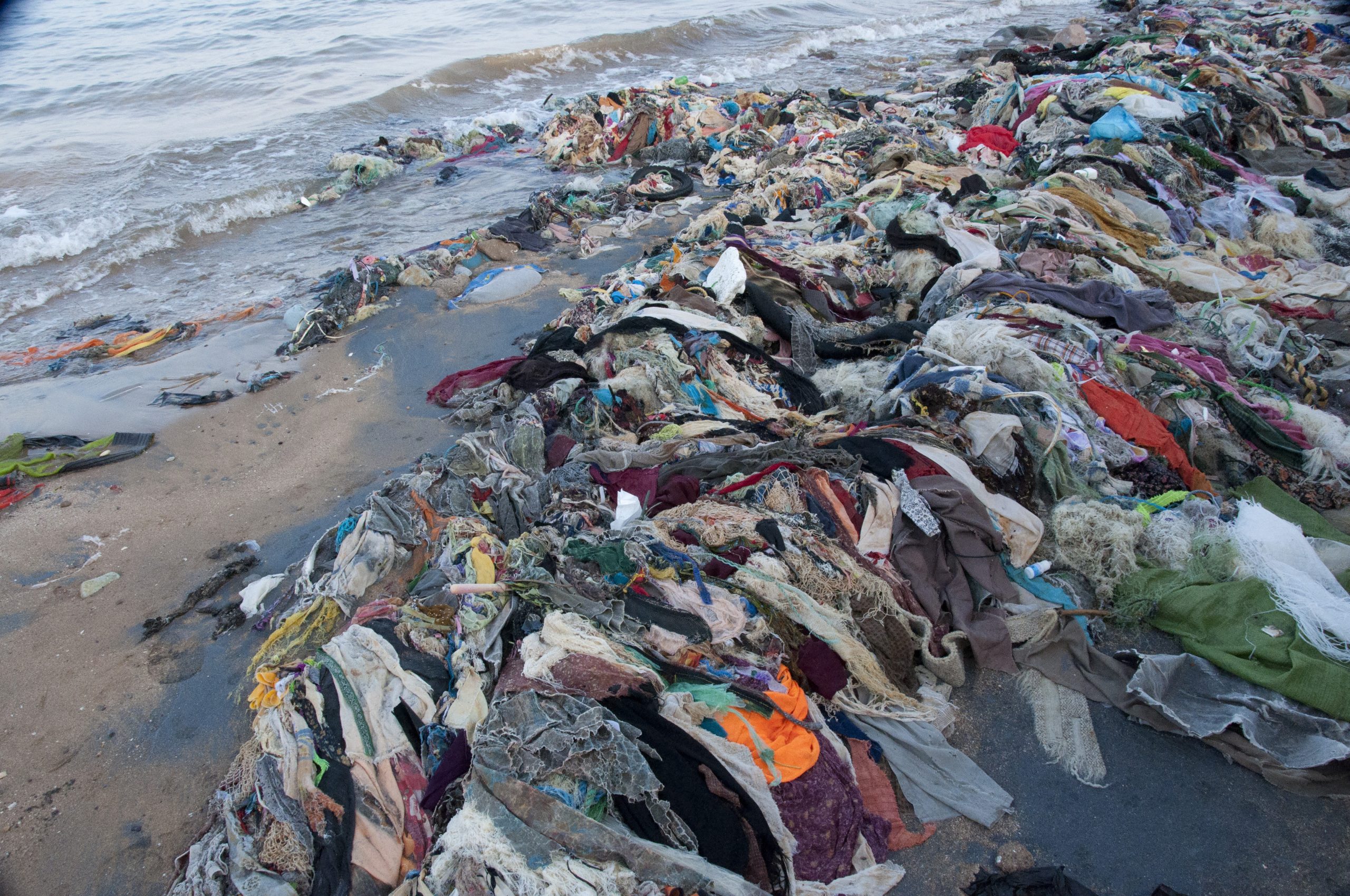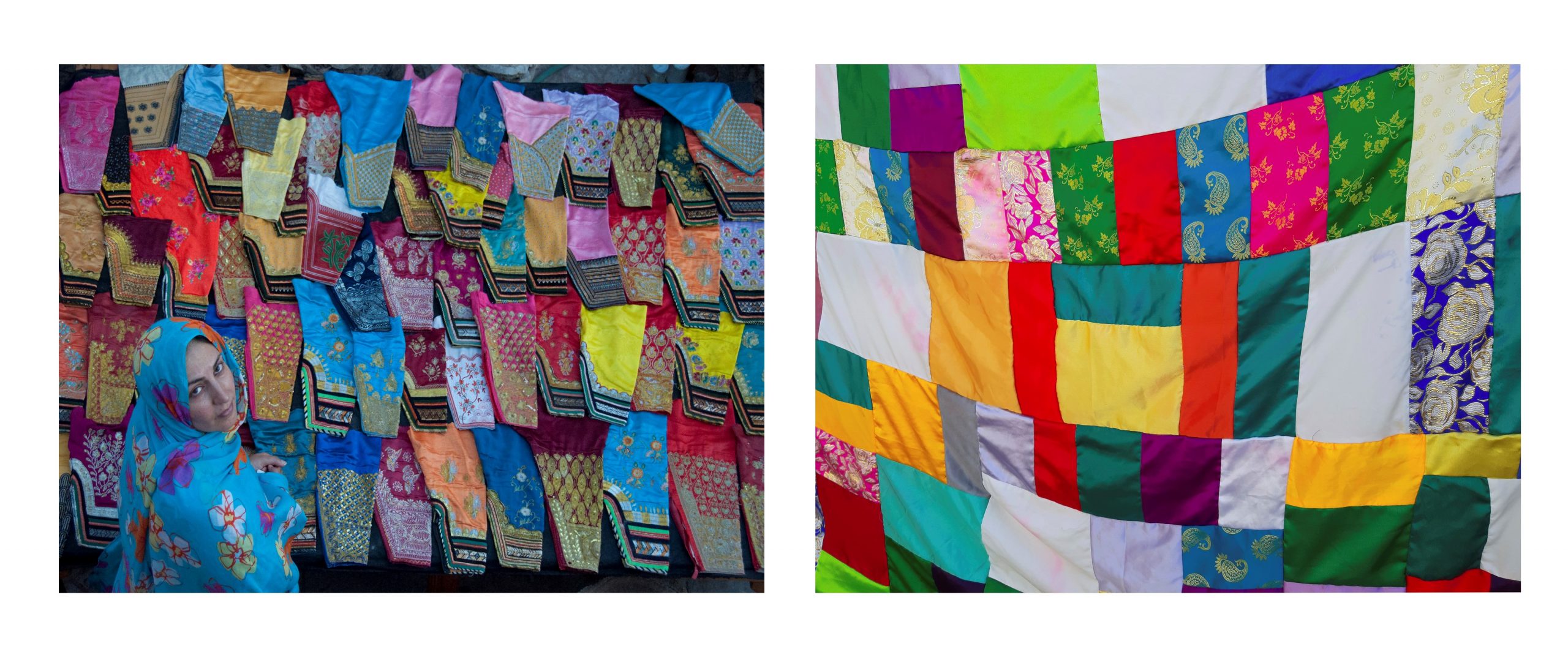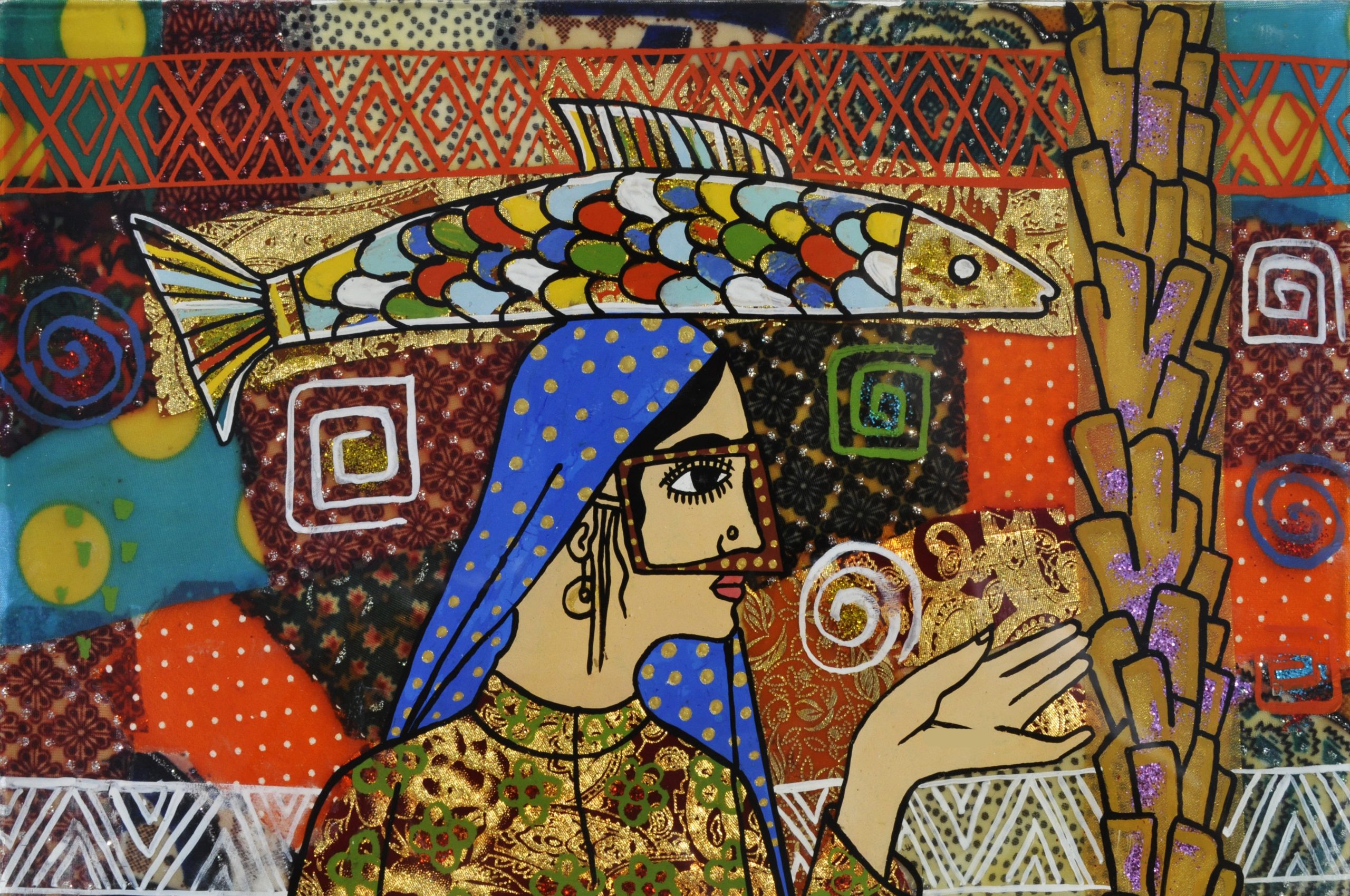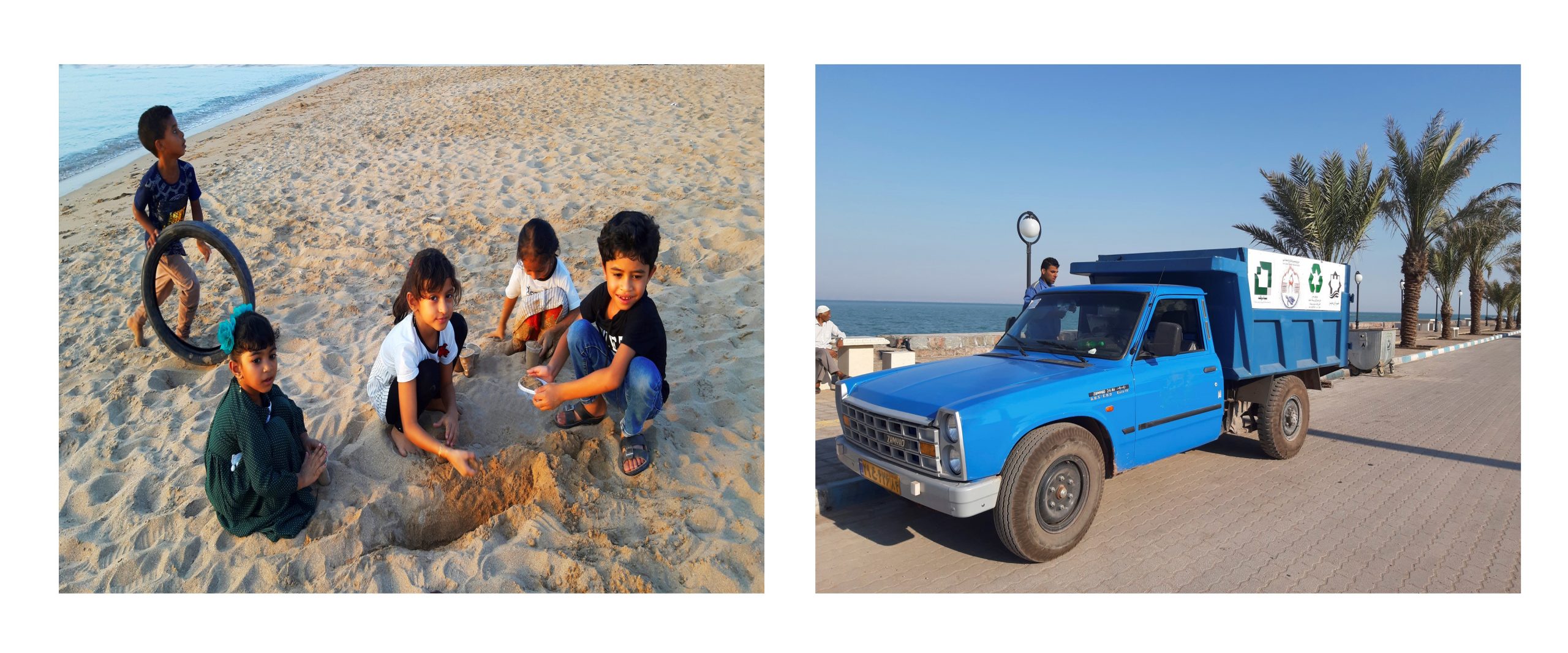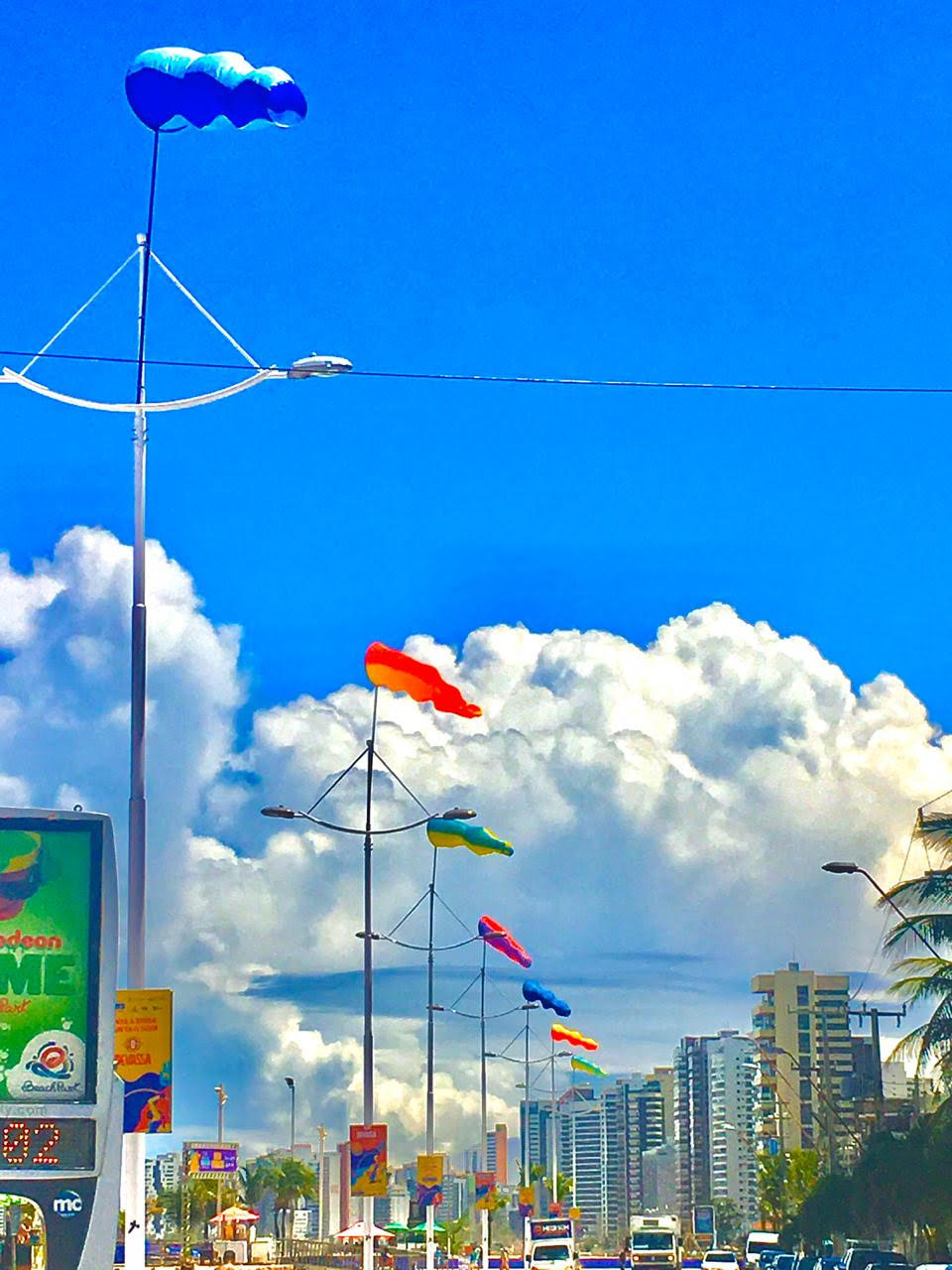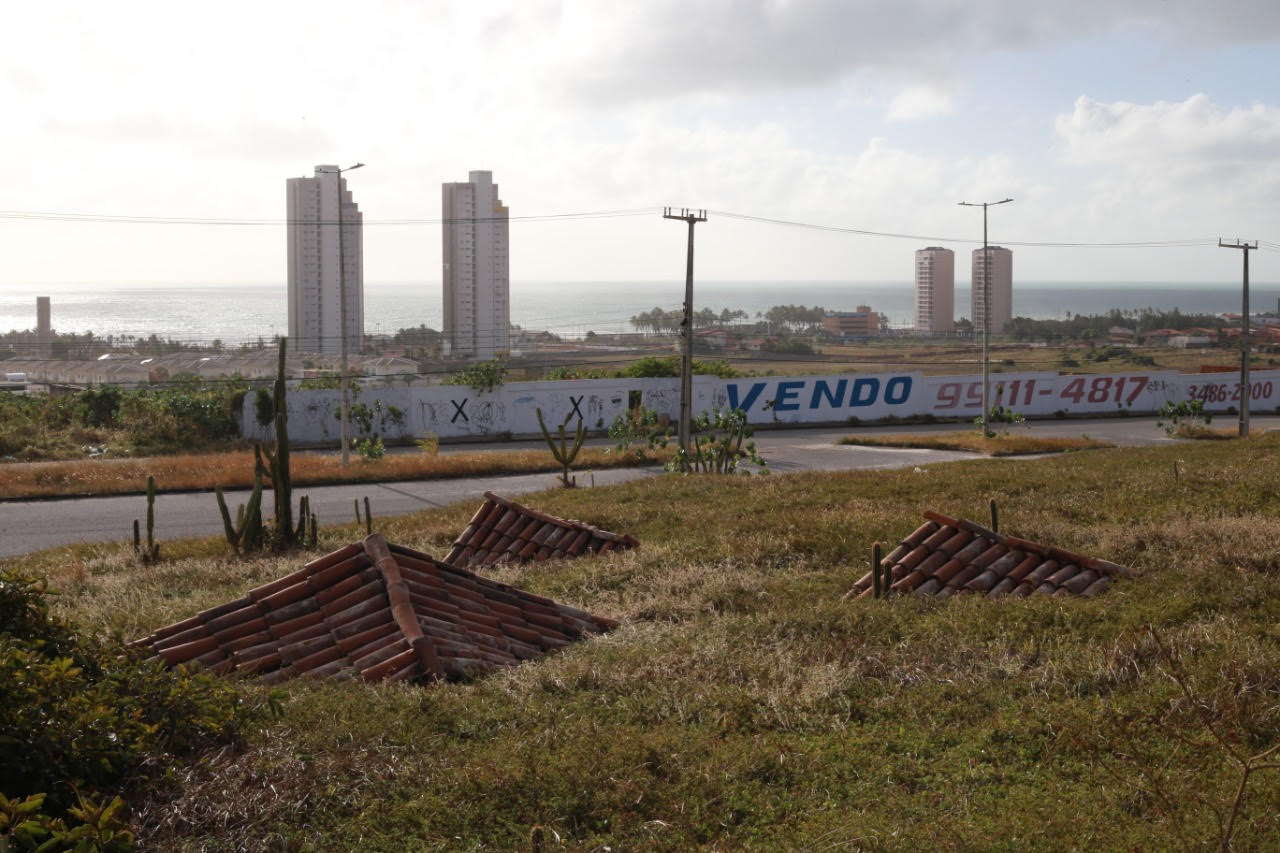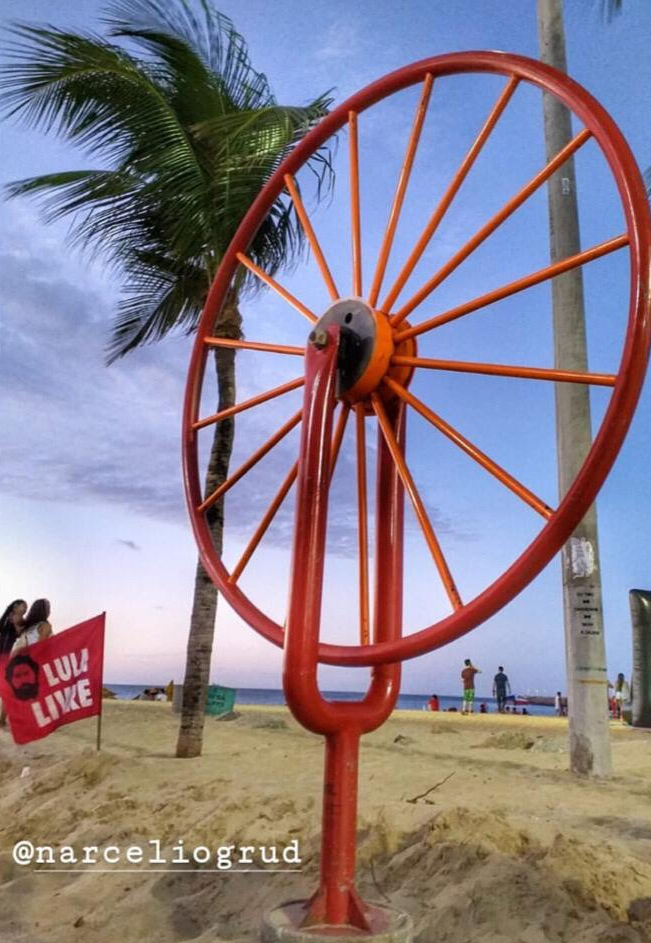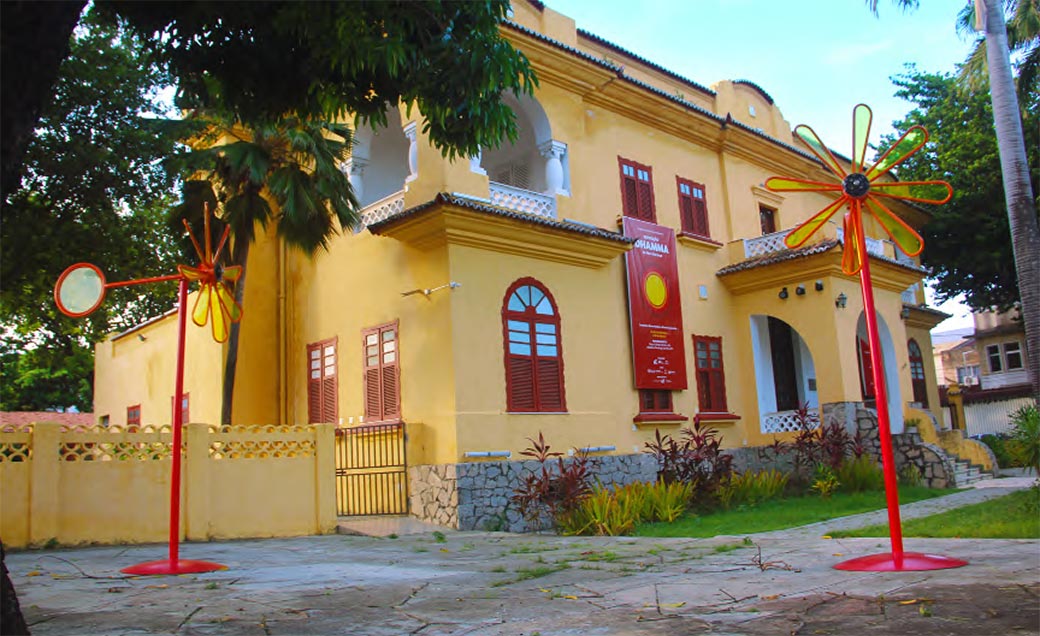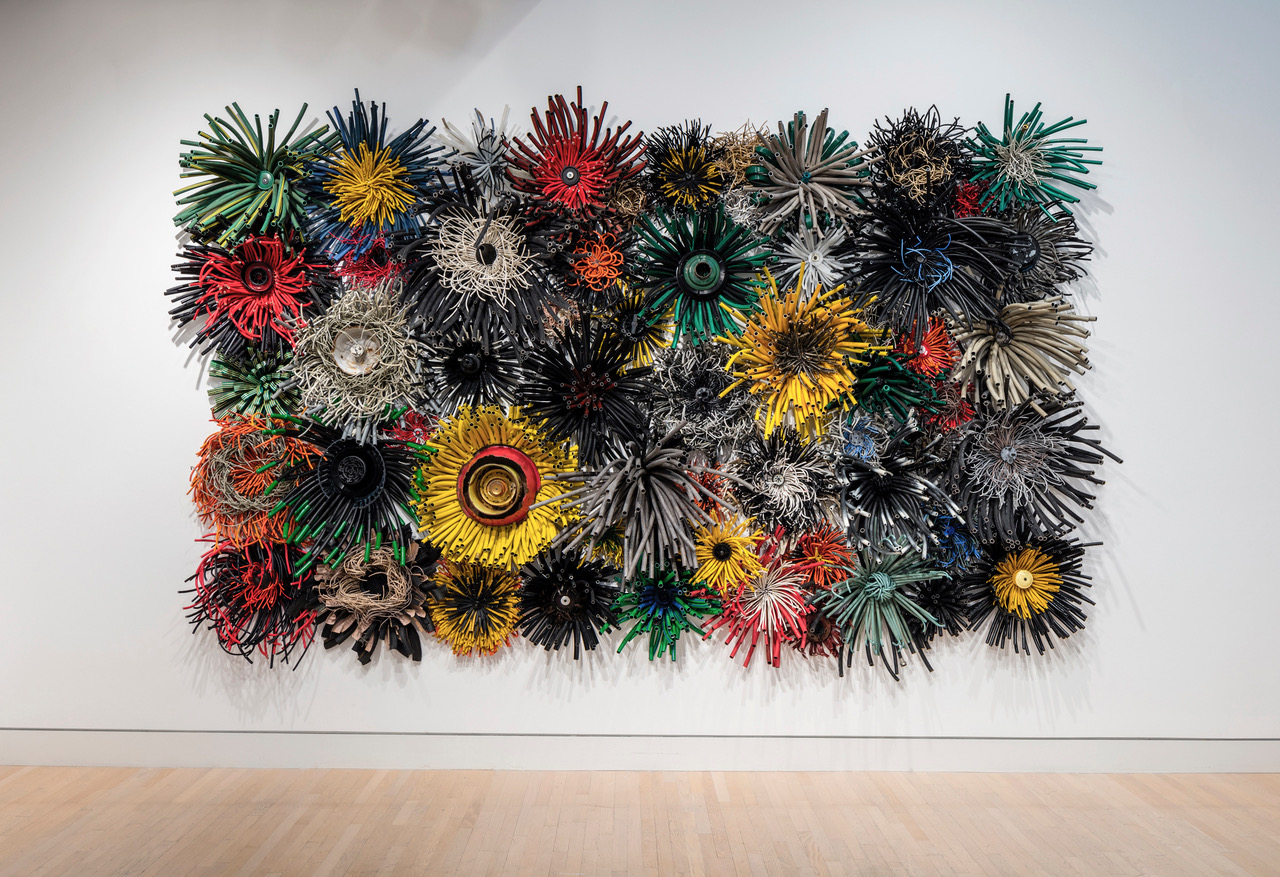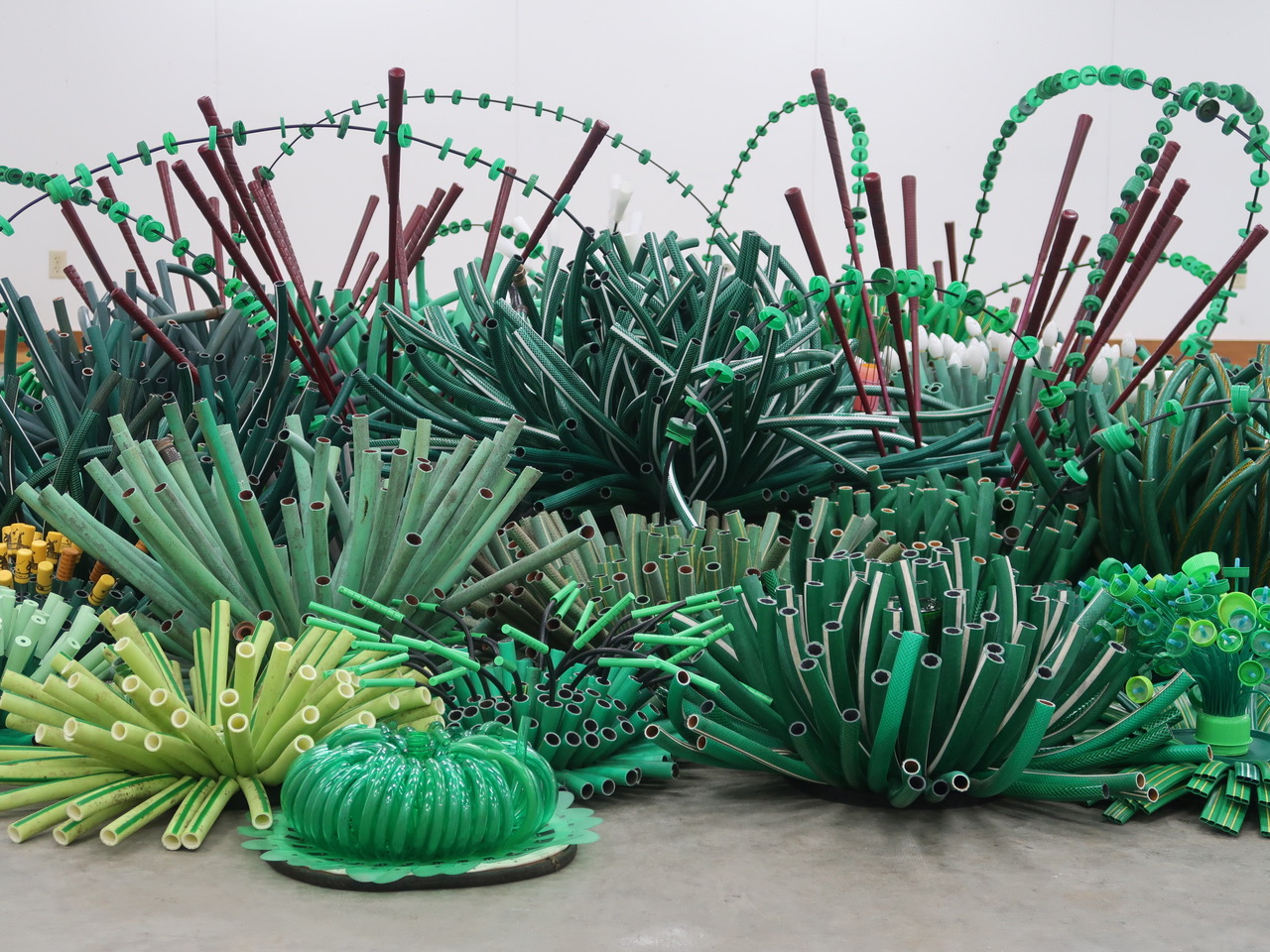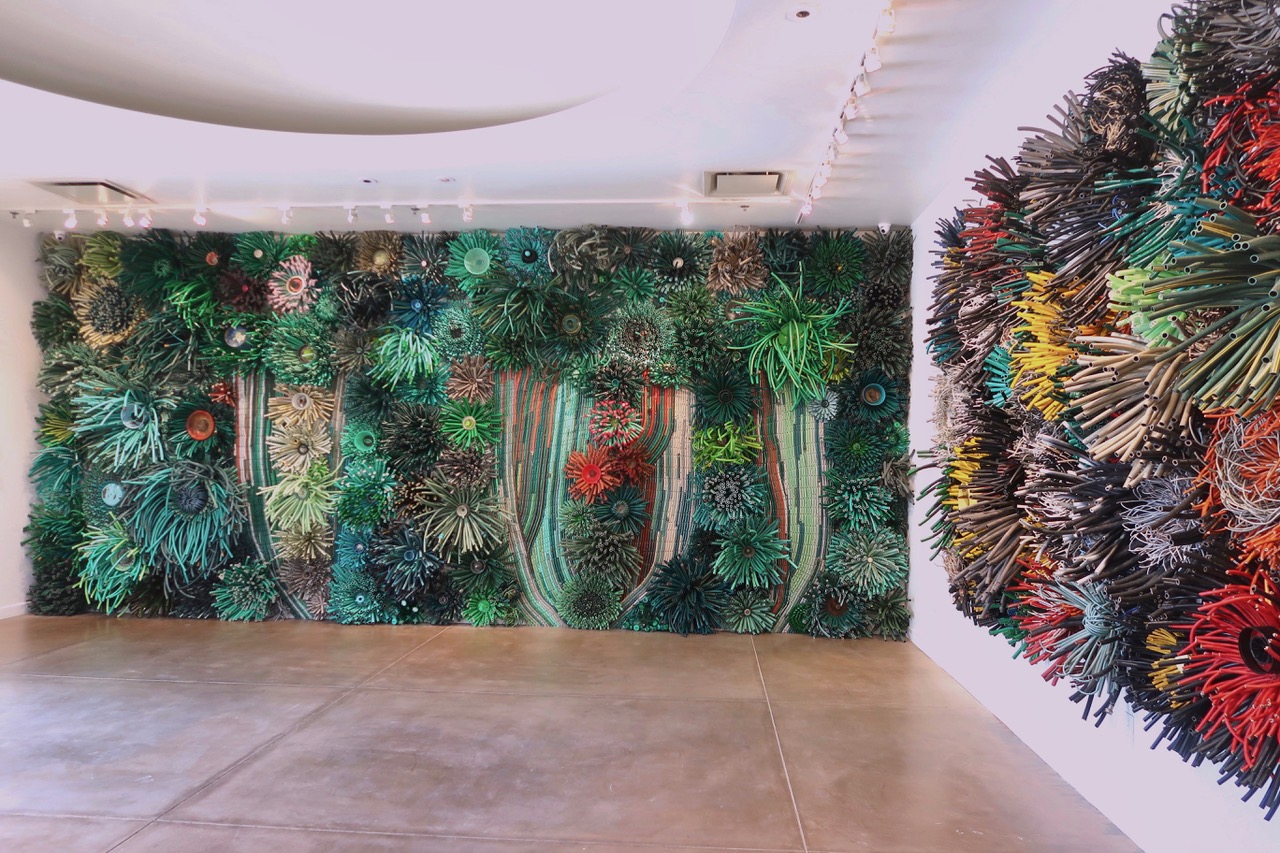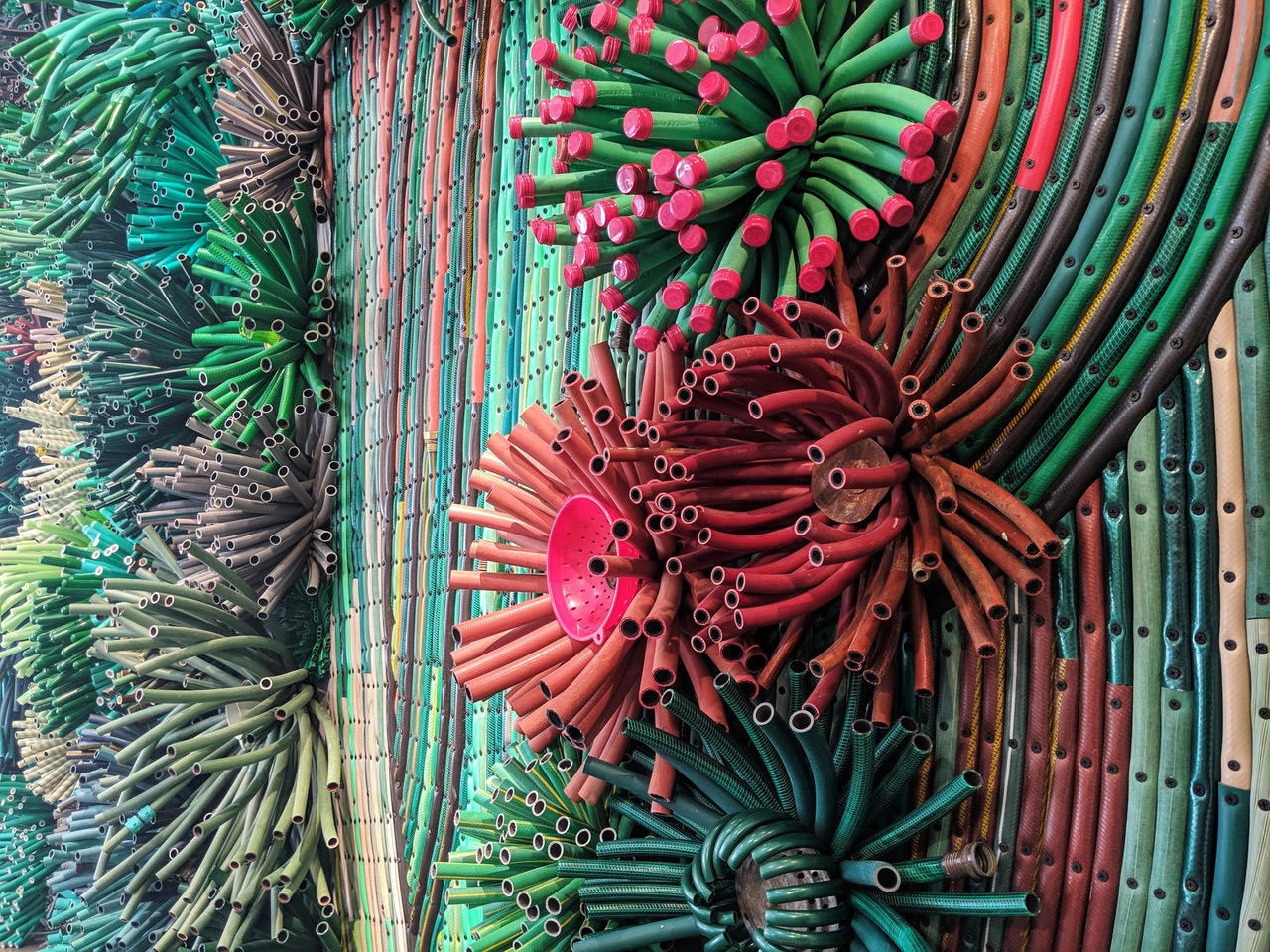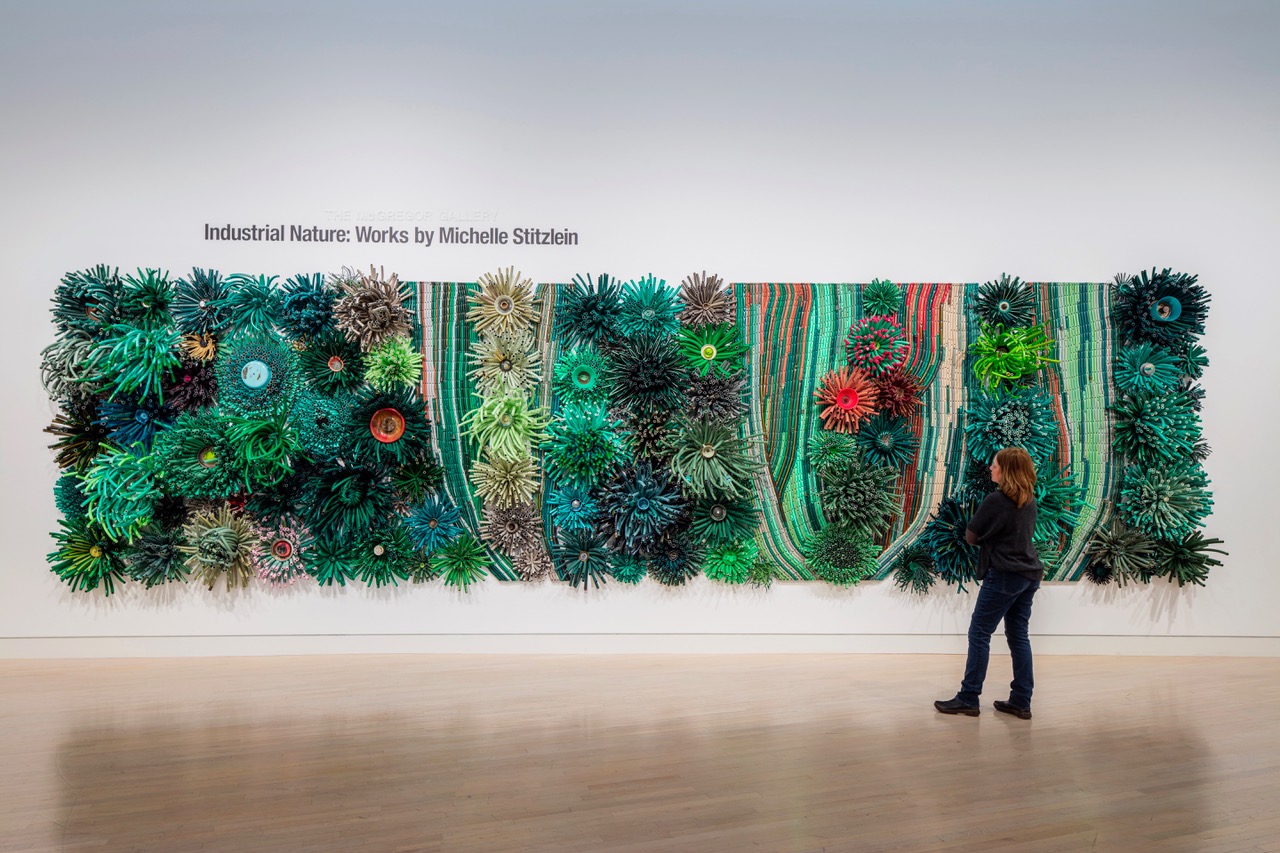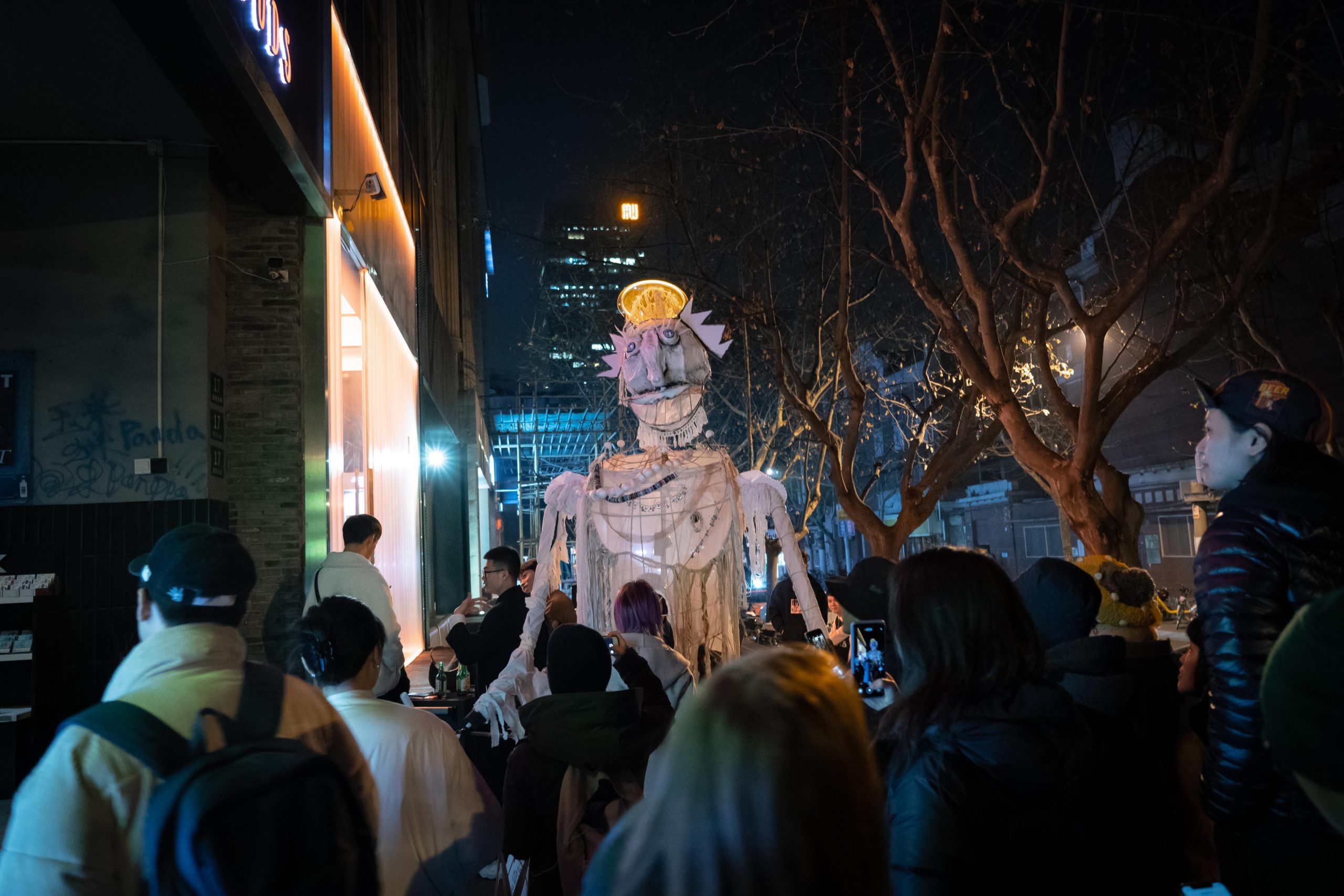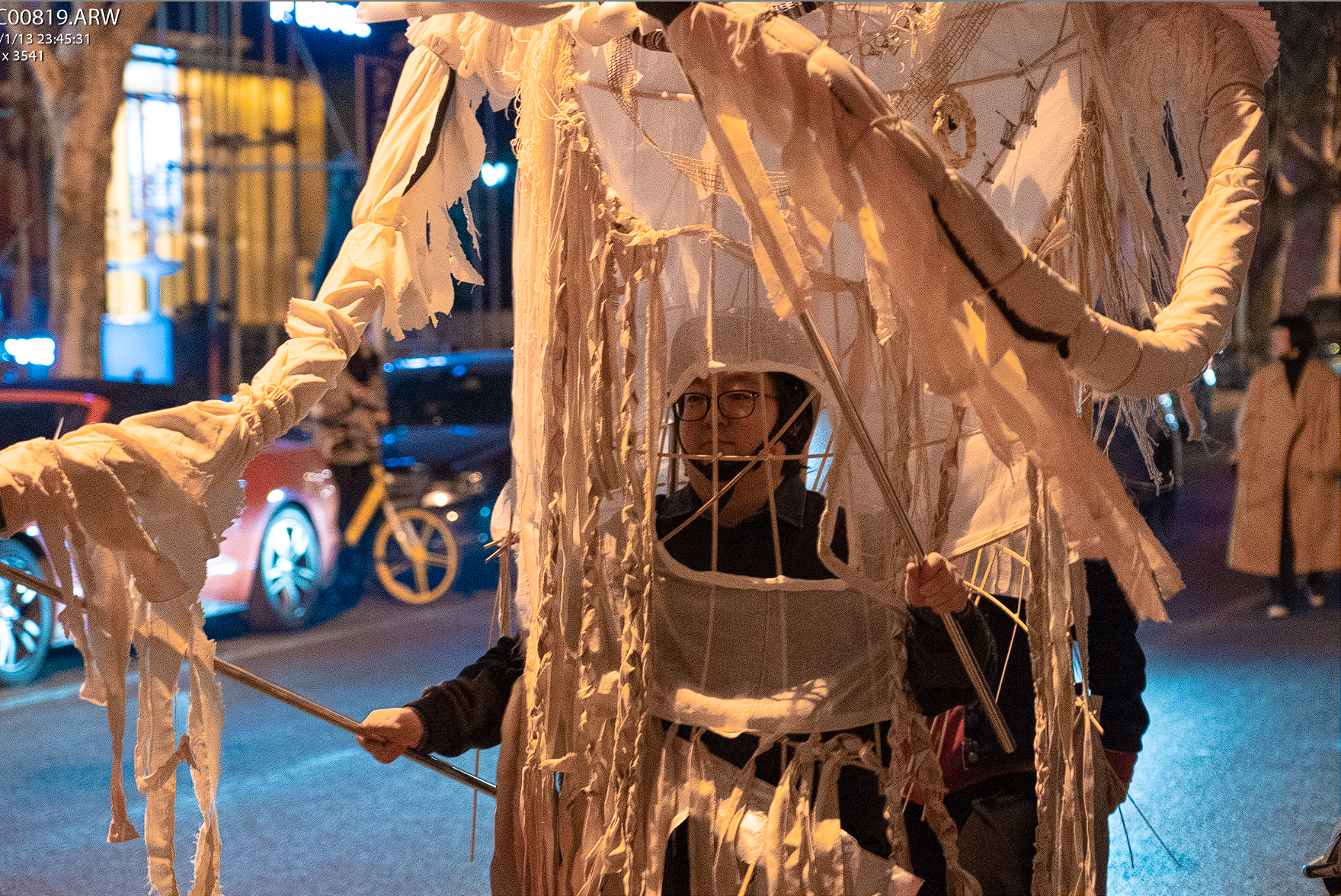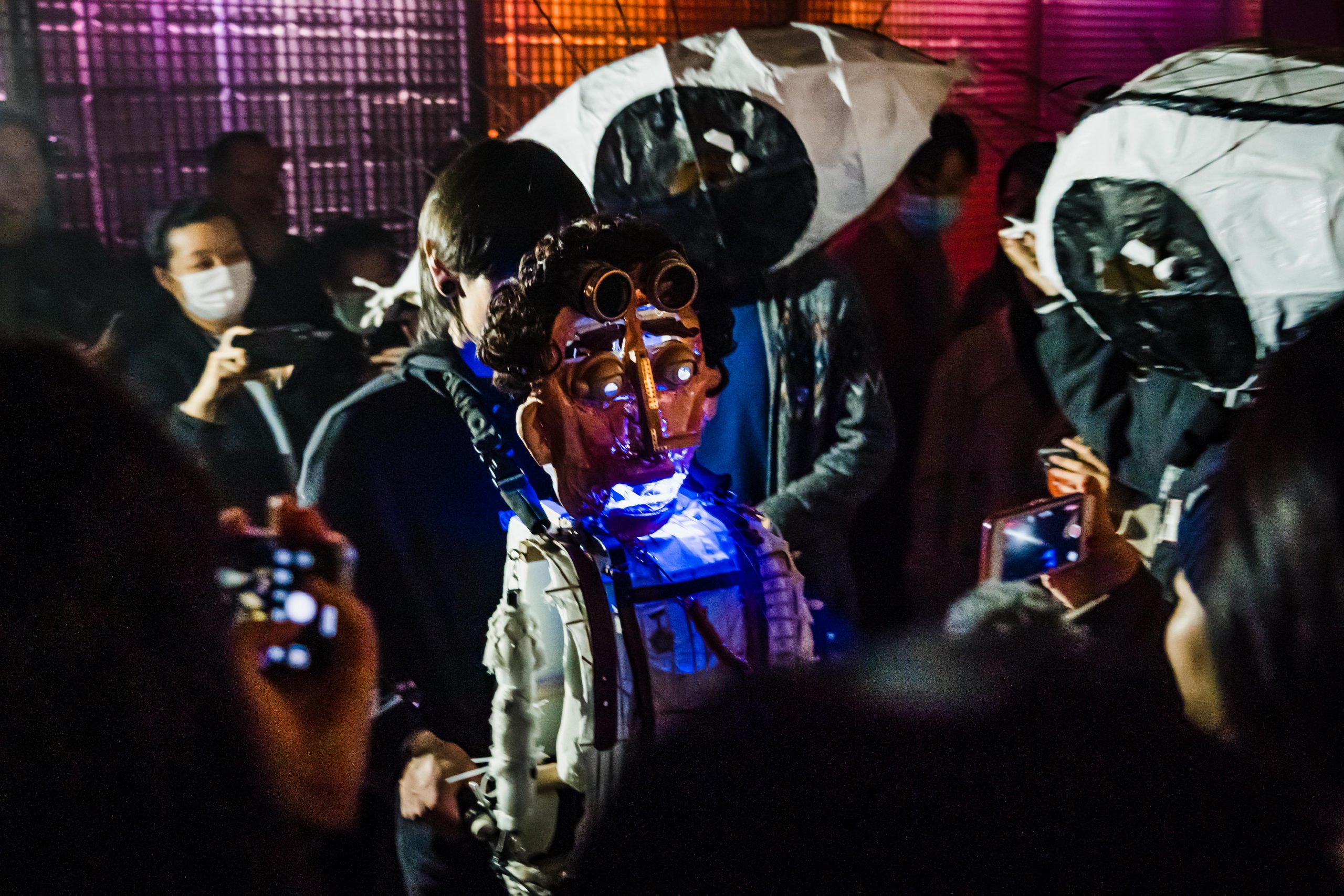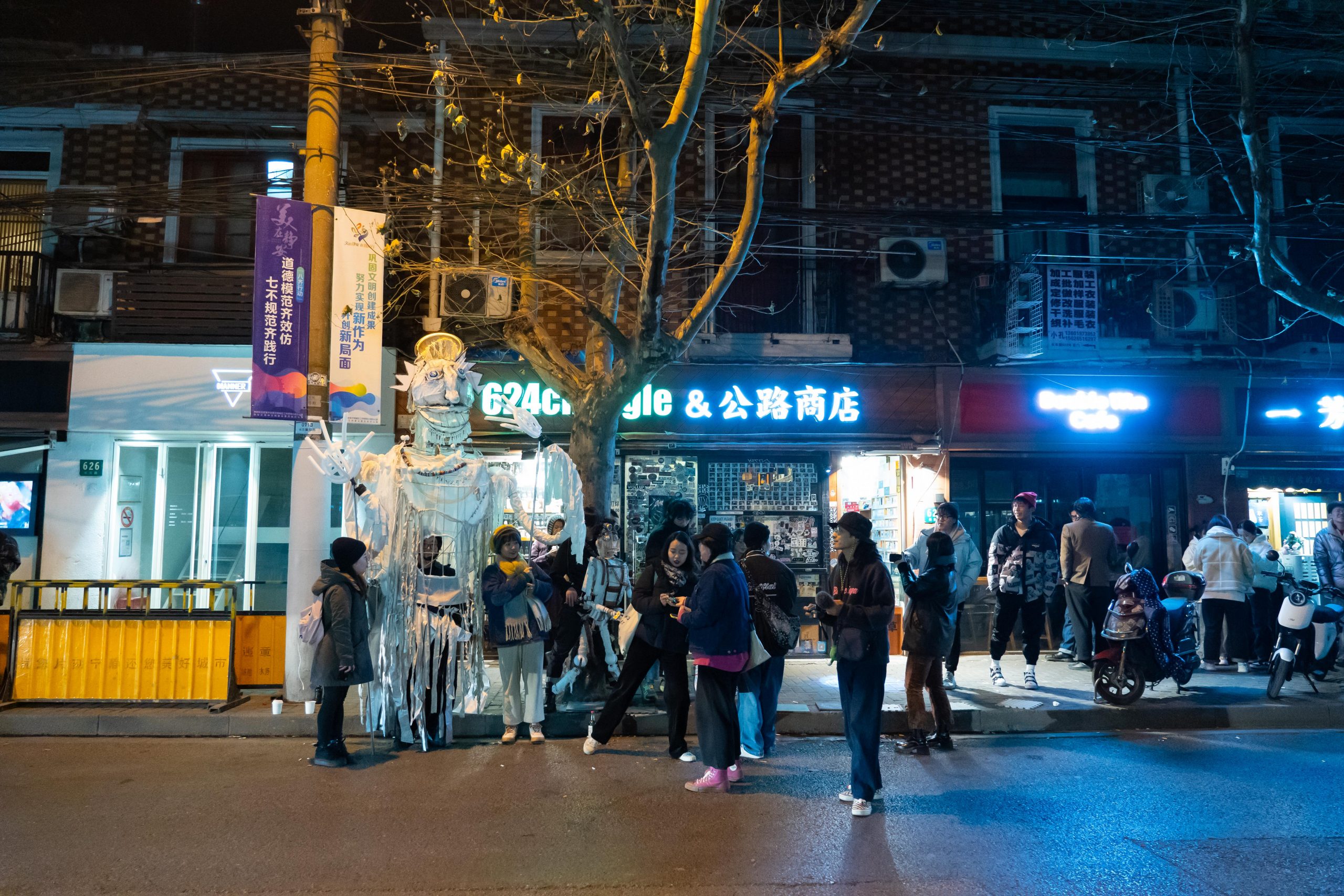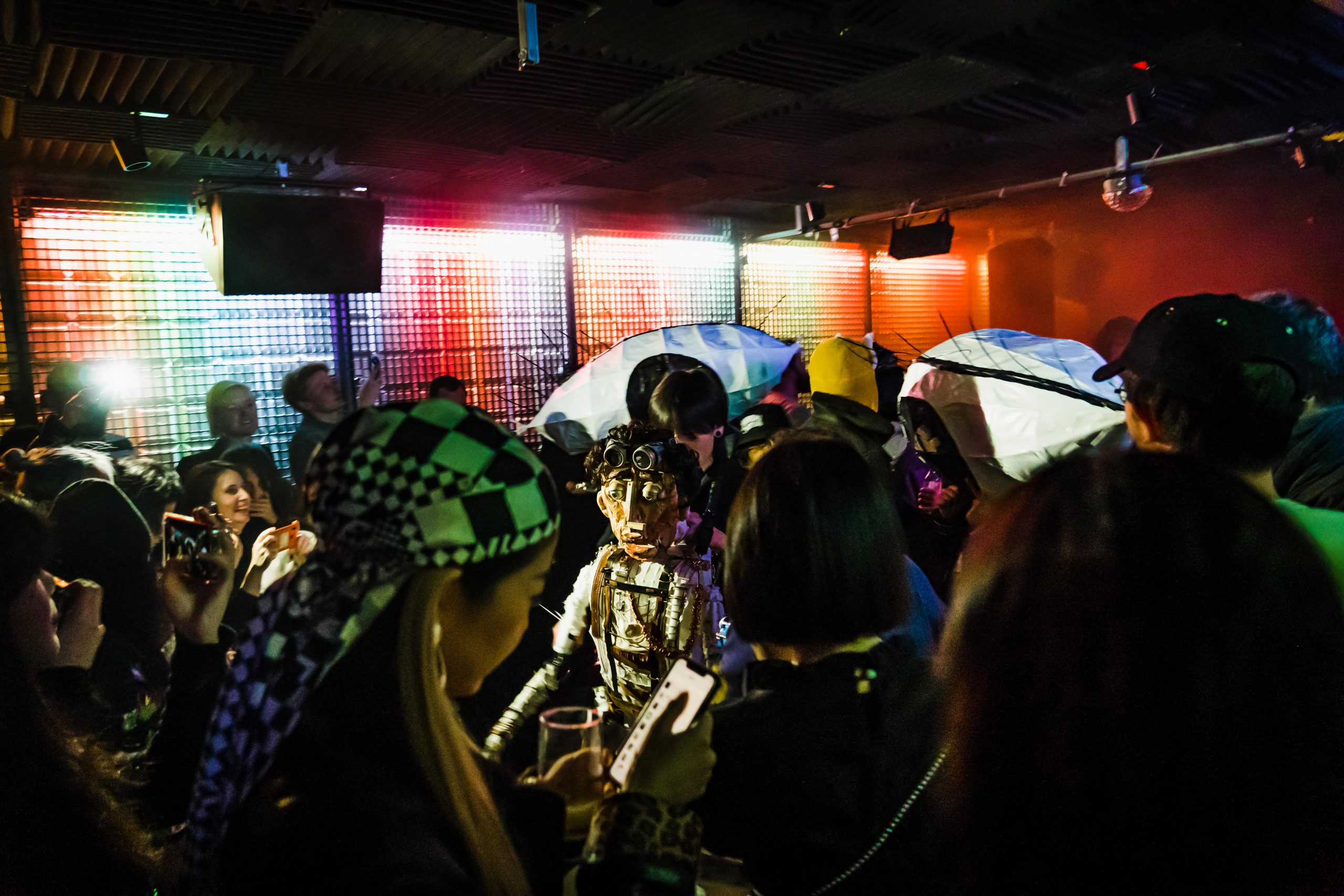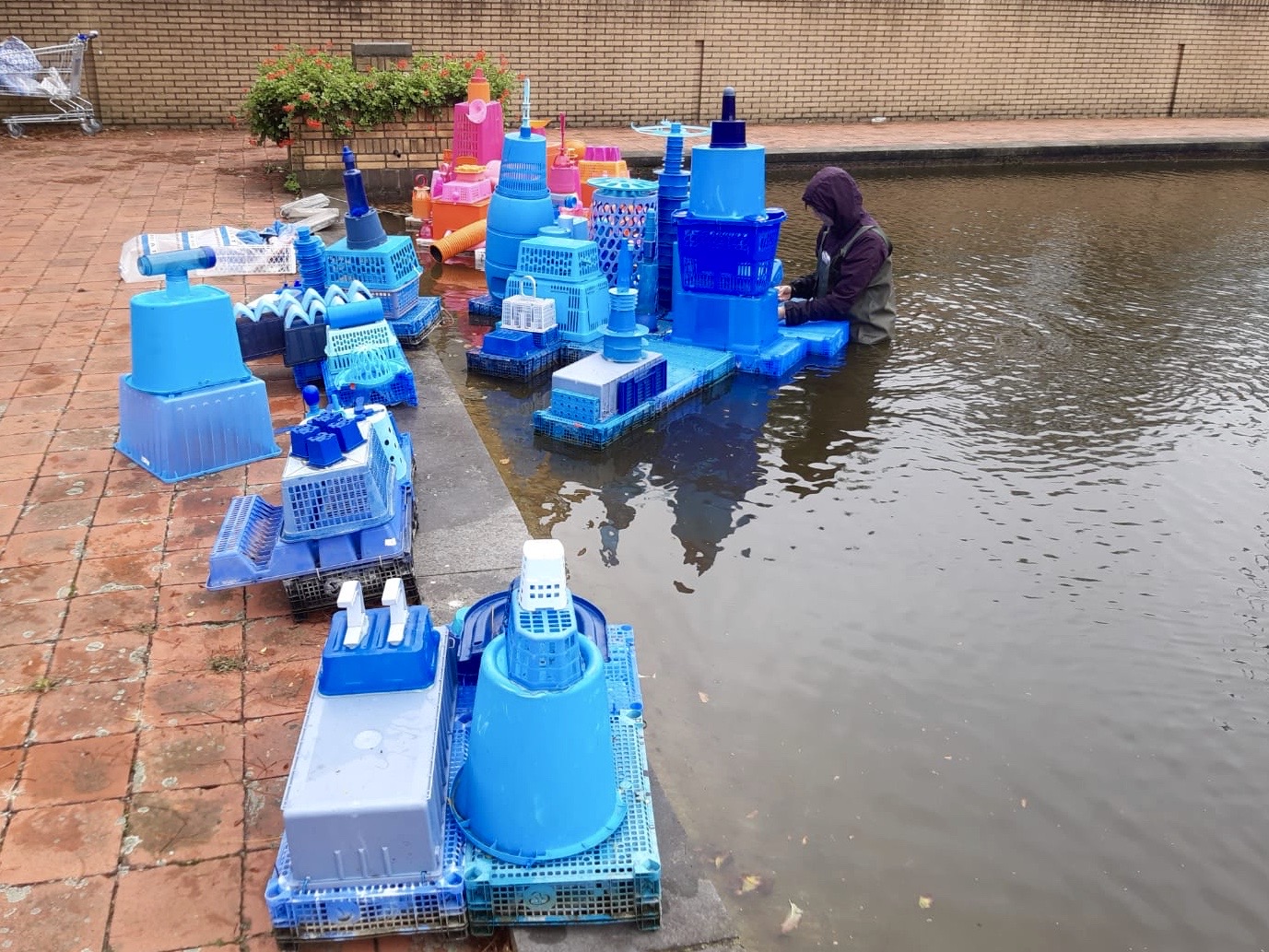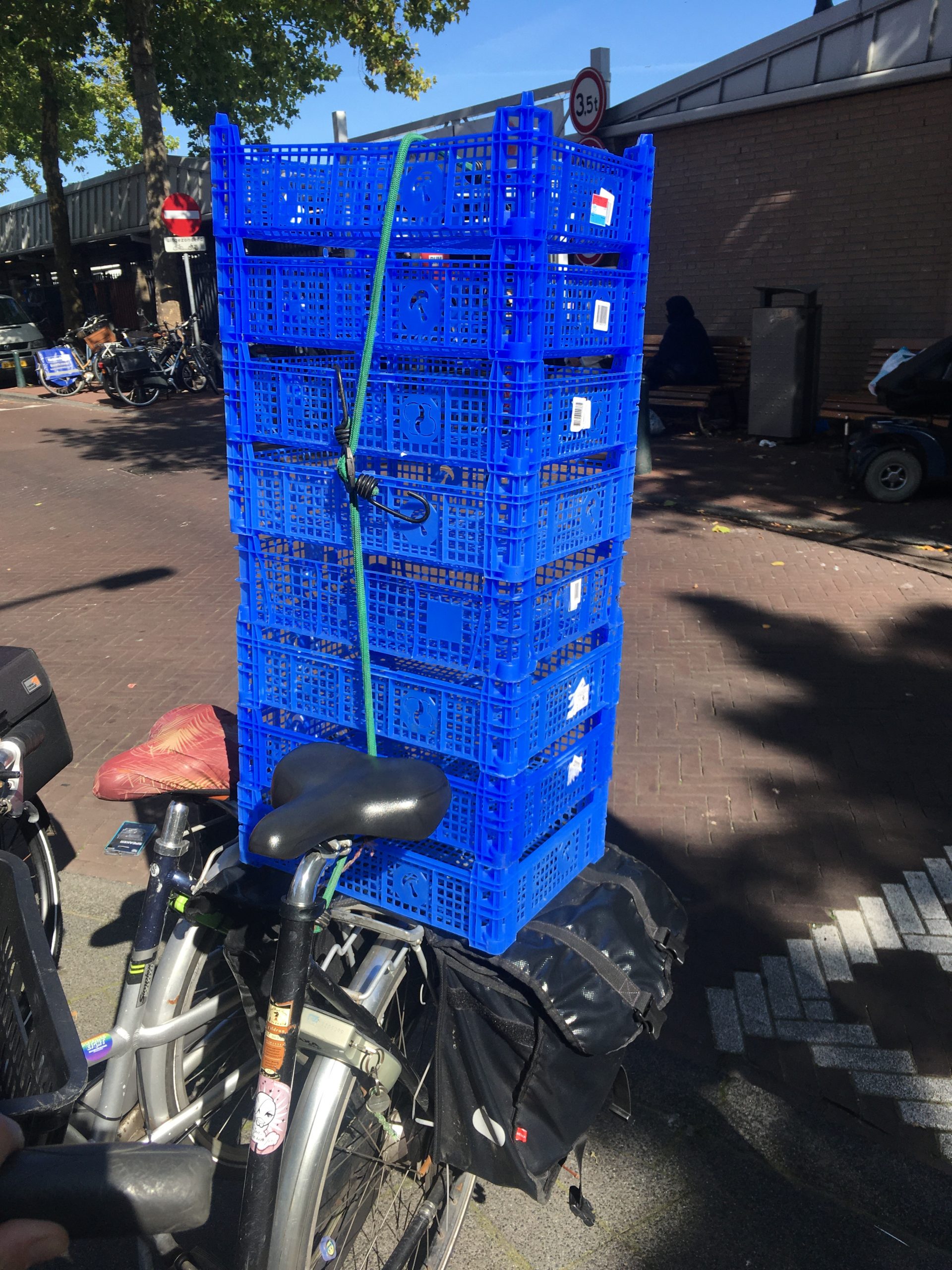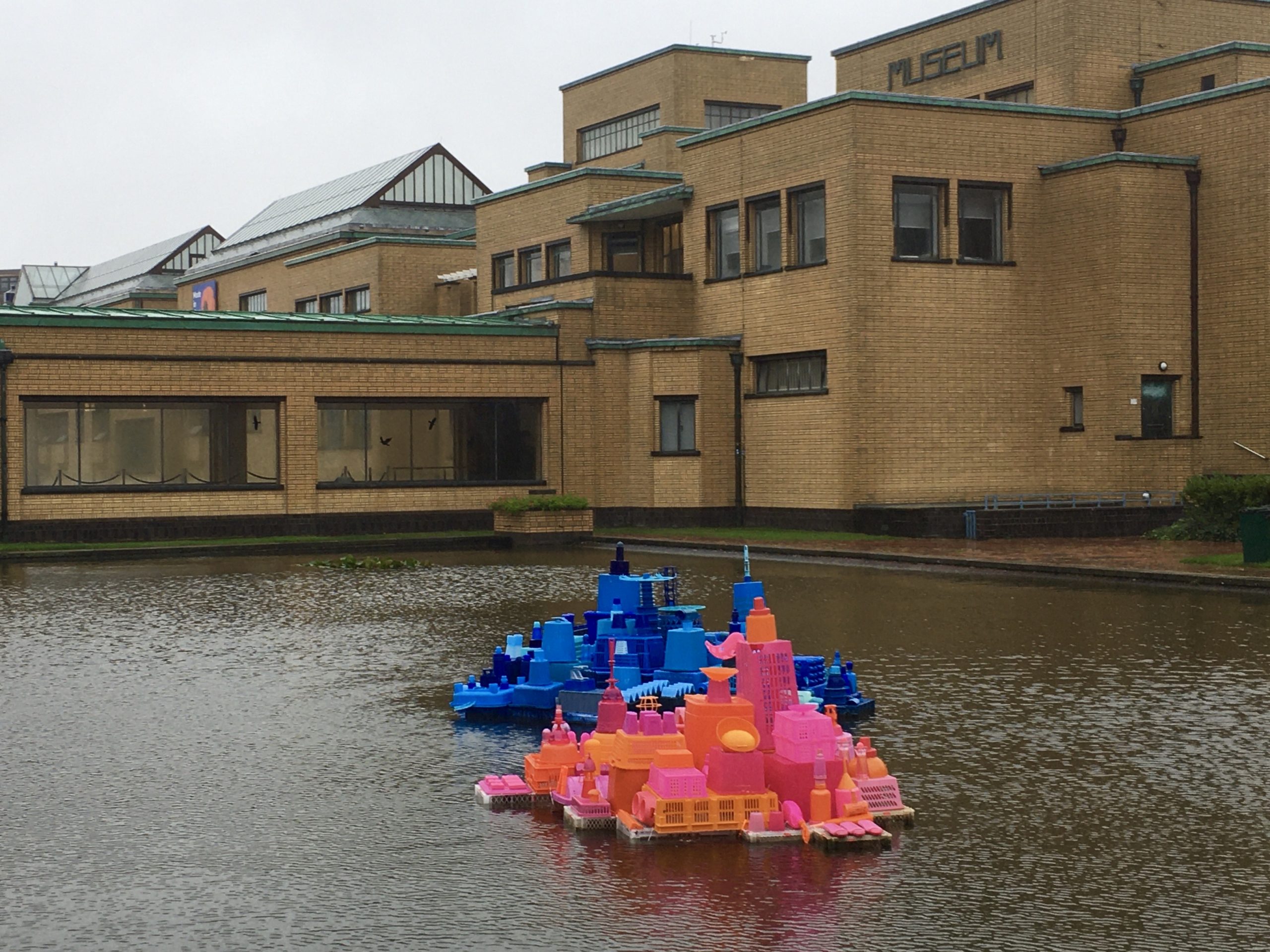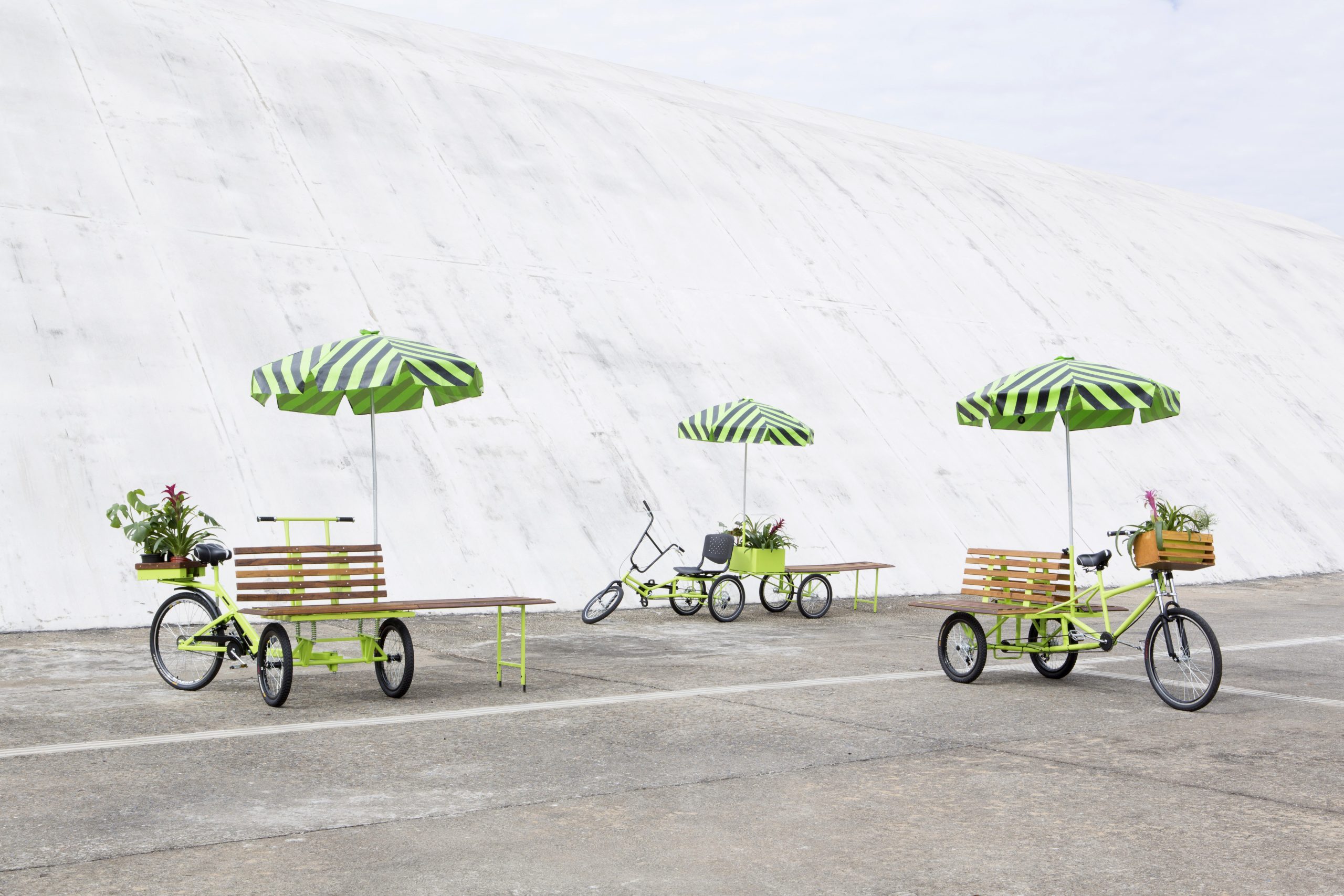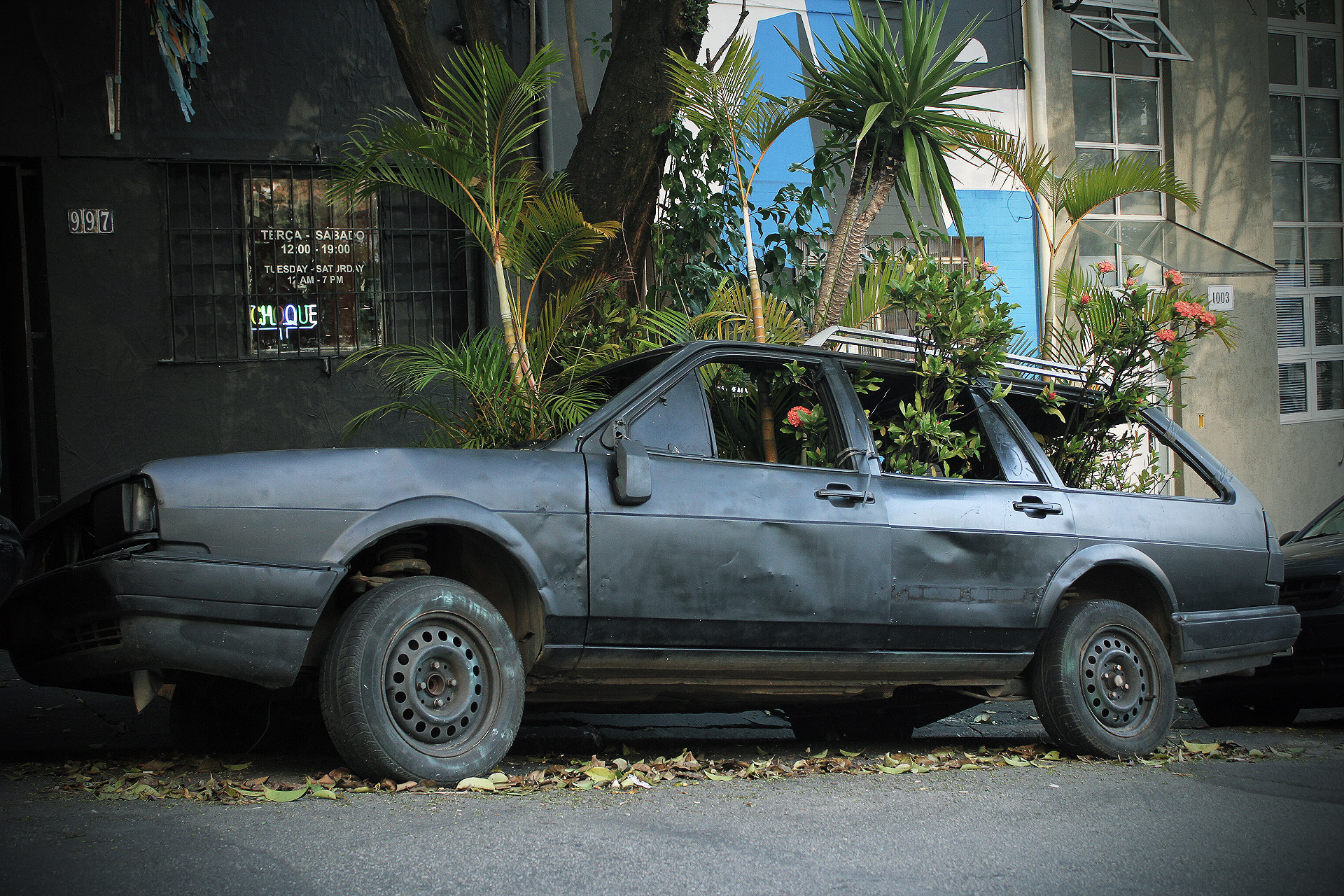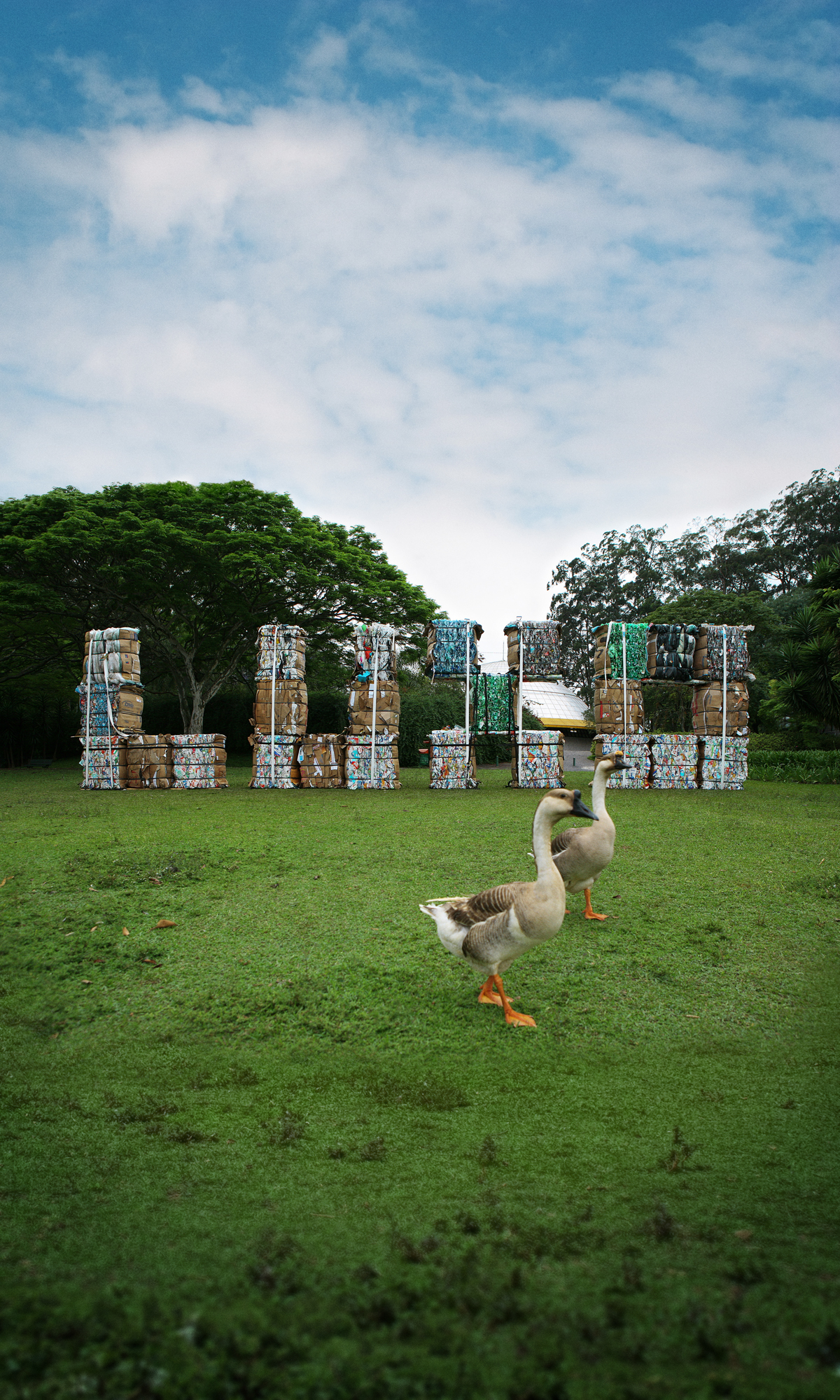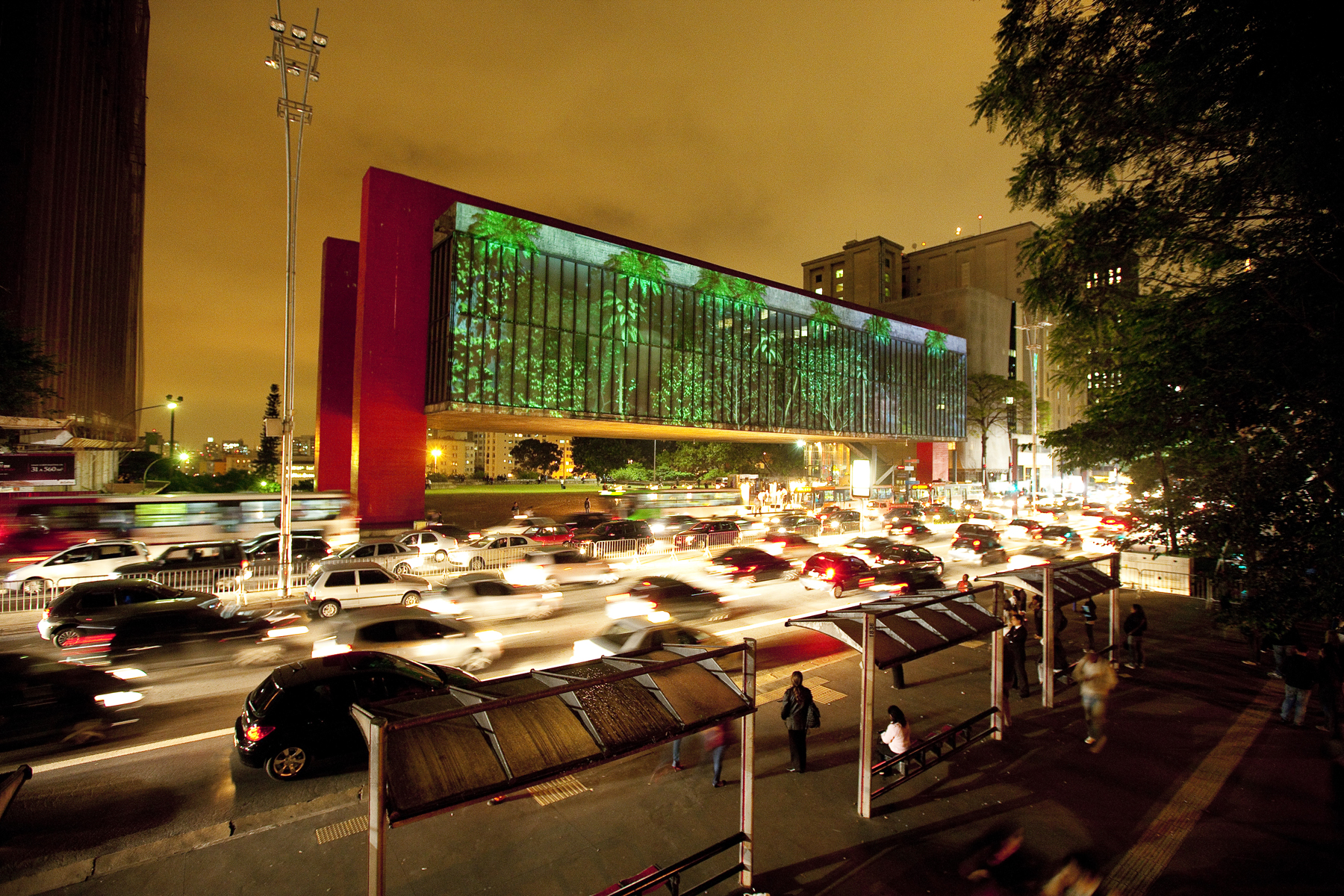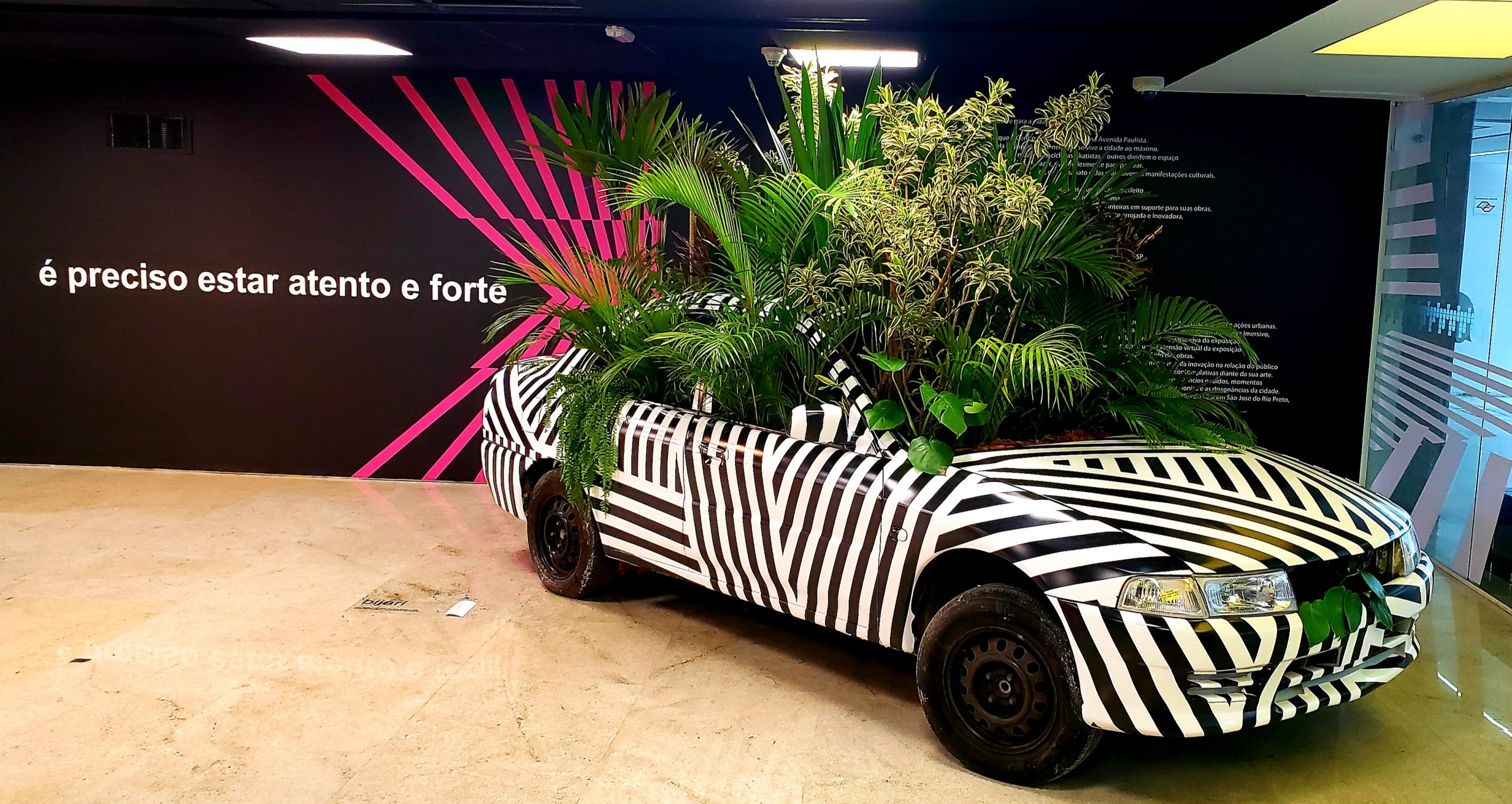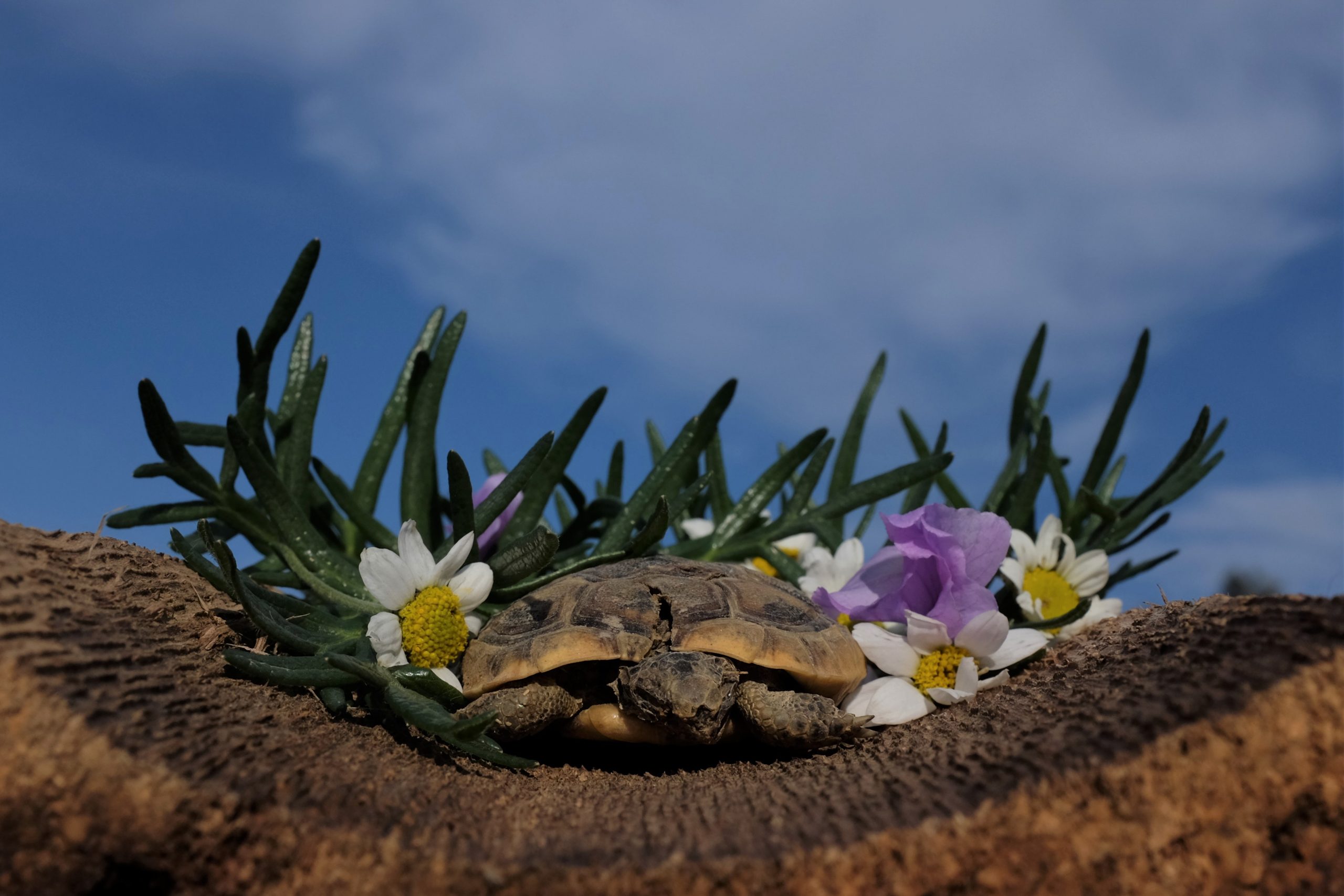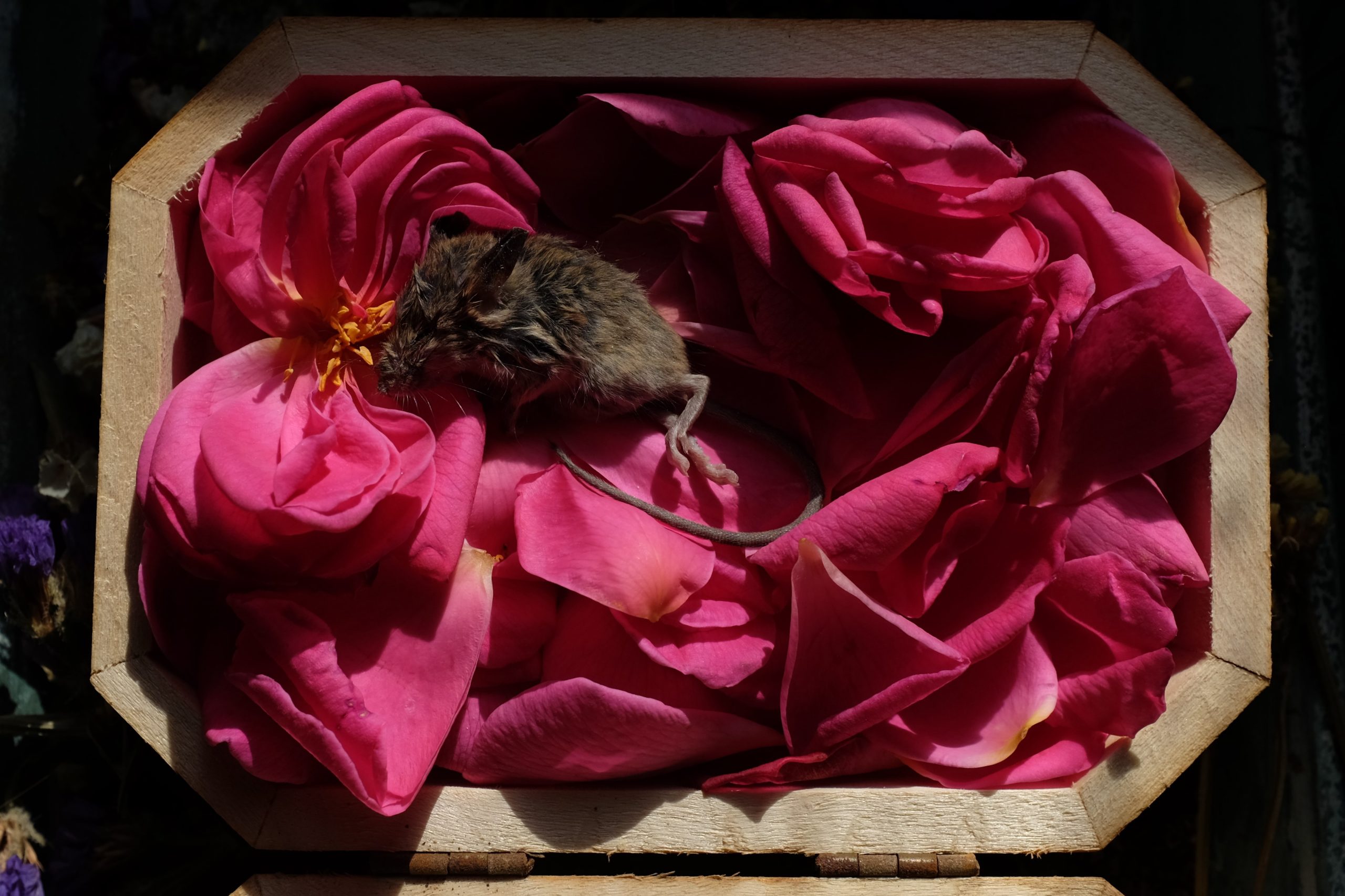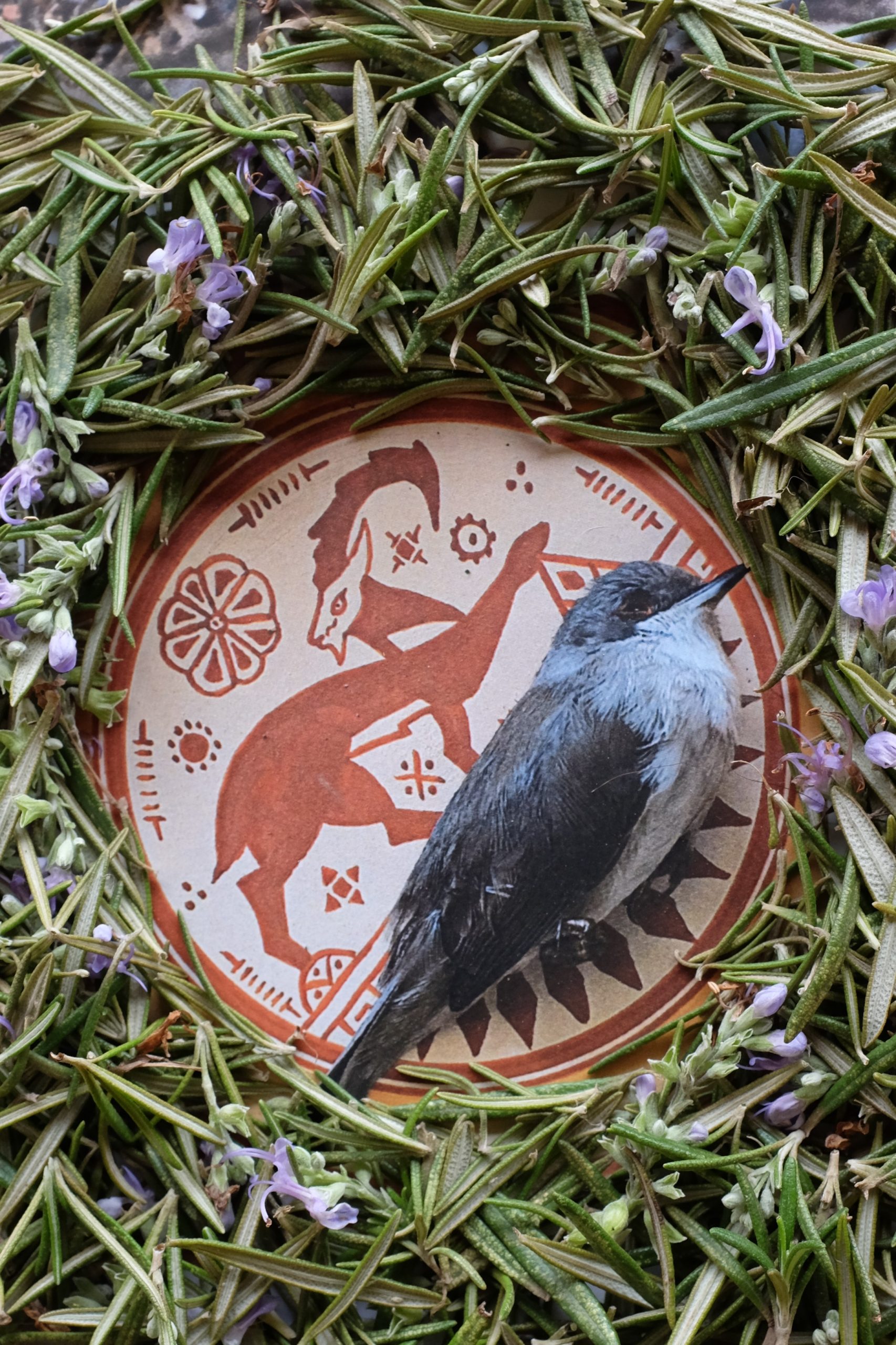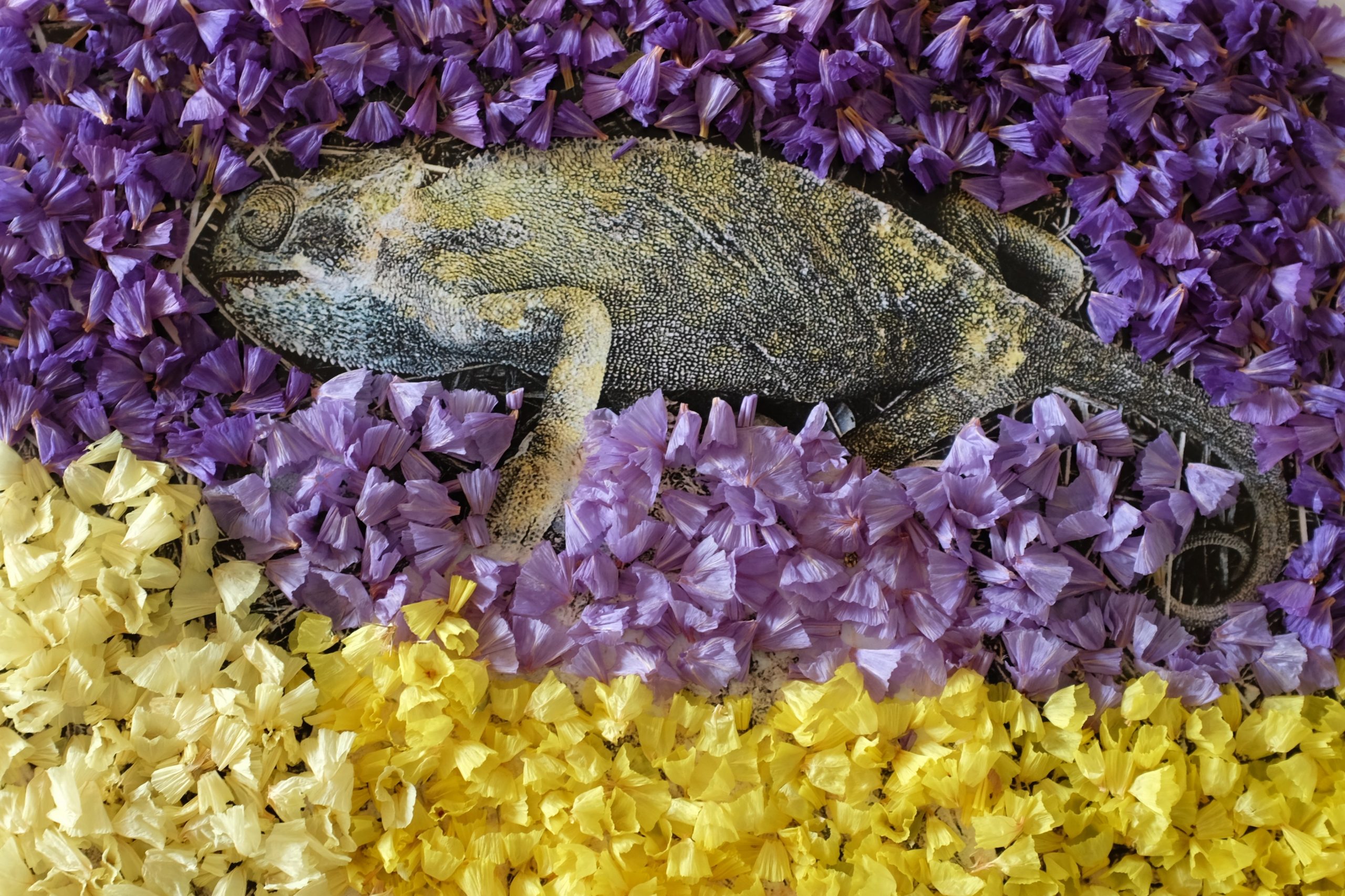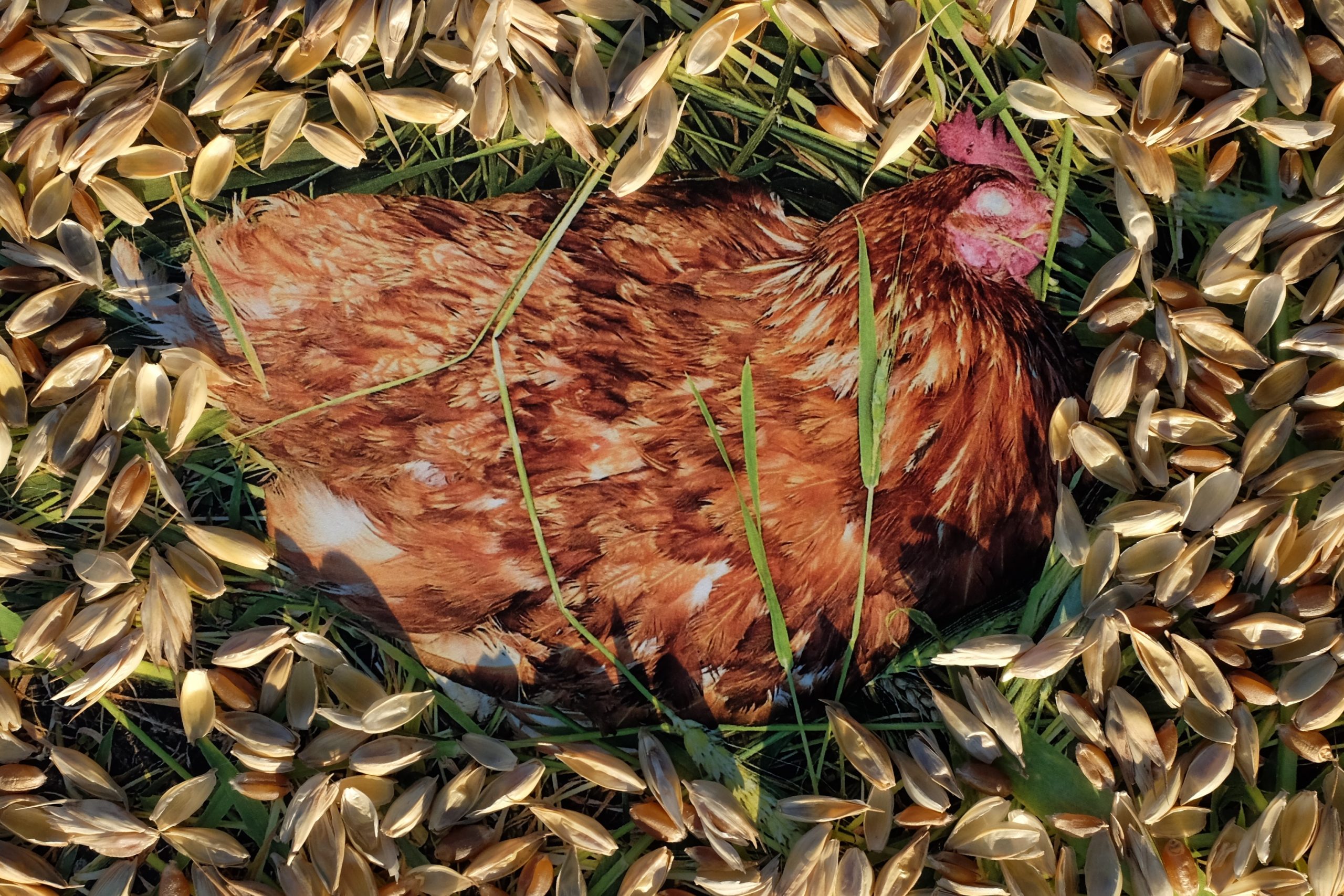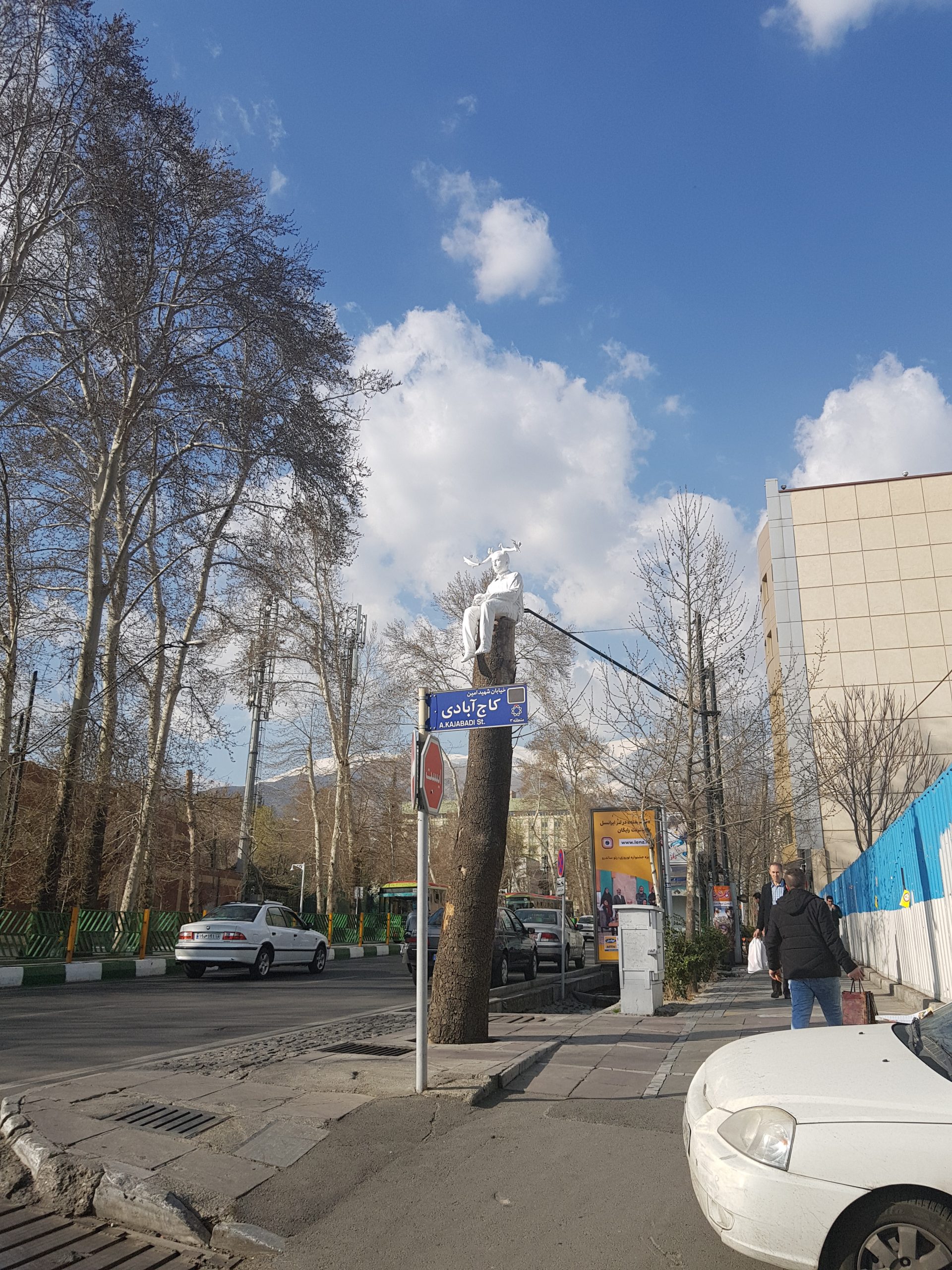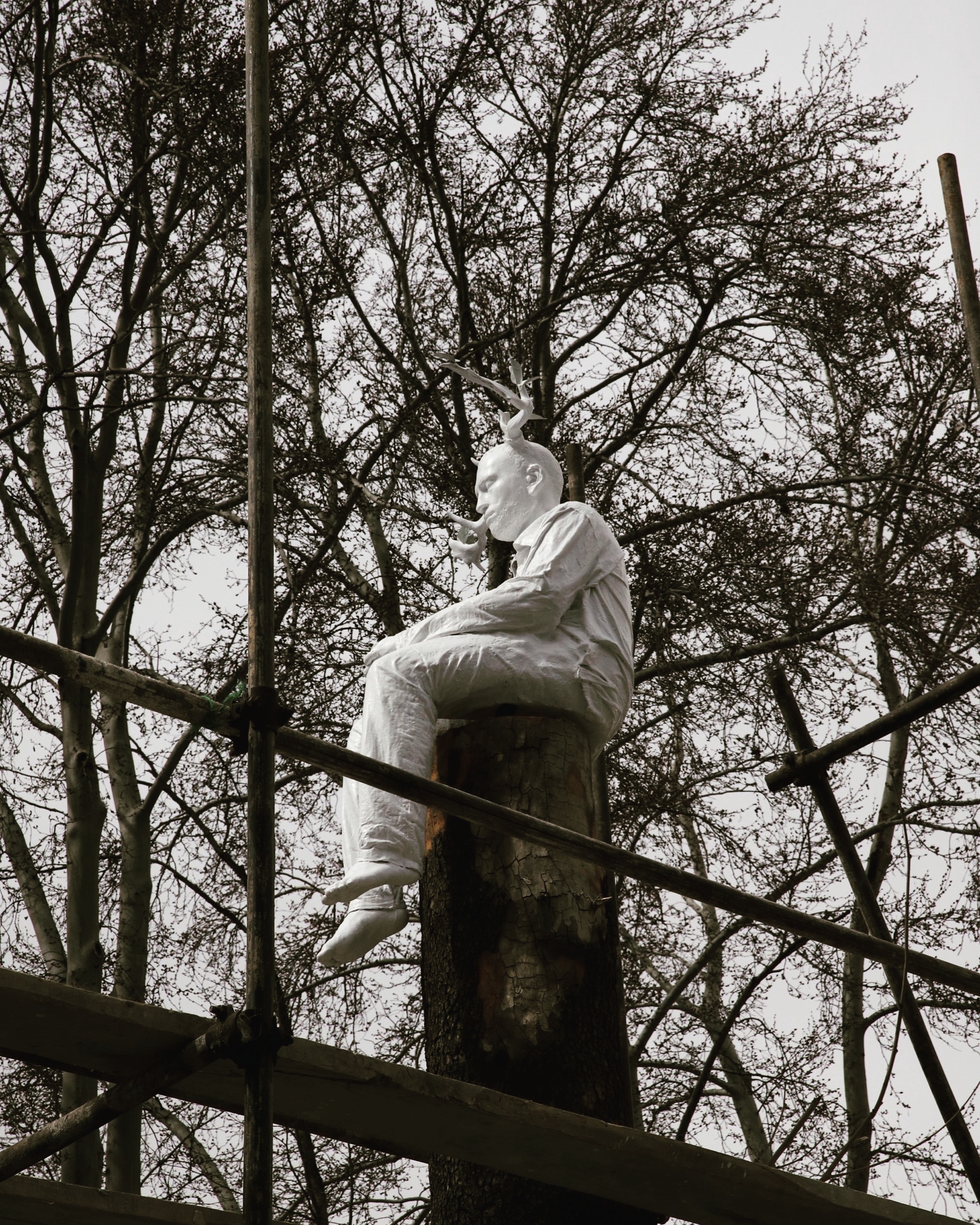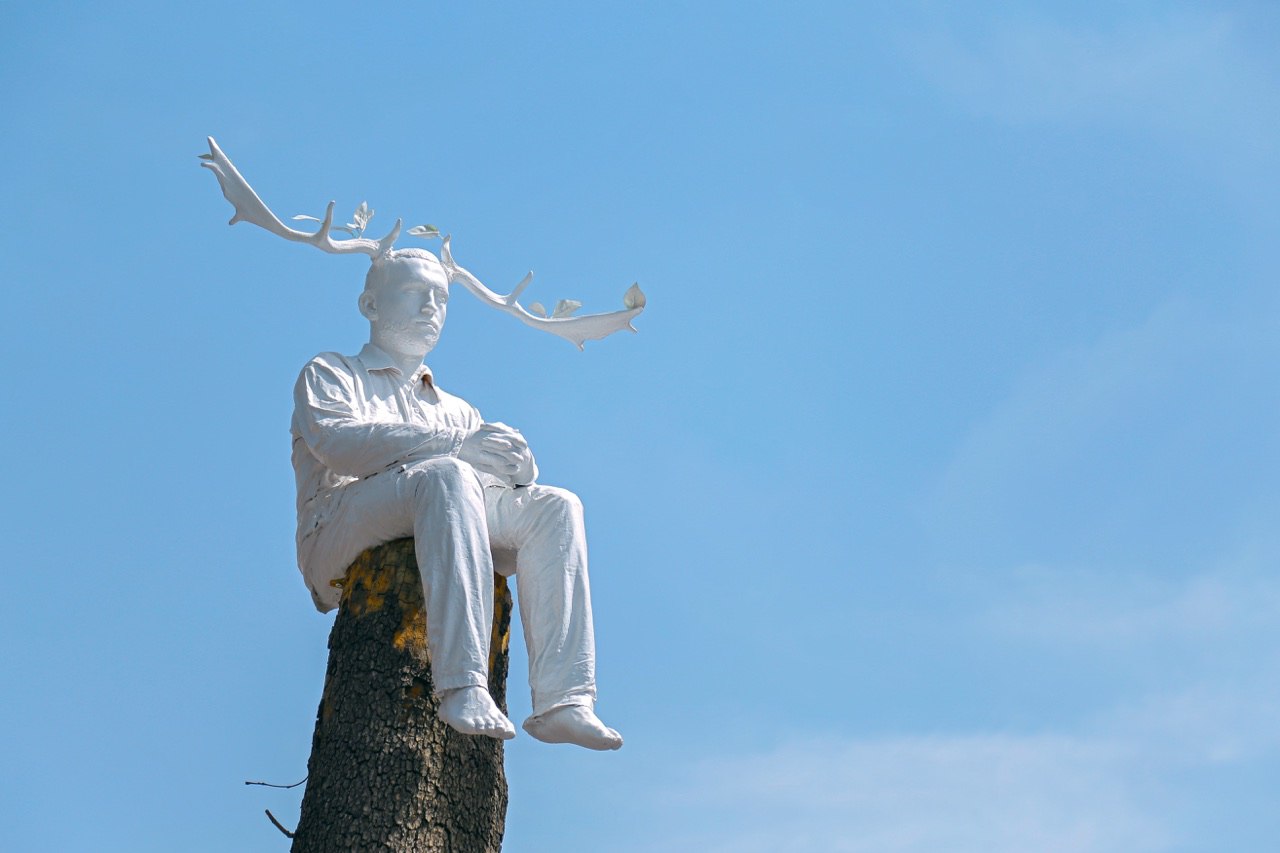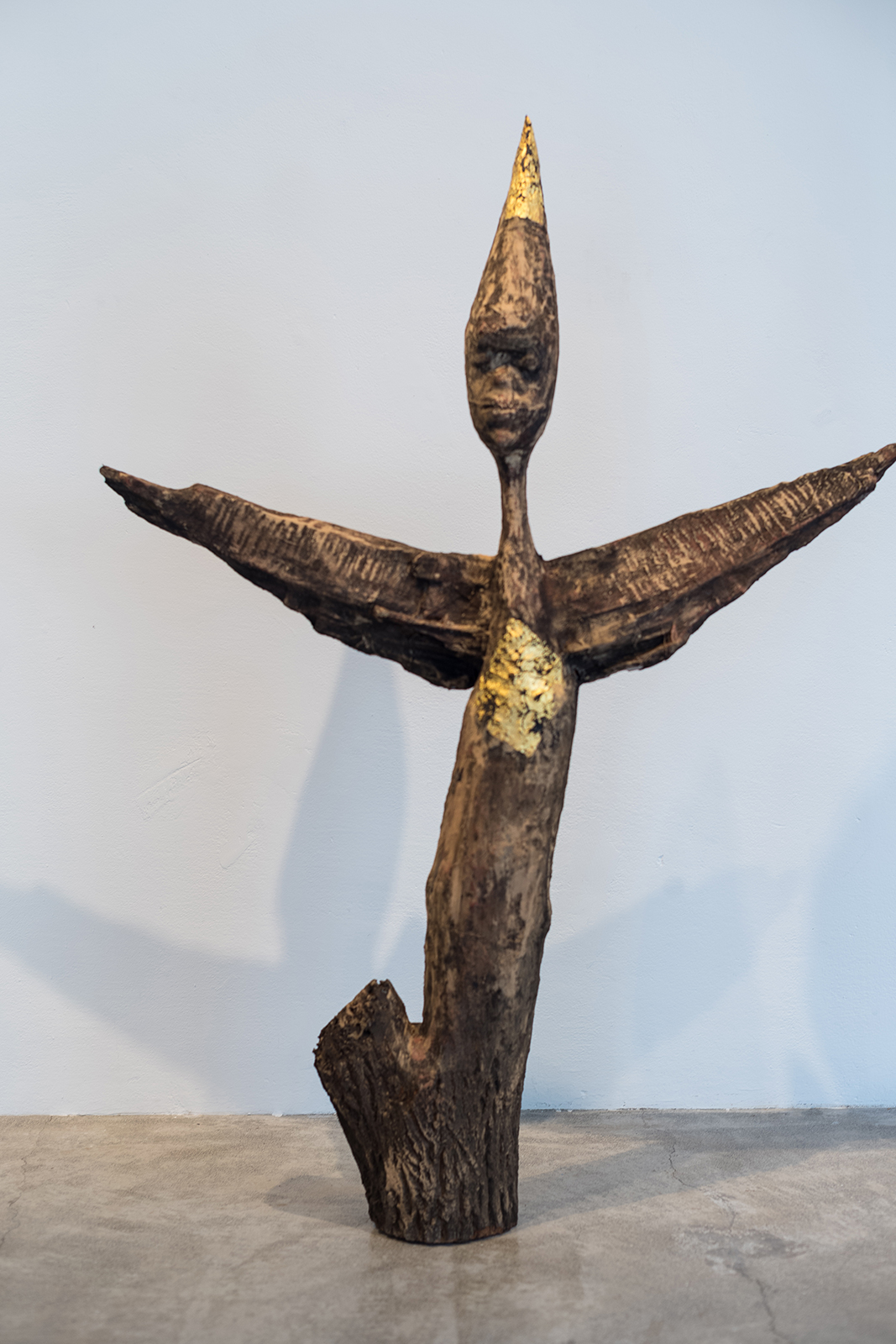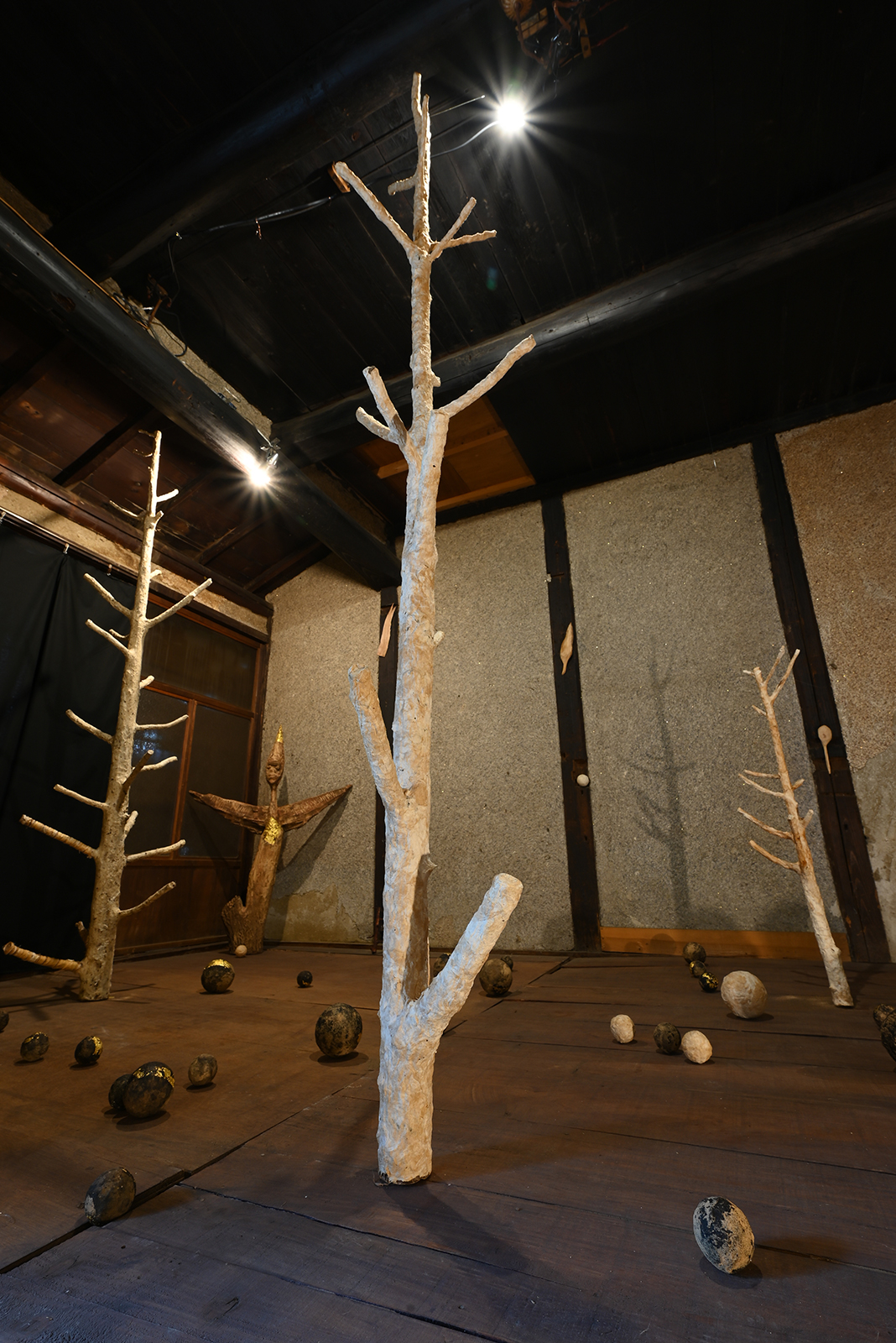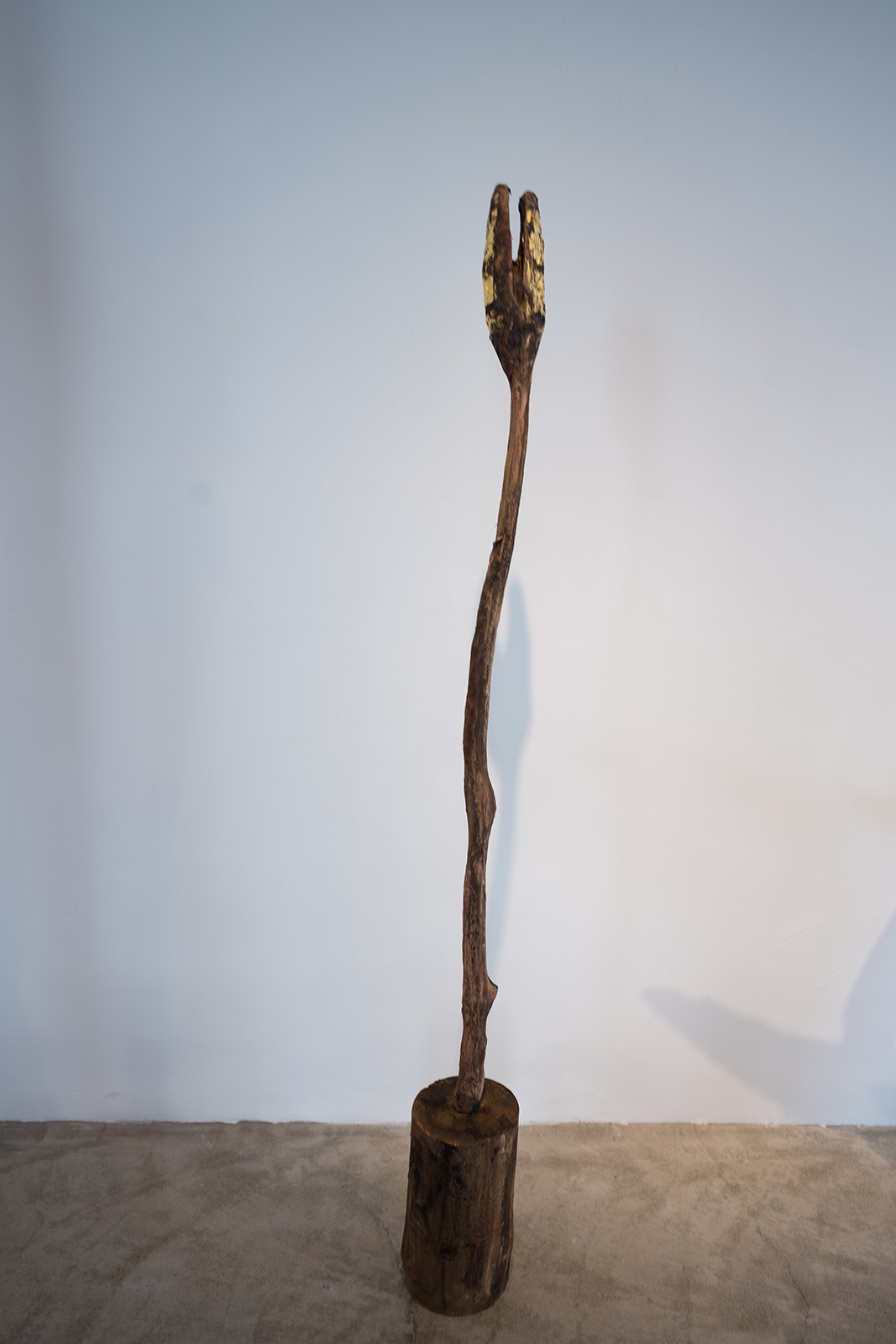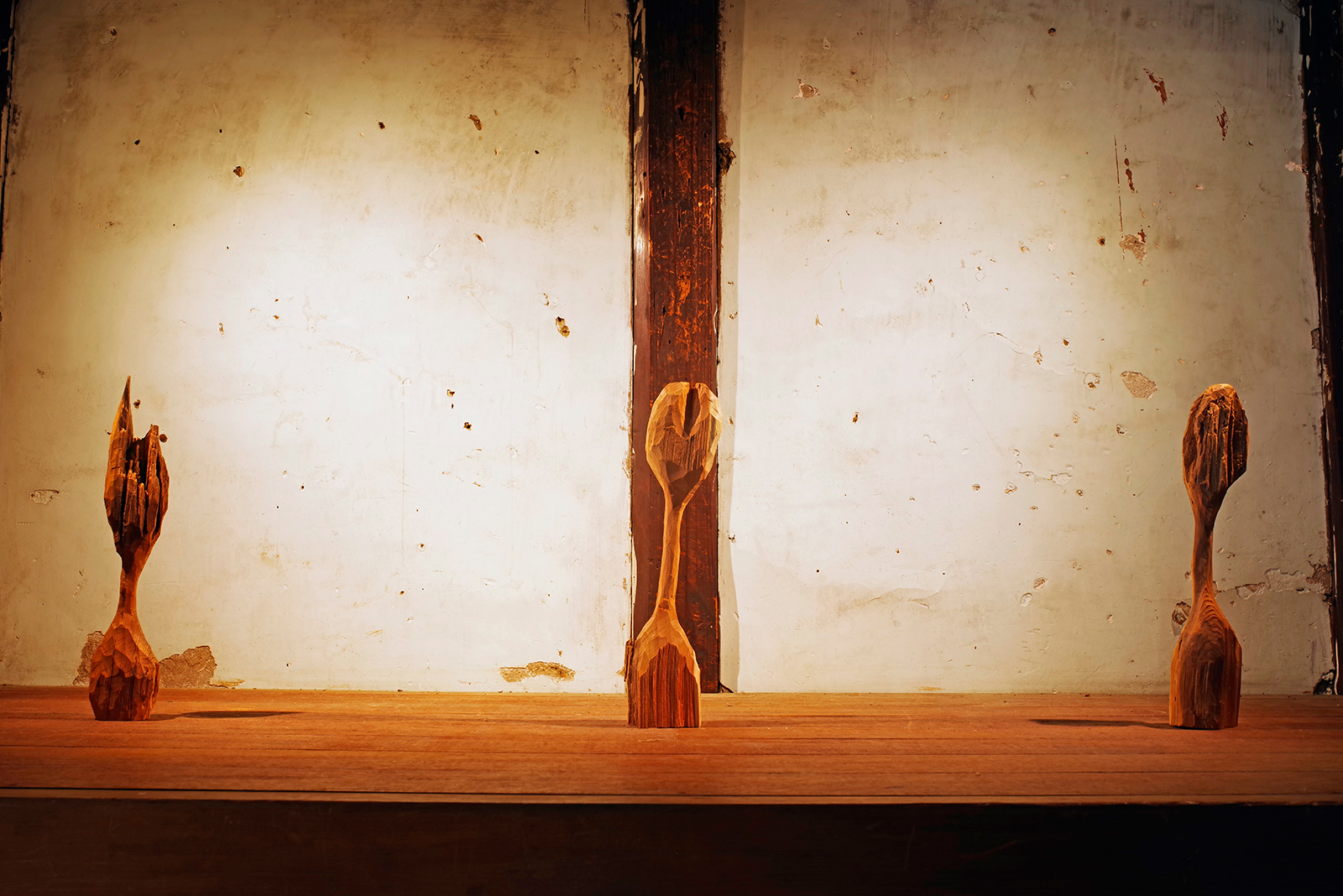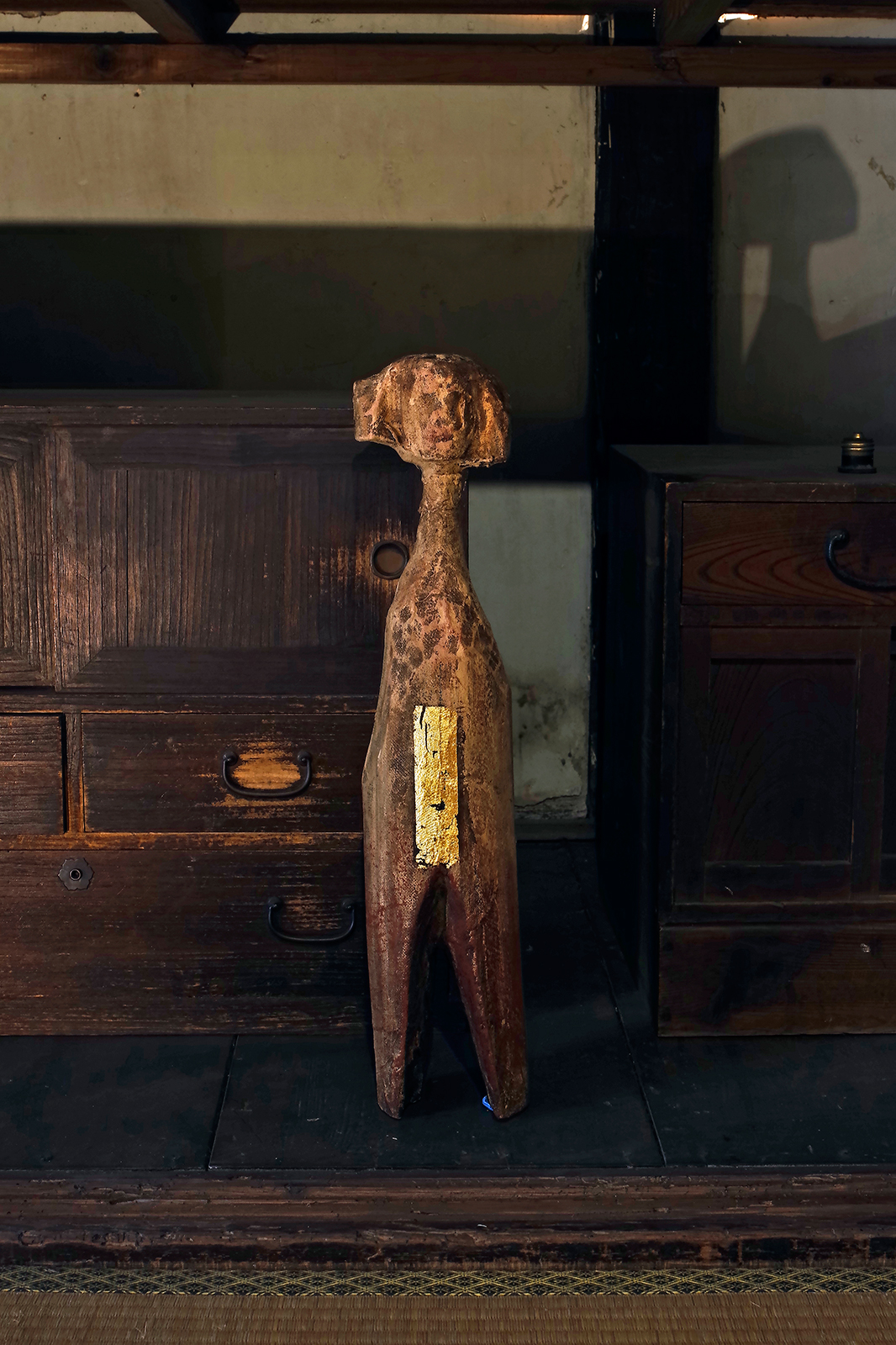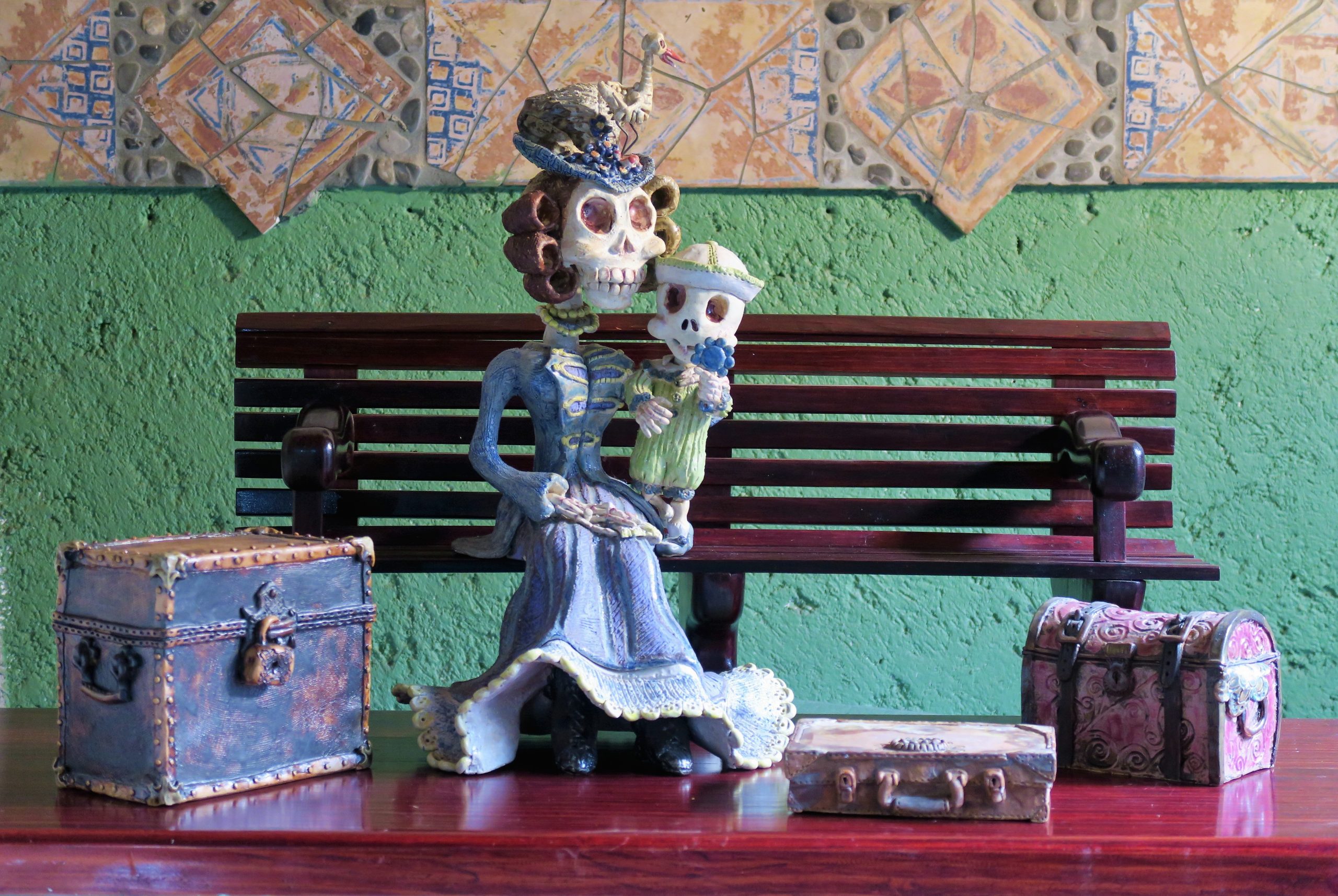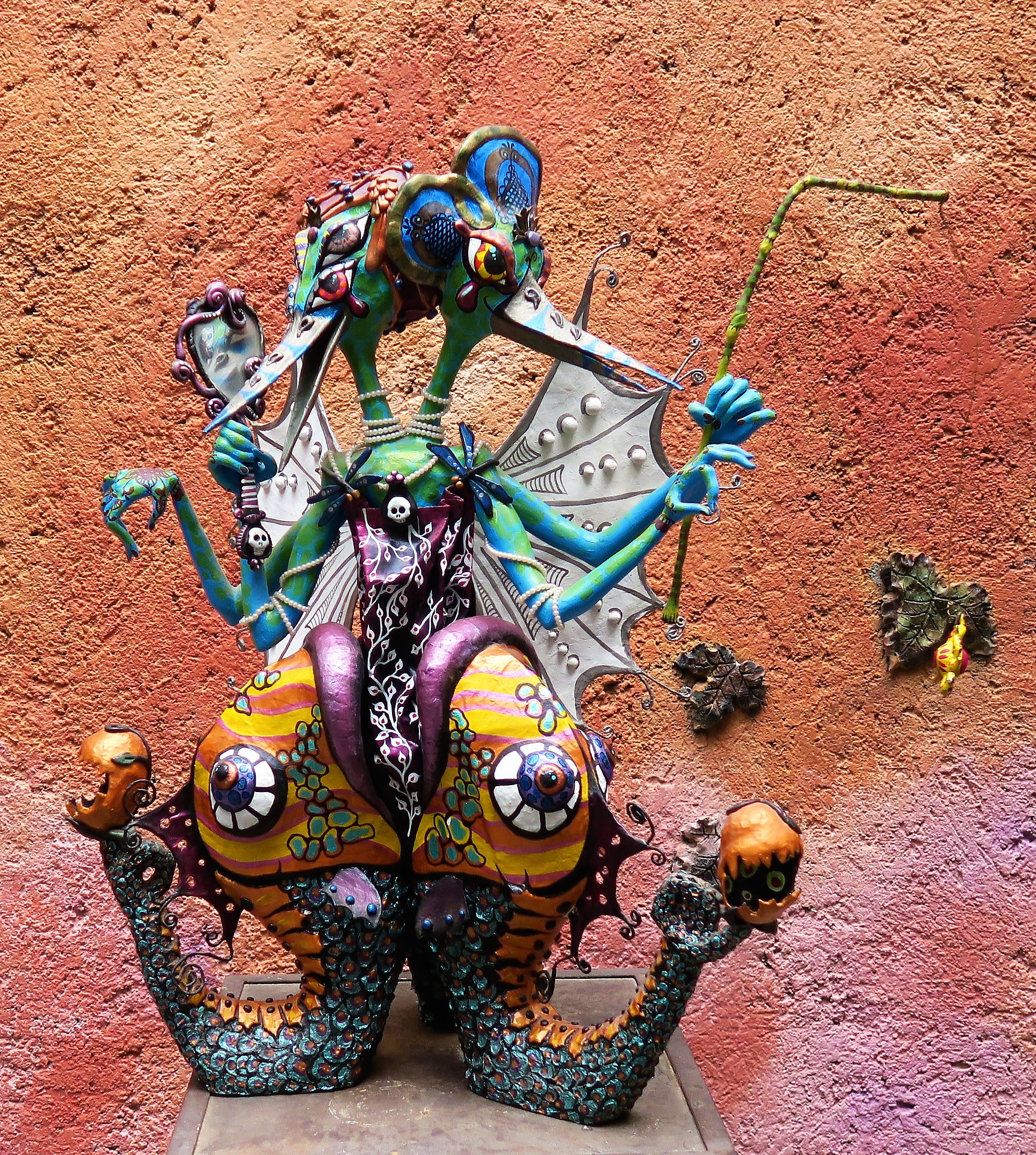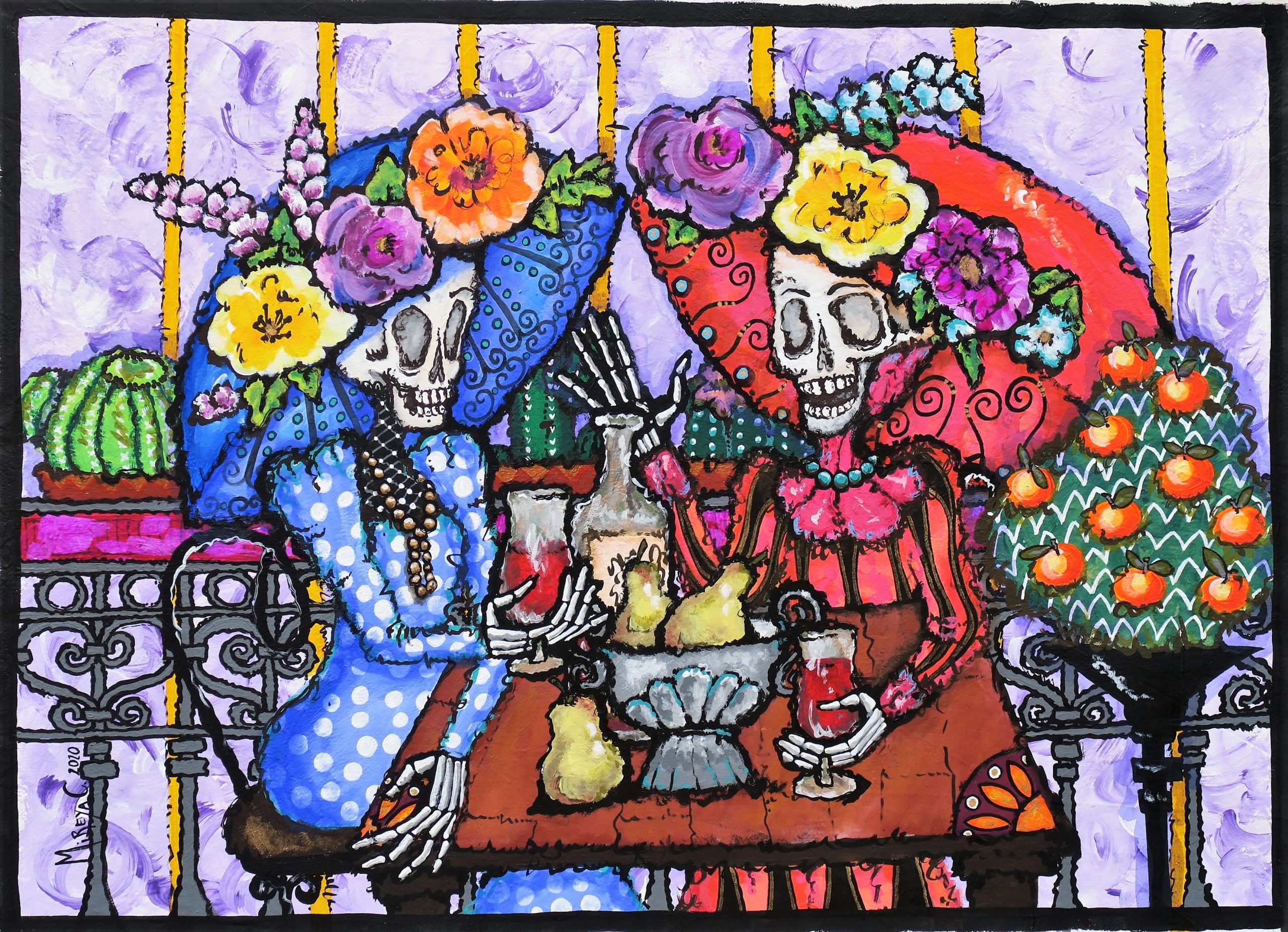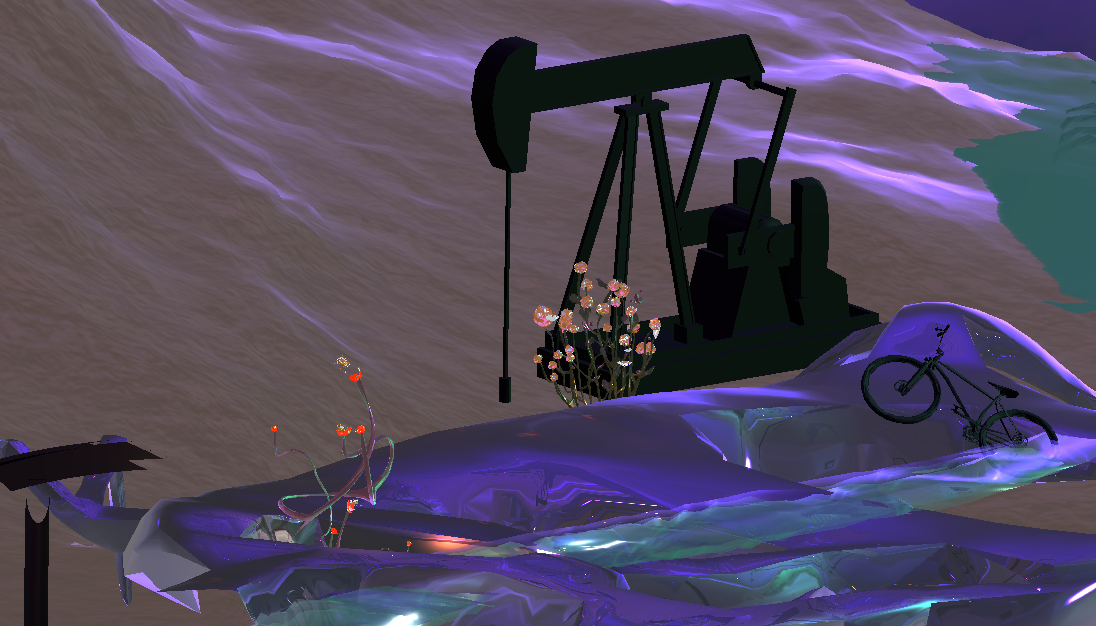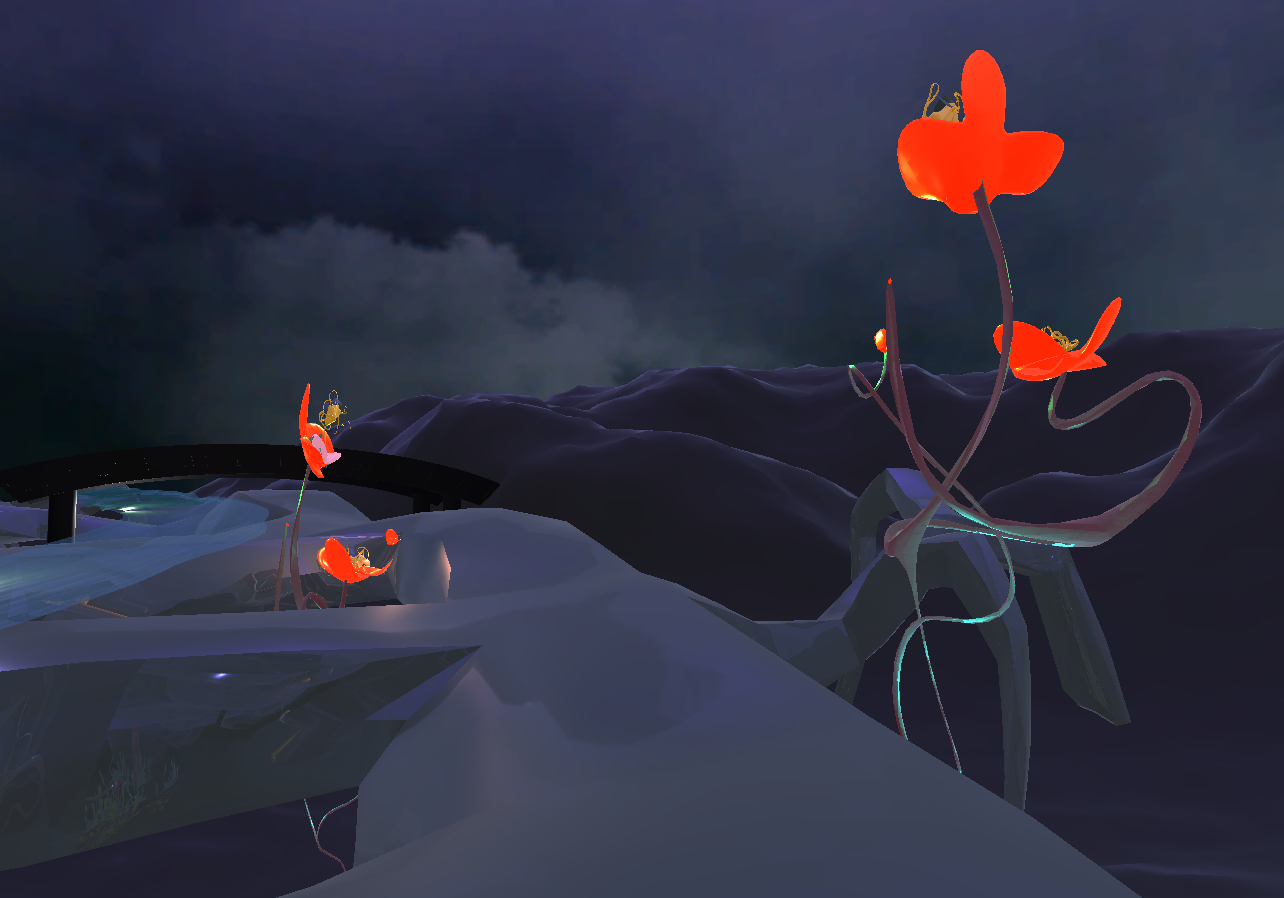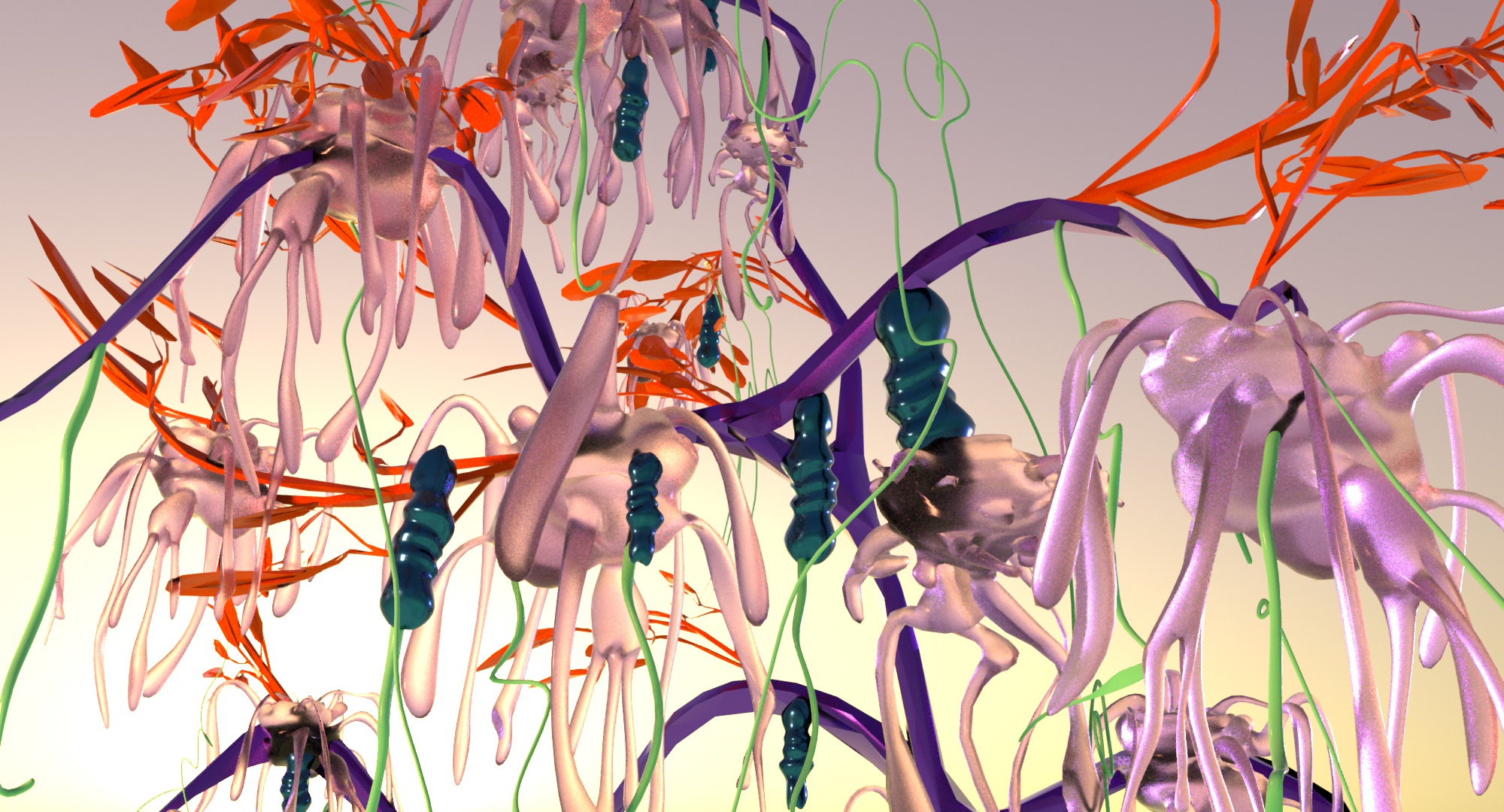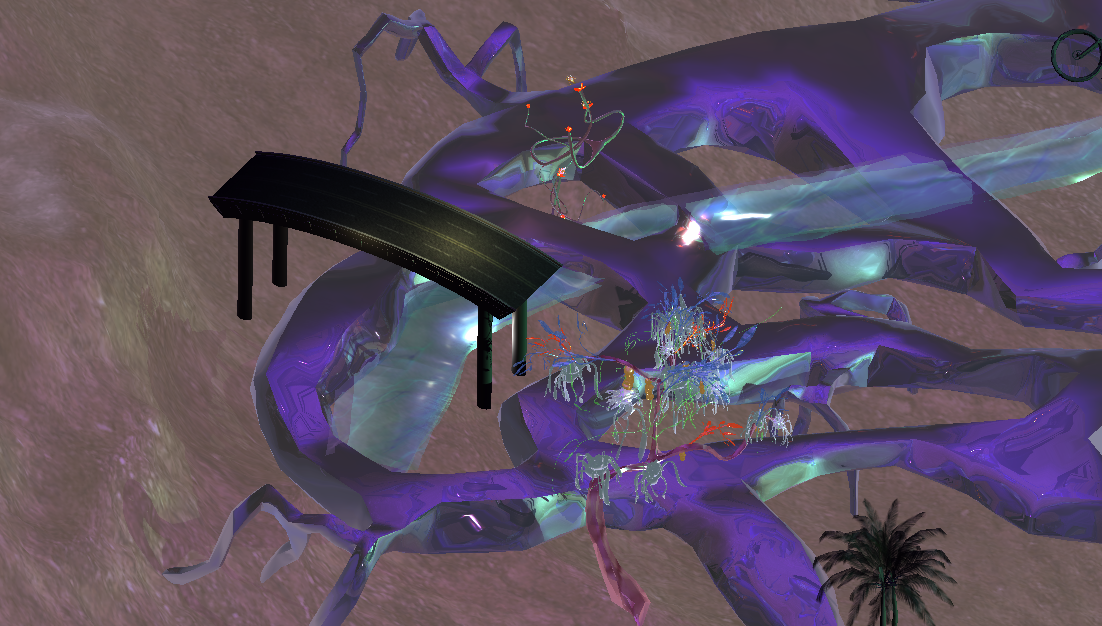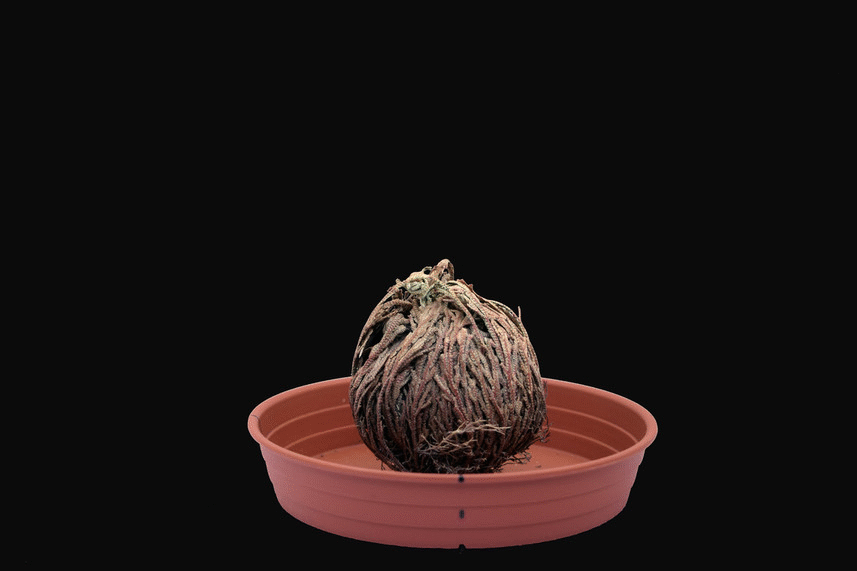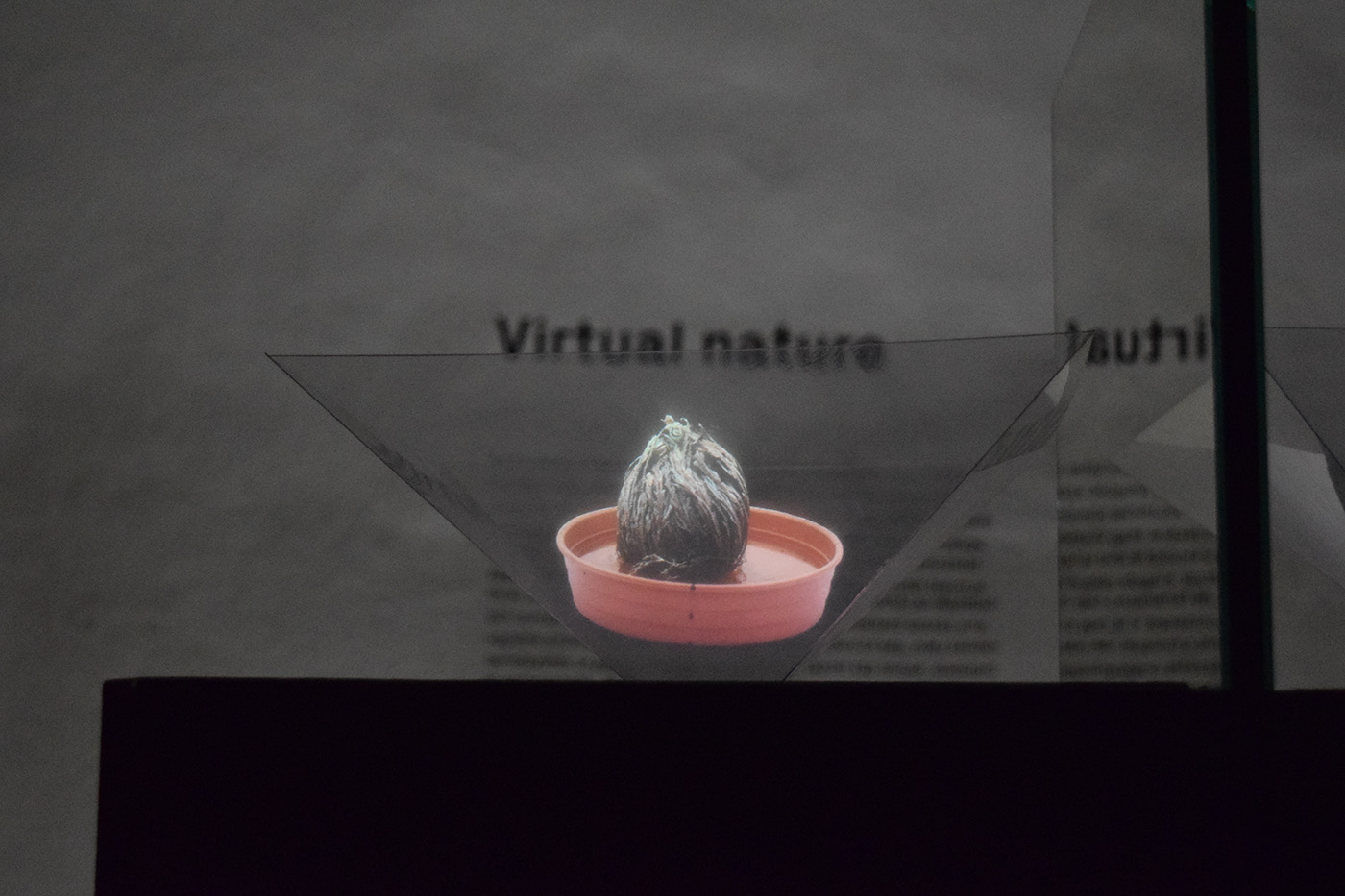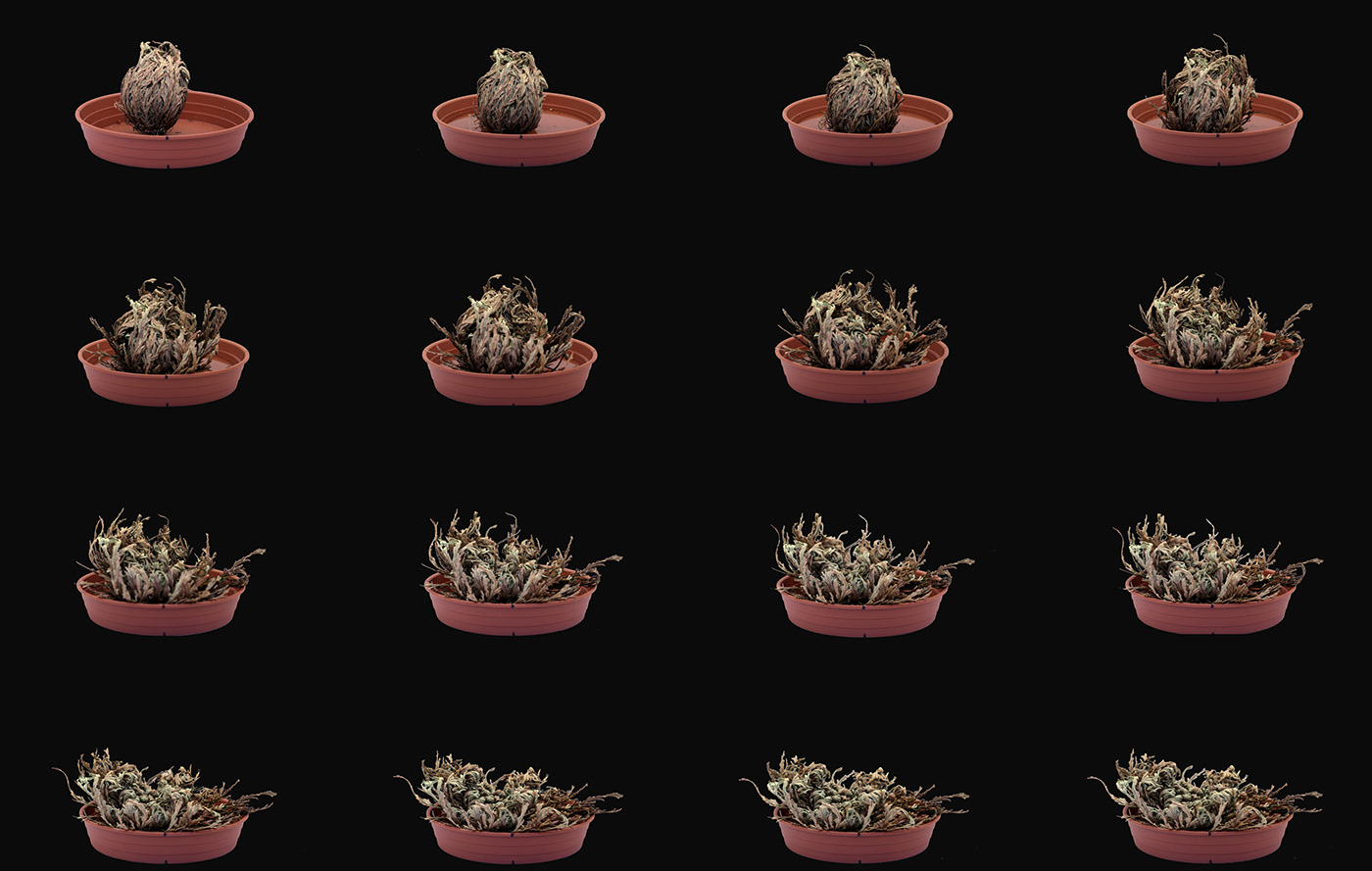The Nature of Cities Festival
2021 Ecological Urban Arts Exhibition
Last year, the Forum for Radical Imagination on Environmental Cultures (FRIEC) put out a call for urban ecological artists to be involved in The Nature of Cities Festival. We asked specifically for art that responded to the theme of “radical imagination for nature and all people.” The response was overwhelming, with hundreds of interested artists contacting us in the months that followed.
Featured below, is a selection of 38 artists from 21 different countries. These works represent some of the amazingly diverse, inspiring, and transformative urban ecological art submitted to the call, as well as additional works curated by our regional curators from around the world. In addition to this exhibition, you will find further outstanding works of urban ecological films, performances, and music (74 artists in total, representing 33 different countries) taking place in the larger festival program.
These works explore urban nature from a wide range of perspectives, including social and environmental justice, multi-species / pluriverses, stewardship, reciprocity, and regenerative actions in the local landscape. Moreover, the artists here, and in our full conference program, consider how humans and our cities can be woven together with the rest of nature, in a more equitable, inclusive, global sense. As you encounter the art, we hope that you too, can imagine new ways of building a more socially and ecologically equitable city as it relates to your own local landscapes.
Regional Curators
Wallee Ibrahim (Accra), Tanya Ruka (Auckland), Baixo Ribeiro (São Paulo), Chie Uchida (Japan)
Xinyue Gu (Singapore), The Paradise Art Center (Tehran), Zsofia Kergyo (Budapest)
TNOC Festival Arts Programming Directors
Patrick M. Lydon (Osaka) and Carmen Bouyer (Paris)
EQUITY
Image by MOHAMED AWUDU
Reimagine Nima
MOHAMED AWUDU
Nationality: Ghanaian
City, Country of Residence: Nima, Ghana
Moh Awudu is a contemporary versatile fine artist born and raised in Nima, a suburb of Accra, Ghana. He focuses on the sensual nature of art, aiming to influence positive behaviors through the use of mural, graffiti and traditional paintings. Some of these paintings located in strategic places in Accra are used to raise awareness on issues such as child labour, education, child trafficking, sanitation, teenage pregnancy among other social vices. Moh is now working on a self-initiated project titled: Reimagine Nima where he plans to use art to bring live into the slum community and also change the perception people have about the residents who live there. Moh has also I dedicated his time to teaching and mentoring kids from deprived communities through art.
Mohamed’s work (in order):
“Accra will rise again”, acrylic on canvas 4x4ft
“We are Nature”, acrylic on canvas 3x3ft
“We are Together”, acrylic on canvas 3x3ft
Conservation de la nature
FABRICE KIAWAKANA MATONDO
Nationality: Congolais
City, Country of Residence: Congo
A la création de ces 4 œuvres nous nous sommes dévoués à comprendre les enjeux qui guette notre environnement sur l’écosystème de l’urbanisation de nos villes et le rôle de l’homme à la protection de la nature. Le développement durable d’une ville conduit à remettre en cause l’étalement urbain. Les problèmes environnementaux sont devenus de plus en plus grave. Pour sauver la planète, chaque habitant doit réduire son empreinte écologique et participer à diverses actions environnementales. Plusieurs solutions sont envisageables pour protéger la nature, principalement le sol contre la pollution. Les produits dangereux et les produits chimiques ne doivent pas être jetés n’importe où. Il faudrait les apporter dans un centre de collecte de déchet dangereux (la poubelle publique). De même,l’utilisation des produits chimiques doit être limité : nettoyage, pesticide et insecticide, engrais… une prise de conscience se traduit dans des gestes de tout le jour ainsi que dans les différentes activités qui deviennent de plus en plus écolo. Avoir un mode de vie écologique est primordial pour contribuer à la préservation de notre environnement. Chaque individu est donc responsable de ses actes. Préférez plutôt les articles bios ou écologique. Tout d’abord, il faudrait arrêter de détruire l’habitat naturel pour protéger la nature, c’est à-dire la biodiversité. En fait dans notre travail nous suggérons que nous « homme », nous avions un énorme travail à fournir pour protéger notre environnement tel que le recyclage des déchets est une contribution active au développement durable. La gestion des déchets est une solution rentable pour améliorer l’économie locale et d’assainir nos villes pour que la biodiversité persiste davantage pour palier au réchauffement climatique qui menace la planète.
At the creation of these 4 works, we devoted ourselves to understanding the stakes that threaten our environment on the ecosystem of the urbanization of our cities and the role of man in the protection of nature. The sustainable development of a city leads us to question urban sprawl. Environmental problems have become increasingly serious. To save the planet, each inhabitant must reduce his or her ecological footprint and participate in various environmental actions. Several solutions are possible to protect nature, mainly the soil against pollution. Dangerous products and chemicals should not be thrown just anywhere. They should be taken to a hazardous waste collection center (the public garbage can). Similarly, the use of chemicals should be limited: cleaning, pesticide and insecticide, fertilizers… Awareness is reflected in everyday gestures as well as in the various activities that are becoming more and more environmentally friendly. Having an ecological lifestyle is essential to contribute to the preservation of our environment. Each individual is therefore responsible for his or her actions. Prefer organic or ecological items. First of all, we should stop destroying the natural habitat to protect nature, i.e. biodiversity. In fact, in our work we suggest that we “mankind” has a huge job to do to protect our environment such as recycling waste is an active contribution to sustainable development. Waste management is a cost-effective solution to improve the local economy and to clean up our cities so that biodiversity persists more to counter the global warming that threatens the planet.
Fabrice’s work (in order):
Amour de la nature (Love of nature), 100x120cm, oil painting on canvas, 2020
A l’aide (Please help), 110x90cm, oil painting on canvas, 2020
Je ne suis pas une poubelle (I am not a trash can), 105x121cm, oil painting on canvas, 2019
La vigilance et l’union font la paix (Vigilance and unity make peace), 90x120cm, oil painting on canvas, 2019
Papá
GISSELLE JIMÉNEZ
Nationality: American (USA)
City, Country of Residence: Brooklyn, NY, USA
dizzydoggo.com
This series of acrylic paintings on recycled cardboard were created in response to the pandemic and the food insecurity my family faced as a result of it. As we turned to food pantries as a source of stability, I reflected on my family’s legacy in the rural mountains of the Dominican Republic. Being the last generation to live fully off the land, my great-grandfather Papá serves to me as a symbol of hope during a time when my family here in NYC has been unable to sustain ourselves without relying on mutual aid networks and government aid. This work uses the intimate story of my family to tell a larger story about globalization and immigration, food insecurity and poverty, sustainability and mutual aid, health and more. I expect viewers will be able to walk away from this work first with their own questions about how they belong and how their stories are intertwined with the rest of humanity and the earth. We are not passive but active participants in all the world’s systems, natural and human made. Only from there can we begin to decide the impact we want to make in this arena moving forward.
Proletarian Enclaves in the Urban Landscape of Doha, Qatar
ANDREW GARDNER
Nationality: American (USA)
City, Country of Residence: USA
pugetsound.edu/faculty-pages/gardner
These images explore the peripheral urban enclaves where much of the foreign workforce dwells in Doha, Qatar. These transnational migrants, most of whom come from South Asia, both build and service the modern city. Although a few stragglers still dwell in the urban core of Doha, most migrant workers now occupy enclaves constructed at the periphery of the city. In the lifeworlds of these men and women, these migrations are, for most, an economic necessity for the households behind them. But these migrations also serve as a right of passage, and comprise a great and difficult adventure that is sometimes rewarding. The cities they inhabit upon arrival, like the one portrayed here, are far from home for millions of migrant men and women who dwell there, and is simultaneously the setting for this social drama.
Cantos de Viaje
MÁS ARTE MÁS ACCIÓN
Nationality: Colombian
City, Country of Residence: Chocó, Colombia
masartemasaccion.org
Más Arte Más Acción is an international organization based in Chocó, in the Colombian Pacific, where it promotes artistic residencies and an exchange program that dialogues with the communities of the region. Both visual artists and professionals from other disciplines, in individual and collaborative processes, are encouraged to explore social and environmental issues. The frames chosen to illustrate this presentation of Más Arte Más Acción were taken from the film by Fernando Arias and Jonathan Colin “Cantos de Viaje”, which is a poetic reflection on the resistant Amazonian nature in contrast to its predatory development.
WATER
Image by ROBIN LASSER
Moments of #GlacierElegy Performance
JAANIKA PEERNA
Nationality: Estonian
City, Country of Residence: New York, USA
jaanikapeerna.net
On Sunday 4th October, Estonian artist Jaanika Peerna performed a moving and powerfully personal performance on the waterfront in Brooklyn. This performance is the latest installment of her ‘Glacier Elegy’ series. In this case, for this particular performance, Peerna performed on the waterfront on the East River, overlooking the Brooklyn Bridge. Importantly, the mourning over the melting glaciers transcends into a mourning and lament for the city.
Equally important, she chooses this venue for the performance as an act of embracing a city that she loves that has suffered so much. Not only did she have an intimate audience with her, but the performance was also live-streamed around the world. Therefore, through this performance, art lovers around the world could feel the touch of the ice with her. In a time of limited human interaction, crucially, Peerna was aware of both her digital and physical audience during the performance, creating immense inclusivity amongst everybody.
Above all, much of Jaanika Peerna’s recent work is a lament to glaciers and natural ice. In the same way, her ongoing project ‘Glacier Elegy’ forms the central core of her recent practice. And importantly, through this iconic work, we see a contemporary artist at her prime addressing the climate emergency.
In this case, Peerna was accompanied by performers including Coco Karol who elegantly aided her and created a deeply engaging atmosphere. With this in mind, she has often collaborated with dancers within her live work.
Climate Change Adaptation Models: Housing in Flooded Zone
OLIVIA ANN CARYE HALLSTEIN
Nationality: German-American
City, Country of Residence: Cambridge, MA, USA
oachallstein.com
Proposals for adaptions to the results of climate change involve: building new and supporting already existing structures along with increased green space to utilize ocean-side areas that are likely to flood; and structuring agricultural land vertically to make the most of available water resources. They are part of a larger series of climate-related adaptions that accentuate adaptive possibilities and extend inspiration for engineering realistic solutions that innovate already existing structures.
The State We’re in Water: Constructing a Sense of Place in the Hydrosphere
ROBIN LASSER AND MARGUERITE PERRET
Nationality: American (USA)
City, Country of Residence: Oakland, California
The State We’re In Water is an interdisciplinary project that includes an arts-based research residency and multiple exhibitions. The exhibition features five installation works by Marguerite Perret, Robin Lasser, and exhibition designer Bruce Scherting, and scientists in water, environmental science, unmanned Systems Research, plant biology, and more. Through sensory-rich video, sculptured forms, and visually complex constructions, the exhibition explores wastewater recycling; watershed habitats; the imprint of water movement on the land. Symptomatic of global issues, the local situations presented will engage University, local, and regional communities of all ages in the inviting, immersive experiences the installations offer. The goal of the overall project is to activate visitors’ sense of place and social involvement and to present art as a powerful learning platform for science.
TIDAL
DAKOgamay (MARTHA AND JAKE ATIENZA)
Nationality: Filipino / Dutch
City, Country of Residence: Philippines / Hawaii / Australia
marthaatienza.com | bit.ly/jakehatienza | dako-gamay.com
A two-channel video installation documenting the climate-challenged coastal areas of Tongatapu in Tonga, and Bantayan Island in the Philippines. The governments of these two localities are considering extensive construction projects that would protect these coastlines as oceans rise. The film, showing both coasts in parallel, questions the line between conservation of existing landscapes and livelihoods, with the necessarily extractive/destructive efforts that must be undertaken in order to protect them.
RELATIONSHIPS
Image by PAIGE EMERY AND SARA SUAREZ
Gardens of the Grand Rue: Port-Au-Prince, Haiti
LEE LEE
Nationality: American (USA)
City, Country of Residence: Denver, CO, USA
lee-lee.com | virtualvoices.org
Together with members of the Atis Rezistans, we have been cultivating microgardens along the Grand Rue in central Port-Au-Prince. Over the course of nearly a decade, we have assessed what grows, experimented with how to broaden plant diversity and planted lots of trees that have become a part of the food forest that thrives in the city. I would like to share a visual representation of the course of our work, and if deemed appropriate, initiate a conversation on how to engage community in creative acts of urban restoration in areas that have been deemed hopeless.
The indigenous Taino people met the first free Africans in Ayiti (Haiti), during the 1800’s. Ayiti means ‘mountains beyond mountains’ an expression from and of the land. Both cultures recognized one another’s interconnected, sacred relationships with the land. As a result, Taino shared their knowledge of the land and the medicinal qualities found in Haiti’s endemic plants with the Africans. Plant, food and soil knowledge continues to be cultivated, interwoven with multiple cultural nuances, as interventions of restoration and liberation throughout the tightest corners of urban Port-Au-Prince. These same plants are grown in microgardens around the Grand Rue. The significance of this level of preservation in a ‘Red-Zone’ is rooted in the sacred nature of relationships with plants guarded by the indigenous values that are at the core of Voudou as a spiritual practice.
Participating artists:
Lee Lee with members of the Atis Rezistans, including Getho Jean Baptiste, Basile Wesner, Noel Edgard, Rose Marie, Katelyn Alexis and Jean Claude Santillus. These works were created as part of the Ghetto Biennale (http://ghettobiennale.org) from 2013-2019.
Animais Urbanos
TEC
Nationality: Argentinian
City, Country of Residence: Buenos Aires, Córdoba e São Paulo
tecalbum.com
Tec é um artista que explora os espaços públicos com obras que discutem ecologia de modo muito original e com forte apelo popular, através do uso do espaço público e de ferramentas digitais. Um bom exemplo é a série com monumentais figuras de animais desenhados no asfalto e que podem ser vistos à distância. Essas figuras são também filmadas com o auxílio de drones e os videos são transmitidos no instagram usando o looping, como ferramenta para a repetição continuada.
Tec is an artist who explores public spaces with works that discuss ecology in a very original way and with strong popular appeal, through the use of public space and digital tools. A good example is the series with monumental animal figures drawn on the asphalt and which can be seen from a distance. These figures are also filmed with the aid of drones and the videos are transmitted on instagram using looping, as a tool for continued repetition.
TEC’s work (in order):
Animais Urbanos series VII, 2014
Animais Urbanos series II, 2014
Animais Urbanos series V, 2015
Animais Urbanos series VIII, 2018
Animais Urbanos series IV, 2014
Animais Urbanos series I, 2014
Animais Urbanos series III, 2011
Your Memory is Already Fading
WENDY WISCHER
Nationality: American (USA)
City, Country of Residence: Salt Lake City, UT, USA
wendywischer.com
This installation consists of a garden existing in a large crack in the floor. Whether it is growing from or falling in, is undetermined. There are 26 plants (14 different types) made of Crystal Clear, UV stable, cast acrylic with a glass-like appearance to enhance the fragility of the subject. While the plants look like they are made from glass, some may see them as made of ice, frozen in time with the threat of melting. My intention with the piece is to translate data into personal meaning. The plants and tree are on endangered lists from around the globe and it is accompanied by a whispering script on loss.
Florecer
CATHY BURGHY
Nationality: Uruguay
City, Country of Residence: Montevideo (Uruguay) e Florianópolis (Brazil)
Instagram: @cathyburghi
Cathy é uma artista que aborda questões ambientais do ponto de vista do corpo feminino, buscand Cathy é uma artista que aborda questões ambientais de um ponto de vista muito pessoal: do seu próprio corpo feminino. Sua obra é um conjunto de imagens fortes e instigantes que provoca reflexões sobre a presença humana no mundo e sua simbiose com a natureza. Num momento histórico em que as ferramentas digitais e os processos artísticos estão cada vez mais complexos, a artista opta por uma produção feita com os elementos mais essenciais da arte: o desenho em traços econômicos e precisos o refletir sobre a presença humana no mundo e sua simbiose com a natureza. A artista cria imagens instigantes e potentes, através de um econômico e sintético uso da mídia mais essencial: o desenho.
Cathy is an artist who approaches environmental issues from a very personal point of view: her own female body. Her work is a set of strong and thought-provoking images that provoke reflections on the human presence in the world and its symbiosis with nature. In a historic moment in which digital tools and artistic processes are increasingly complex, the artist opts for a production made with the most essential elements of art: drawing in economic and precise lines.
Radical Gardening: Seeds for Regenerative Futures
PAIGE EMERY AND SARA SUAREZ
Nationality: American (USA)
City, Country of Residence: Los Angeles, CA, USA
paigeemeryart.com
Radical Gardening was planted with houseless folks in Los Angeles to build community and coexistence in a time of local encampment sweeps, global uncertainty, and ecological crisis. This garden rose up from coming together and planting seeds with hopeful intentions, being present with the terra and with each other.
It is a guerilla garden in the most polluted city in the US by ozone, built with a community which is a fragment of one of the largest homeless populations in the country. This garden was not built by city planners or landscapers, but by artists and plant-lovers who acted upon a neighborly need through blooming mutual aid. Radical Gardening is the worlding of nondiscriminatory mutualism, the beneficial interdependence between beings, as it unifies housed and unhoused, humans and non-humans. The existence of this garden is an act of hope, where the messages that gardens bring can be reified into a future where the regenerative abundance and ecological awareness provided by gardens can be accessed by all communities.
New Normal
Tetebotan-Kali
Nationality: Ghanaian
City, Country of Residence: Tema, Ghana
In the wake of COVID-19, there has been a sudden eclipse of front-page reportage on climate change and environmental deterioration. However, more and more we are reminded of the similarities between the pandemic and the destruction of the ecosystem. Wearing of nose mask which is the new normal has been in existence in places with deadly air pollution.
As the world enters into a new reality, it is clear more than ever or at least it seems to be that the worlds prime concern centres around people’s health. This can be ensured when humanity takes good care of the ecosystem. It is therefore our collective responsibility to re-imagine and evaluate humanities connection with the environment in new ways.
This public project will be a mural with the globe wrapped in a face mask. The face mask will be made of vegetation and wild life. This represents the vision of nature taking back her place due to humanity being under lockdown and at the same time being the ones providing humanity with a lifeline to survive the Sensation of normality. This will be a symbolic reminder of humanities understanding and responsibility in the connection between our everyday actions and the impact it has on the environmental.
Return to the Village
MARINA BARBARO
Nationality: Australian
City, Country of Residence: Adelaide, South Australia, Australia
returnvillage.com
Return to the Village is a collaborative theatre performance for children and their families which doubles as a role-playing event. The concept explores the notion of a purposeful and community-based village in contrast to modern life which is often fast paced and stressful. Families can enjoy a nurturing experience where children take the creative lead. It’s also about connecting to nature and coming together at a time where, as a society, we are becoming increasingly isolated.
The way the show works is that children and their families are welcomed into the space and invited to create their own village. They learn that their former home, a once beautiful place, has slowly turned into a dark and decaying urban sprawl known as the ‘Place of Shadows’. Three performers, known as ‘villagers’, double as facilitators to guide the action and welcome everyone to make themselves at home.
The very essence of the game is to create a connected, cultural community and give people the chance to interact in a meaningful way with the environment and each other. The game is designed to be simple and flexible, so children have opportunities to lead the action, be creative and nurture their own sense of place. The show promotes the idea that our future well-being relies on our ability to connect as communities while also celebrating and coexisting with our natural world.
FLORA
Image by LAARA CERMAN
Codex Pacificus
LAARA CERMAN
Nationality: Canadian
City, Country of Residence: Greater Vancouver, Canada
laaracerman.com
I will virtually exhibit a selection of botanical photographs from my ongoing series “Codex Pacificus” where I have created a modern interpretation of the millennia old art of botanical image making. Many of the spaces I find these plants in are often lush with diverse flora which are great habitats for bees, birds, and butterflies. Frequently these areas full of wild plants are mown down essentially destroying much needed ecosystems for pollinators and are thus replaced with a homogeneous, green, manicured lawn devoid of diversity. I hope that by taking a closer look at some common plants, people might reconsider the act of removing weeds, or consider growing native plants in their garden.
Laara’s work (in order):
Common Dancelion
Notka Rose
Salal
Oceanspray
Thimbleberry
SILENT SPRING
STEPHANIE GARON
Nationality: American (USA)
City, Country of Residence: Baltimore, Maryland
garonstudio.com
Silent Spring, a virtually immersive environmental installation, explores humanity’s connection to the environment through a journey that is both an expedition and a contemplation.
During the six minute video or Virtual Reality experience, the audience navigates a leaf labyrinth comprised of rows of 1,000 prehistoric-sized Princess Tree leaves (Paulownia tomentosa) set to sound art by Clint Sleeper. These leaves, classified as an invasive species of weeds, are typically found in soils hurt by construction or fire and frequently located in pavement cracks or by powerlines at the road’s edge. They grow 15 feet/year until smothering the canopy. All leaves were sourced by the artist. The experience aims to transport the viewer to a setting where they address their personal connection to nature and reflect on both their real and virtual surroundings within an urban setting.
Nature as Art
JERRY BAUER
Nationality: American (USA)
City, Country of Residence: Puerto Rico
I am a biological scientist and use photography as a tool for conservation and awareness building. This is a photographic exhibit showing natural scenes of art in nature. I want the viewer to open their senses to see natural artistic creations through photography. Key goal is for the audience to see beyond what they normally see and to create an appreciation and understanding of natural art found in nature.
[Co-sponsored by our partner, U.S. Forest Service]
Mithemen / Take away
IRENA PASKALI
Nationality: Citizen of the world
City, Country of Residence: Cologne, Germany
paskali-i.de
The tree…it was love at first sight. Yes, I know there are several trees here, but for me it is the one tree that stands on several legs. I want to take this tree with me. Tomorrow, when I wake up in another place, when I look out of my window, I am longing to see my tree, my love again.
Home (Berlin 2012 – 2015)
JONAH LANDOR-TAMAGATA
Nationality: American (USA)
City, Country of Residence: Oakland, California
As may be true with many TNOC festival participants, in cities I often look to nature—plants, insects, land forms—that help me to feel related to a place. Without always knowing it, I seek situations where the force of nature peeks or breaks through the overwhelmingness of urban modern life, providing solace and space. As with every city, Berlin, where these were painted, has many layers and lenses that it can be seen through. One of these is how, after the devastation of World War Two, then the splitting of the city into East and West, there flourished a kind of neglect that allowed unique ecological processes to unfold over time in “abandoned” spaces. While today these “urban wildernesses” are fast disappearing, their value as wildlife and plant habitat as well as cultural and health is recognized, for example at the Schöneberger Südgelände—a former-railway-switching-yard-turned-urban park that showcases both its human history and the 60-year-old ‘urban wilderness’ that has grown through it. Another example is the Prinzessinningarten, an urban garden and community space that has incorporated spontaneous vegetation (black locust, or Robinia trees) from the site. It is my hope that these works may provide some solace and a space to reflect and dream about the necessity of nature in urban area, as these places and moments did for me during the first years living in a new city.
Plant My Trees
LIANG JIAMING
Nationality: Chinese
City, Country of Residence: Lishui, China
我幼时生活于农村,是一个小小的村子。村子口有一颗柚子树,三四月开一簇一簇的白花,进入村子的路口边的田里种着枇杷树、桃子树、橘子树,轮换着时间开花与结果。房子靠着山盖起,在家的门口左边有两颗枣树,右边种着杨梅树,后山上有一片竹林,离房子不远有几棵板栗树,还有小半山坡的橘子树和李子树。后来长大到了市区求学,而后去了更远的城市继续求学,家也搬到了市区里。我感受着城市现代化进程给我的学习与生活带来的便利与舒适,但我的生活里失去了很多的“伙伴”。我开始留意身边所见的的树,法国梧桐、香樟树、银杏、无患子,观察它们的生长,企图窥探树的思想。对我来说,从生活在极度接近自然的生活环境变化成住进钢筋混凝土的坚硬的建筑中,树是我仍能与自然对话的媒介,缓解与自然割裂的焦虑。
城市越来越城市化,可人们似乎仍不满意,而我开始与树对话。
我用绘画与拍摄的方式记录了生活中不同场景不同时刻不同状态的树。
在绘画中,画面开始慢慢地有意抹去一些人类的痕迹。在城市出现在此地之前,这本是树所栖息之地。而此时“入侵者”开始思考,是否需要退让部分领地,来营造更有利的生存空间
I grew up in a small village in the countryside, and since childhood, I’ve had many tree friends. It has been a difficult transition to move into the concrete forest, the cities. I started a dialogue with the trees. I want to know the spirit of the trees, in different times and different seasons. Often in my paintings, human traces are removed intentionally, so we remember that ‘cities’ were the habitat of trees, before us. Would cities be more livable if we returned more of the land to trees?
Othering and belonging: the Campine tree of a pine tree
WENDY WUYTS
Nationality: Belgian
City, Country of Residence: Antwerp, Belgium
woodwidewebstories.com
I plan to translate my retelling of a folktale about a witch tree in the Campine. Last summer/autumn I have been guiding forest baths in this region in Belgium and also rewrote some folktales, blending old magical realist elements with ecofeminist and intersectional environmentalist observations. The tree in the story is an ‘immigrant second generation’ and refers to the human immigrants in the same region; how pines and human immigrants contributed to the ‘economic growth’ but were also treated as less. I want to spark a debate about the idea of ‘exotic species’, ‘invasive species’ and how it affects belonging and initiates othering.
Medieval Medicinal Botany, Silhouette Installations
PANTEA KARIMI
Nationality: Iranian-American
City, Country of Residence: San Jose, California
panteakarimi.com
Wall Garden is an installation of medicinal plants on the wall, composed of various kinds and sizes. The plants’ silhouettes are drafted after the original images in The Herbal manuscript, which was composed by the 12th-century Andalusian physician al-Ghafiqi. This is one of the most remarkable medieval botanical manuscripts on medicinal plants, their names, their visuals, and their healing properties.
Wall Garden is both the study of medicinal plants and cultural expression. It is a symbolic representation of the relationship between humans and the natural world and the potential, maintaining this relationship, may present. Such a fascination with the power of herbal medicine has its roots in medieval medical practices that placed great emphasis on the benefits of nature. By contrast, in our modern world, we mainly rely on chemically manufactured substances. The installation uses broken lines to represent our “shifting horizon” and perspective towards nature; plants are represented in black as a metaphor for the dwindling relationship between humans and nature.
Art- Human- Environment
KARIM ALAHKHANI
Nationality: Iranian
City, Country of Residence: Kerman, Iran
Instagram: @alahkhani
In a world which, ever-rising amount of technology and urban infrastructures surround human life, it is obvious that nature and environment are remorsefully in danger of extinction. Hence, it is necessary to raise an objection against this trend. In my perspective, ”art” is an insightful and cogent tool, which, is capable of protecting the environment appropriately. Therefore, in course of my ideology and creativity, I am conscientiously obliged to disclose angers and jeopardies, which prominently threaten the world and human life. In the presented works, I have seen the tree as a tremendous symptom and indication of environment. In favor of this finding, I have performed these works in the subject of tree and environment in contrast to fabricated infrastructures and technological advancements.
Karim’s works (in order):
A Cube, performance, Laleh Park, Tehran, Iran, 2012
Trees, performance, 2011
Loot Desert, installation, Shahdad Kaloot, Iran, 2006 (two images)
Memory of a Tree
Scene of the Observatory
TAKUMA UEMATSU
Nationality: Japanese
City, Country of Residence: Osaka, Japan
takumauematsu.com
In everything from sculpture to architecture, cities, and societies, indeterminate forms are transformed into orderly entities with the organic energy of life. In both the astronomical observatory and the natural environment that surrounded this artificial structure, I observed a vivid, definite presence and a constant emission of heat.
WASTE
Image by MICHELLE STITZLEIN
How to clean costal urban environments?
AHMAD NADALIAN
Nationality: Iranian
City, Country of Residence: Hormoz & Qeshm Islands, Iran
We often can see garbage in costal beach areas adjacent to urban and city environments. A lot of plastic material can be found among the garbage. With the passage of time, the plastic breaks down into micro plastic particles and these are very harmful for all living creatures including human beings. Art can bring attention to this ongoing reality, and by raising questions can transform this pollution problem to propose solutions. To date, recycling is one of the solutions. During the early years of my life on Hormoz Island, I found people dumped old clothes mainly made by plastic material into the sea. I collect the fabric. Many of these discarded items were trousers the local women wore. The bottom half is adorned with elaborate needlework and detailed patterns. This colorful collection is now on display and greatly appreciated by the many visitors to my museum. I suggest to the women from our community that they recycle the other half to make patchwork from these clothes. I also will often use them as canvases for my own paintings. I also teach girls and women to recycle and use old plastic fabrics and put them behind glass. This results in paintings that have incredibly diverse colourful patterns. The old garbage now has a cultural and economic value. The beach that was once ugly is now clean and children play there.
URBAN ECOLOGICAL INSTALLATIONS
NARCÉLIO GRUD
Nationality: Brazillian
City, Country of Residence: Fortaleza, Brazil
narceliogrud.com
Narcélio é um escultor com grande interesse no meio ambiente e, através das suas instalações artísticas de escala urbana, aborda questões, como a reciclagem e a eficiência energética. Suas obras representam o democrático acesso à arte pois se coloca próximo aos locais de grande fluxo de pessoas, muitas vezes, convidando o público a interagir. Ou são obras de caráter pedagógico ao mostrar a importância da energia que está contida no vento, no sol ou nas marés.
Narcélio is a sculptor with great interest in the environment and, through his artistic installations of urban scale, addresses issues such as recycling and energy efficiency. His works represent democratic access to art because it is located close to places of great flow of people, often inviting the public to interact. Or they are works of a pedagogical character in showing the importance of the energy that is contained in the wind, the sun or the tides.
Fynbos Series
MICHELLE STITZLEIN
Nationality: American (USA)
City, Country of Residence: USA
artgrange.com
The Fynbos Series is titled after the Protea, a flowering bush found in South Africa, a country known for clever repurposing and imaginative recycling of materials in art and craft. The pieces in the Fynbos Series are created with primarily old, used garden hoses and speak to my concerns about the loss of natural and native habitat. The environmental toll of manufacturing and then disposing of millions of mundane, broken and outdated items into landfills on a daily basis, is overwhelming.
As an artist, I create imagery of nature that was perhaps destroyed by the very extraction process of raw resources needed to produce the materials and waste I utilize. This cyclical concept: oil/coal/gas/wood/stone to mass-produced product to landfill waste to artistic depiction is simultaneously disturbing and comforting. Is my work an insult or a tribute to the plants, mosses, lichens, and mushrooms I find so intriguing? I hope that people who experience my work will step away with a renewed resolve to observe and re-evaluate their own patterns of consumerism. As a viewer, the work might catch you off guard and draw you in as a celebration of color, pattern and texture. But after noting the enormous mass of everyday household detritus within the work, hopefully, an awareness settles in that this beauty, and the ease of a life lived with many products, comes at a considerable cost.
TrashLab: A Theme Park of Waste
YU LEI
Nationality: Chinese
City, Country of Residence: Shanghai, China
As a stage designer, Yu Lei has seen countless props disposed after the performance, creating immense amount of waste going into the soil, water and air. Theme Park of Waste 2.0 is to conserve and re-present such used/disposal that retain the memory and warmth of the city. Deeply attached to these ‘waste’, Yu Lei and his peer artists turn them into creative artworks with a playful spirit and unique set-ups. Yu Lei is aspired to initiate fun dialogues with audience during exhibitions and art educational sessions. His art works will inspire the audience to re-discover the value of stuff with their creativity and imagination.
Are ‘Floating Cities’ the solution?
CAROLIEN ADRIAANSCHE
Nationality: Netherlands
City, Country of Residence: Den Haag, The Netherlands
carolienadriaansche.nl
Adriaansche is a visual artist and is fascinated by the beautiful forms and colors of plastic, she is amazed by the way we deal with plastic by throwing it away without much thought about origin and destination. With her art she demands attention to our plastic addiction and the consequences that it entails.
The different ‘Floating Cities’ are made up of color-sorted plastic waste that Adriaansche has collected in her studio for 25 years, such as shampoo and detergent bottles. For this project, however, larger objects were needed that she collected during her bicycle tours from home to her studio. These are baskets, shopping baskets and buckets, broken or not. She also found the necessary waste in containers on construction sites. The base of the cities is formed by plastic crates from the market. Fruit and vegetable crates that used to be made of wood or cardboard are often made of plastic nowadays. Beneath the crates, empty pet bottles create the floating power.
Carro-Verde
BIJARI COLLECTIVE
Nationality: Brazillian
City, Country of Residence: São Paulo, Brazil
bijari.com.br
BijaRi é um coletivo formado por artistas e arquitetos, cujo maior interesse está no ativismo ambiental e seu impacto na vida das cidades. O grupo utiliza múltiplas mídias simultaneamente e cria situações e projetos em escala urbana, lidando diretamente com o público nas ruas. Suas obras envolvem ações e reflexões coletivas, processos colaborativos e o uso intensivo do espaço urbano. “Carro-Verde” é uma série de intervenções urbanas que transforma carros abandonado em floreiras; “Praças Impossíveis” transforma bicicletas em mobiliário público; “Projeções Mapeadas” transformam edifícios em florestas virtuais.
BijaRi is a collective formed by artists and architects, whose greatest interest is in environmental activism and its impact on city life. The group uses multiple media simultaneously and creates situations and projects on an urban scale, dealing directly with the public on the streets. His works involve collective actions and reflections, collaborative processes and the intensive use of urban space. “Carro-Verde” is a series of urban interventions that turns abandoned cars into flower boxes; “Impossible Squares” turns bicycles into public squares; “Mapping series” transform buildings into virtual forests through urban scale projections.
RITUAL
Image by NEZAKET TEKIN
Habiter Le Monde
HAMEDINE KANE
Nationality: Sénégal / Mauritanie
City, Country of Residence: Brussels, Belgium
Habiter le Monde or, Inhabiting the World, navigates the paths crossed and inscribed by refugees, designed and serendipitous alike: harbours, enclaves, deltas, and borders, spaces transformed into places of desolation and detention. The work draws on ancient and modern mythologies of walking – from pilgrimages and diasporas to flâneurisms and derives – as part of its effect. As the artist’s trail presses itself into the grass, into the dust and along the borders of territories and gardens, the film reveals a state in which the mind, body and the world are aligned, as though they were three characters finally in conversation together. Habiter le Monde reveals an immediate method for unfolding stories, of hope, love, play and despair, in order to reclaim the hostile territories and transform them back into fertile ground for life and creativity. Each walk containing its own measure, complete at every point along the way.
The Last Farewell
NEZAKET TEKIN
Nationality: Turkey
City, Country of Residence: Izmir, Turkey
nezakettekinportfolyo.blogspot.com
Instagram: @nezaketekin
This study aims to draw attention to the deaths of animals in the city and its surroundings. Most of the time, deaths caused by humans and other animals often go unnoticed. Through these photographs, ceremonial farewells were organized to the dead animals as they deserve. It is aimed to discuss with the audience the living conditions of the animals, how their area was seized and the reasons that led to their death.
The spirit of the tree
SARA TEHRANI NIA
Nationality: Iranian
City, Country of Residence: Tehran, Iran
My life is full of anxiety, in my works I focus on changes that can penetrate into bodies of any live creature, affect to its smallest cell, life, evolution and survival, to experience completely different identity. My artworks are organic figures that even with ecosystem reconstruction, they had a strange deformation.
“Mokushin Kanshitsu” Sculpture Works
NATSUKI TAKAHASHI
Nationality: Japanese
City, Country of Residence: Nara, Japan
奈良県宇陀市室生の森より自ら木を運び出し、広葉樹から針葉樹まで様々な種類の木材で森の精霊や架空の生き物たちを制作。製作技法は漆と麻布を張り合わせ最後に金箔を施す木心乾漆(もくしんかんしつ)。
情報過多の時代において「最先端」と呼ばれる技術が我々人類にとって大切なものを失うきっかけとなっていることに疑問を感じ、立ち止まること、振り返ること、目には見えないものへ耳を傾けることを彫刻で表現している。
実は人間も自然界の一部で、人間と自然はもっと近くて密接な関係だった記憶が自分のどこか奥深くにあり、私たち人間が生きるということは、虫や動物が生きることと等しく、同じ目線なのだということを幼い頃から感じ、自然と一体になって暮らせるような意識をいつもどこかにもっていて、それを表現することが彫刻制作の動機となっている。
Takahashi carried trees out of the forest of Murou, Uda City, Nara Prefecture, and produced forest spirits and fictitious creatures from various types of wood, from hardwoods to conifers. Her production technique is called “Mokushin Kanshitsu” a dry lacquer technique first appearing in Japan during the Nara era, in which the wood surface is laminated with natural lacquer and linen cloth before finally applying gold leaf at the end. Takahashi’s work suggests that the technology we call “state-of-the-art” is causing us to lose what is important to humankind. In an era of information overload, her process and sculptures call for us to stop, look back, and listen to what is invisible.
Takahashi tells us: Human beings are also part of the natural world, and inside me is a deep memory, of a time where humans and nature were much closer to each other, and human beings were equals with insects and animals. From an early age, I carried this feeling inside of me, the consciousness that a life in harmony with nature is possible, somewhere. The motivation of my work in creating sculptures, is to express this feeling.
Natsuki’s works (in order):
「森の子」Moriko, 2018
「あなたがなるからわたしがいる」”I am because you are”, 2018
「芽吹き」”Sprout”, 2018
「誕生」”Birth”, 2020
「そして、それはいつか土へと」”And it will someday become soil”, 2020
Nahuales en la Ciudad
MIREYA CARRERA
Nationality: Mexicana
City, Country of Residence: Ciudad de México, México
Los nahuales son seres mágicos en algunas de las tradiciones mexicanas, son seres humanos que se convierten en animales. Algunos dicen que son malignos. Yo creo que son entidades buenas que nos recuerdan nuestro pasado donde se respetaba y se adoraba a los animales. Podríamos convivir con ellos en las ciudades, donde se ha perdido la magia. Podemos convivir respetando y amando toda forma de vida.
Nahuales are magical beings in some of the Mexican traditions, they are humans that can transform into anmals. Some say the are evil. I believe that they are good entities that remind us of our past where animals were respected and worshipped. We could live with them in the cities, where the magic has been lost. We can live together respecting and loving all life forms.
The Project of Jonah’s Fish
FERESHTEH ALAMSHAH
Nationality: Iranian
City, Country of Residence: Esfahan, Iran
In 2009, the Zayanderud (is the largest river of the Iranian Plateau in central Iran) was closed due to severe water shortages and mismanagement of water resources. This river, which passes through the city of Isfahan, is very important for people of this city and has a great role in providing agricultural water resources in this province. Gavkhoni wetland is the terminal basin of the Zayanderud, a wetland that has a very high environmental value and is the source of life of many animal and plant species. With the closure of Zayanderud, the lives of the people of East Isfahan, who are mostly dependent on agriculture through this river, have faced a great challenge. Also drastic changes and instability of the wetland ecosystem, seriously endangers the health of all plant and animal species and even people in the area.
From the very beginning of this tragedy, the people of Varzaneh ( is the capital city of Bon Rud District, in Isfahan County) whose lives are tied to the life of the wetland and Zayanderud, protested a lot and have made great efforts to rehabilitate the lagoon, which unfortunately has not yet achieved the desired result, and this valuable ecosystem is becoming more and more destroyed every day. As an artist whose large part of her artwork is mostly tied to environmental issues and events, I have been with the people of this region and have tried to convey the cry of the lagoon and the people to everyone through my artworks.
This video was made in the central and dry point of Gavkhoni Wetland, at a temperature of 40 degrees in summer, with the help of the residents and some sympathetic officials of Varzaneh city as inexperienced players or performers, performers with overall and ordinary life with a lot of environmental concerns and worries.
Requiem For Lost Plants
ALEXANDER KAYE AND ALICE YUAN ZHANG
Nationality: Polish-American and Chinese-American
City, Country of Residence: Los Angeles, CA, USA
akaye.world
Our wonder and awe of the natural environment is intrinsic to our empathy towards it, and it is something we as a society have started to lose grasp of. We are in an odd period of our humanity where we’ve invented technologies and ways of life with vast societal and environmental implications but have yet to truly wrap our minds around the consequences of letting these new powers go unchecked. By raising awareness of the unparalleled natural beauty and complexities of our environment, we believe that we can start to re-establish modern-day empathy towards our natural habitats.
The goal for this project is to raise awareness of our ecological surroundings, and to gain a better understanding of the plants that we often take for granted in our everyday lives. In addition to participants being able to access this interactive project online and in AR filters, we would also like to schedule a Zoom or Twitch based discussion with the TNOC audience to discuss the future of our symbiotic relationship with the different plant species of our environment.
Virtual Nature
KUZMA ESZTER JÚLIA
Nationality: Hungarian
City, Country of Residence: Budapest, Hungary
behance.net/kuzmaeszterjulia
Because of the antropocene humanity realized our enstrangement of nature in a very large scale. For this phenomenon we reacted with an appreciation for the remained ecosystem. It started to become more valuable than ever before. Our attitude changes and we can look around more consciously. It is a big question, what is waiting for us, and how big disaster will be.
Virtual nature is a dystopic scene when science tries to replace nature. Hearing the creation of artificial intelligence, to find the real essence of existing it depends on the technological developments. Somehow we forget what it means to be human and after it self-evident “why” question appeared about our existing. The hologram illusion gives us a dreamlight sight. As we cannot handle climate emergency in the real intensity, because humanity feels uncomfortable in truth of the moment. It is easier to deny this situation than to face the extinction what is waiting for us.
The little plant, like a candle is shining in the space, in an empty one, where is nothing there only us and the plant. Where machines give life for a non-living being which seems a real one. The sense flooded by the installation reflects on the paradox mentioned above: we know what the truth is, however we try not to believe it. We are waiting for anybody under the shining veil of hope. The hologram plant includes the belief of life and the grief which connects humanity. We are watching in silence as that little plant flowering and after folding again. We are watching the failure of humanity too. Our planet is watching many civilizations ascends and mortality. The small living beings in the square fix sacral moments, where a way opens towards transcendence in the darkest times.
The TNOC Festival Arts Program is proudly produced by
Forum for Radical Imagination on Environmental Cultures (FRIEC)
at The Nature of Cities.
Art Direction:
Patrick M. Lydon (Osaka)
Carmen Bouyer (Paris)
Regional Curators:
Wallee Ibrahim (Accra)
Tanya Ruka (Auckland)
Baixo Ribeiro (São Paulo)
Xinyue Gu (Singapore)
The Paradise Art Center (Tehran)
Zsofia Kergyo (Budapest)
All TNOC Festival Artists:
3z, Ahmad Nadalian, Alberto Bougleux, Alejandra Toronchik, Alexander Kaye, Andrew Gardner, Anna Recasens, BijaRi Collective, Bomnunbyeol Kim (봄눈 별), Carmen Rosen AD, Carolien Adriaansche, Cathy Burghy, Chan Kim, Charles Buenconsejo, Earthing Project, Emilio Fantin, Erez Sussman, Fereshteh Alams , Franklin Cruz, Gentilini Juan Ignacio, Gisselle Jiménez, Graciela Pozzer and Marielle Bazzo, Haeweon Yi, Hamedine Kane, Heeyoung Park, Heidi Neilson, Irena Paskali, Jaanika Peerna, Jean-Michel Rolland, Jerry Bauer, Jonah Landor-Yamagata, José Joaquín Pérez Trillos, Júlia Csapó, Karim Alahkhani, Kiawakana Fabrice, Kilia Llano, Kuzma Eszter Júlia, Laara Cerman, Lee Lee, Liang Jiaming, Lyla June, Marina Barbaro, Martha and Jake Atienza, Más Arte Más Acción, Maya Ciarrocchi & Francheska Alcántara, Michelle Stitzlein, Mireya Carrera, Mohamed Awudu, Nadia Vadori-Gauthier, Naho Iguchi, Narcélio Grud, Natsuki Takahashi, Nezaket Tekin, Olivia Ann Carye Hallstein, Omer Bautista Villero Poso, Pablo Arturo López Guijosa, Paige Emery and Sara Suárez, Pantea Karimi, Paula Nishijima, Paulo Villa, Robin Lasser and Marguerite Perret, Ruth Esther Villa Ramos, Sara Tehrani Nia, Sonia Pérez Olmedillo, Stacy Levy, Stephanie Garon, Still Moon Arts Society, Tahni Holt, Takuma Uematsu, TEC, Tetebotan-Kali, Tim Collins and Reiko Goto, Typhoon Queens, Wendy Wischer, Wendy Wuyts, Yu Lei
Web Development:
Karen Tsugawa (Sacramento)
With thanks to The Nature of Cities Executive Director, Dr. David Maddox (New York), and Associate Director, M’Lisa Colbert (Montreal), who insisted on the inherent value of integrating arts into such a gathering.
If you enjoyed this exhibition, consider registering for the entire Nature of Cities Festival program.
The full festival program features films, performances, and interventions from 70 artists, working in 33 different countries, including (in no particular order): Belgium, Greece, England, Korea, United States, Poland, China, Ireland, Iran, Italy, Japan, Canada, Mexico, France, Scotland, Netherlands, Ghana, Australia, Argentina, Senegal, Brazil, Spain, Turkey, Estonia, Philippines, Germany, Mongolia, New Zealand, Colombia, Congo, Dominican Republic, Hungary, and Uruguay.
See the full festival program to explore all of the artworks, along with more than 300 interactive sessions.
